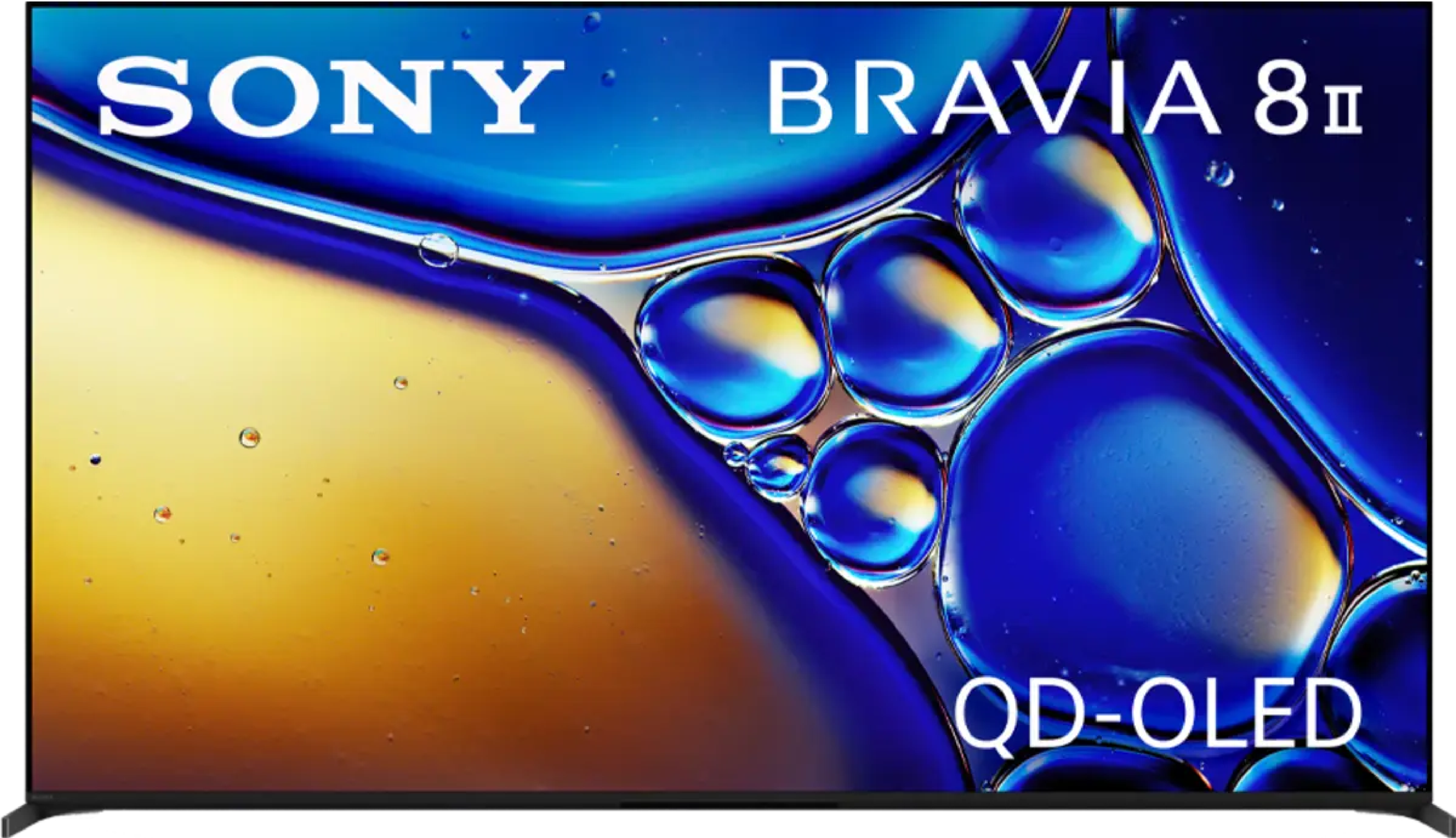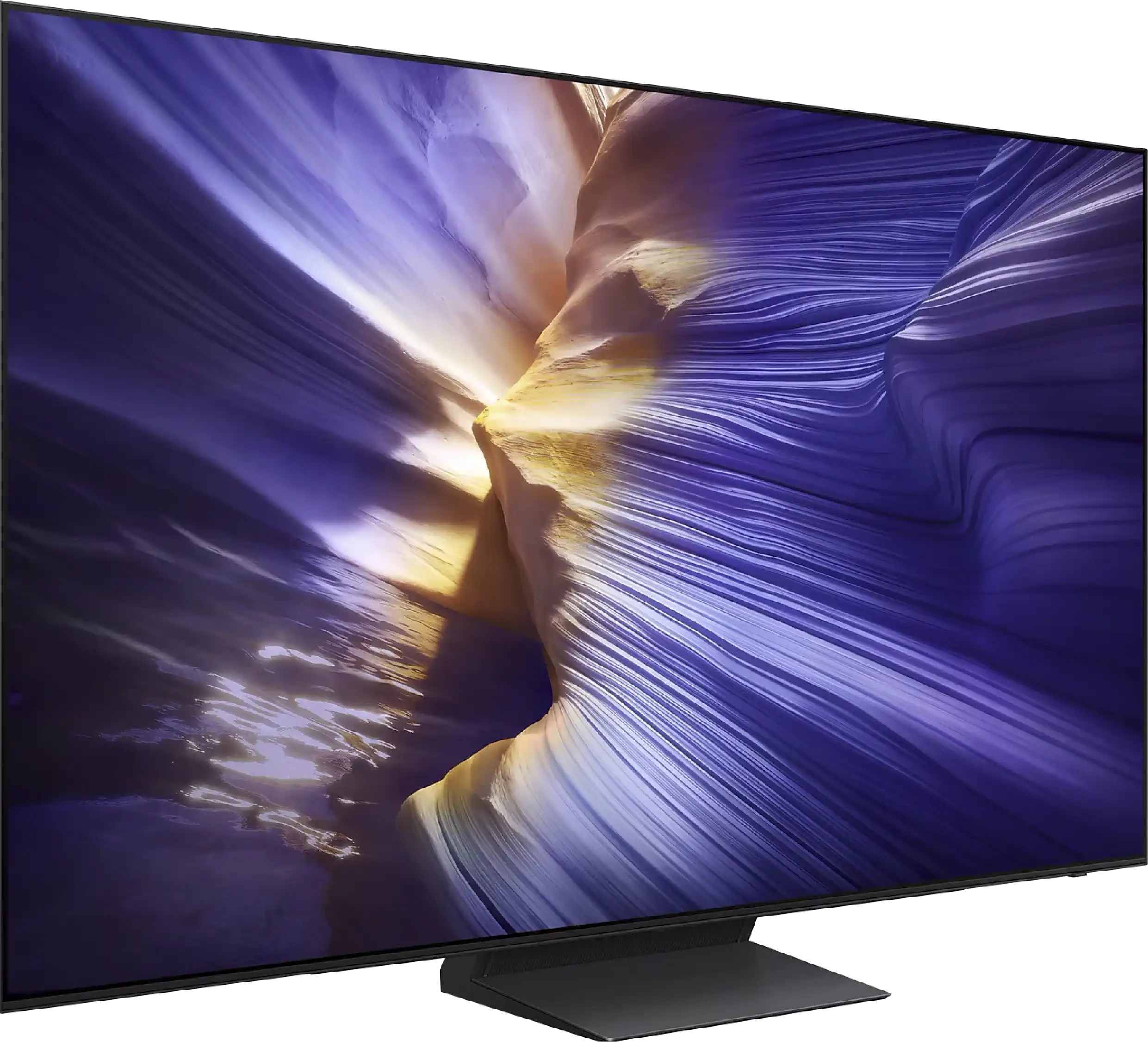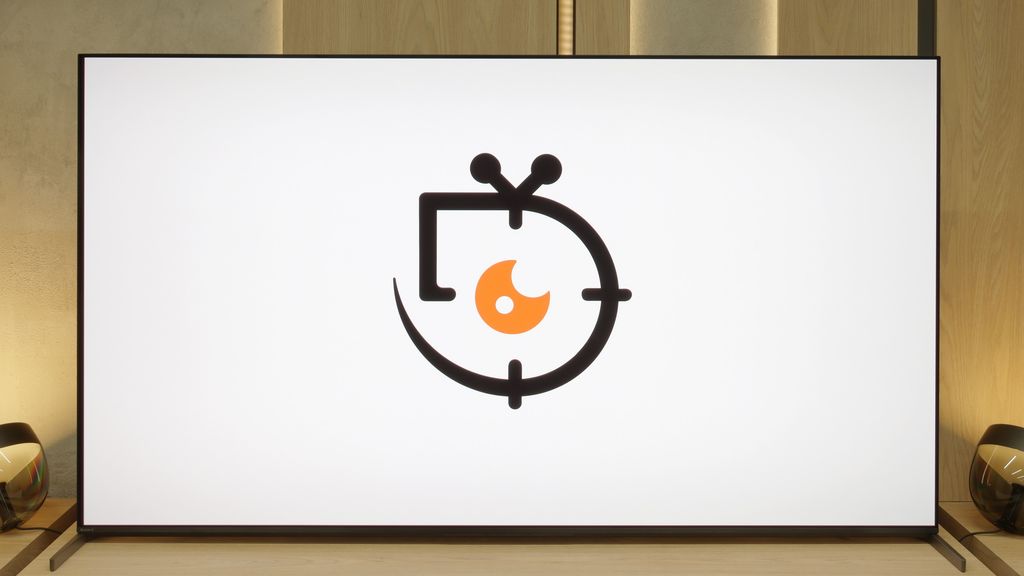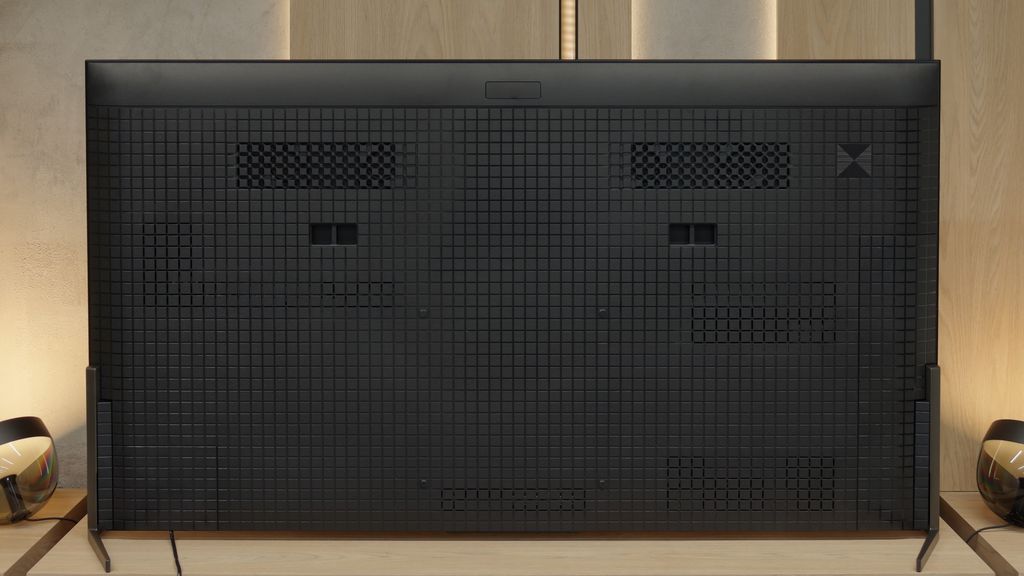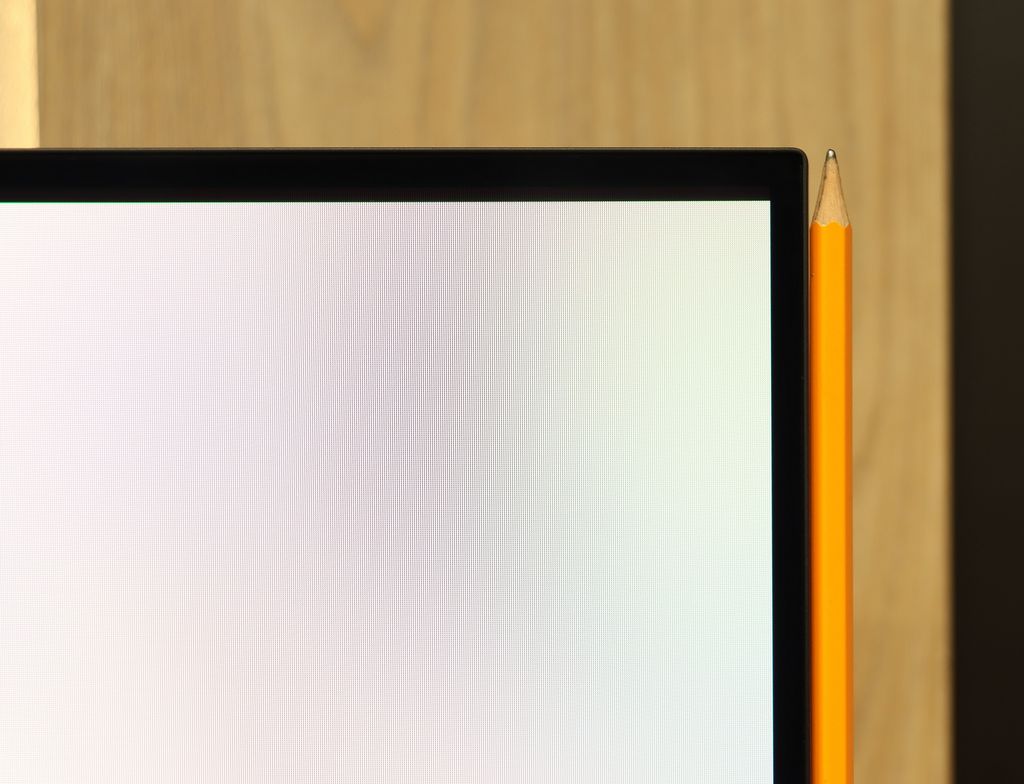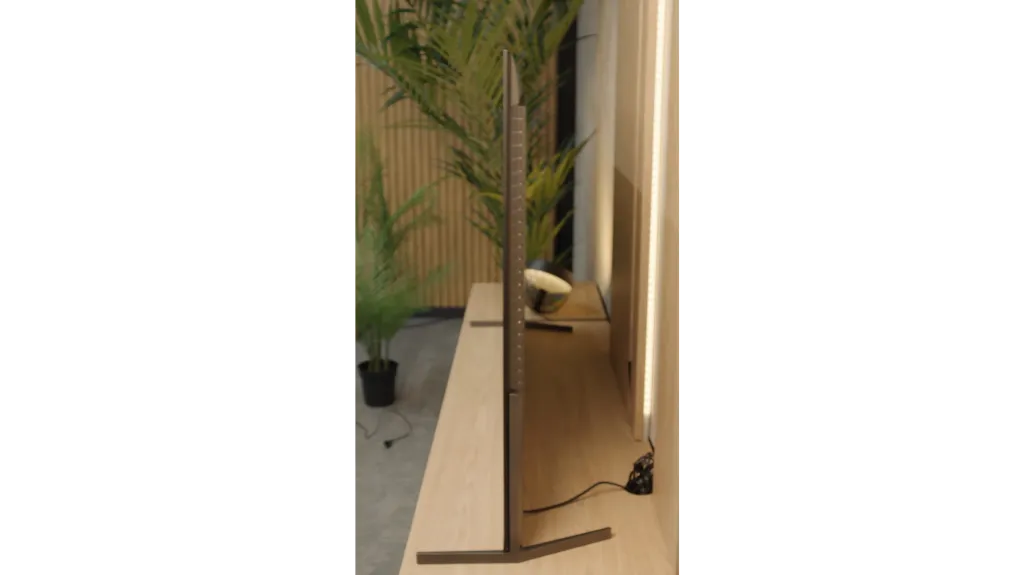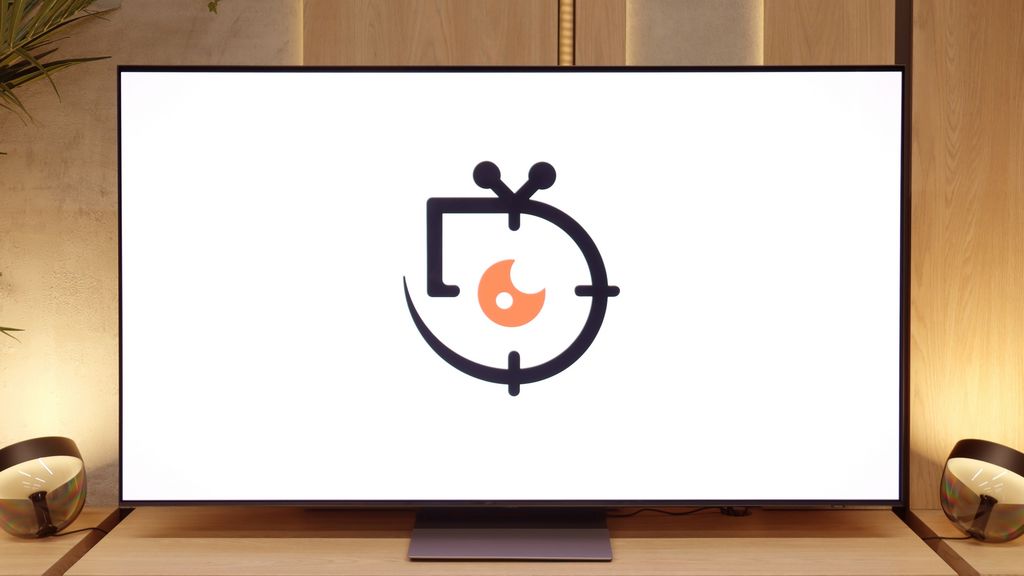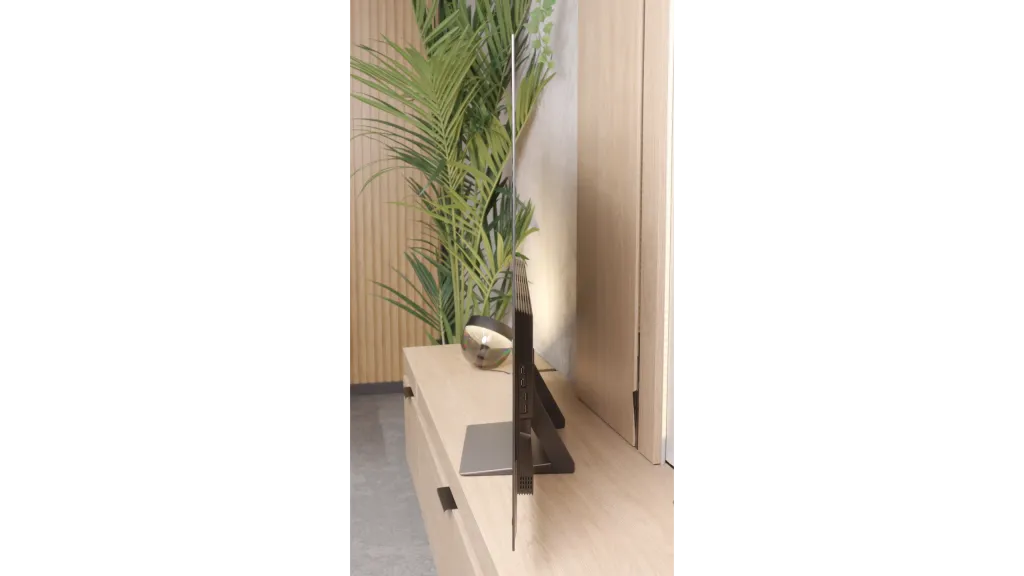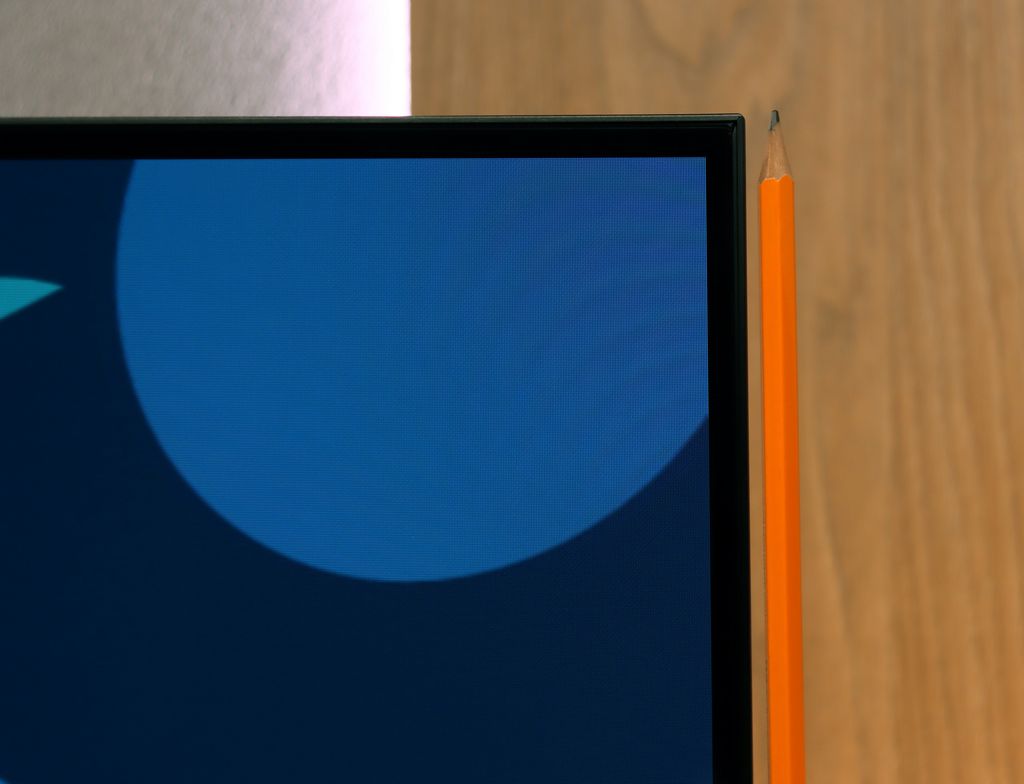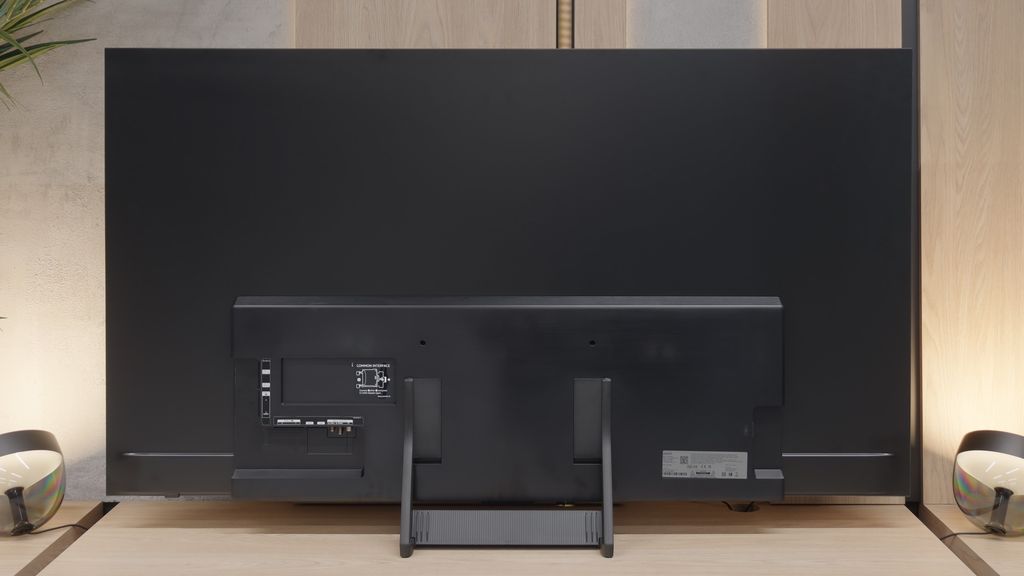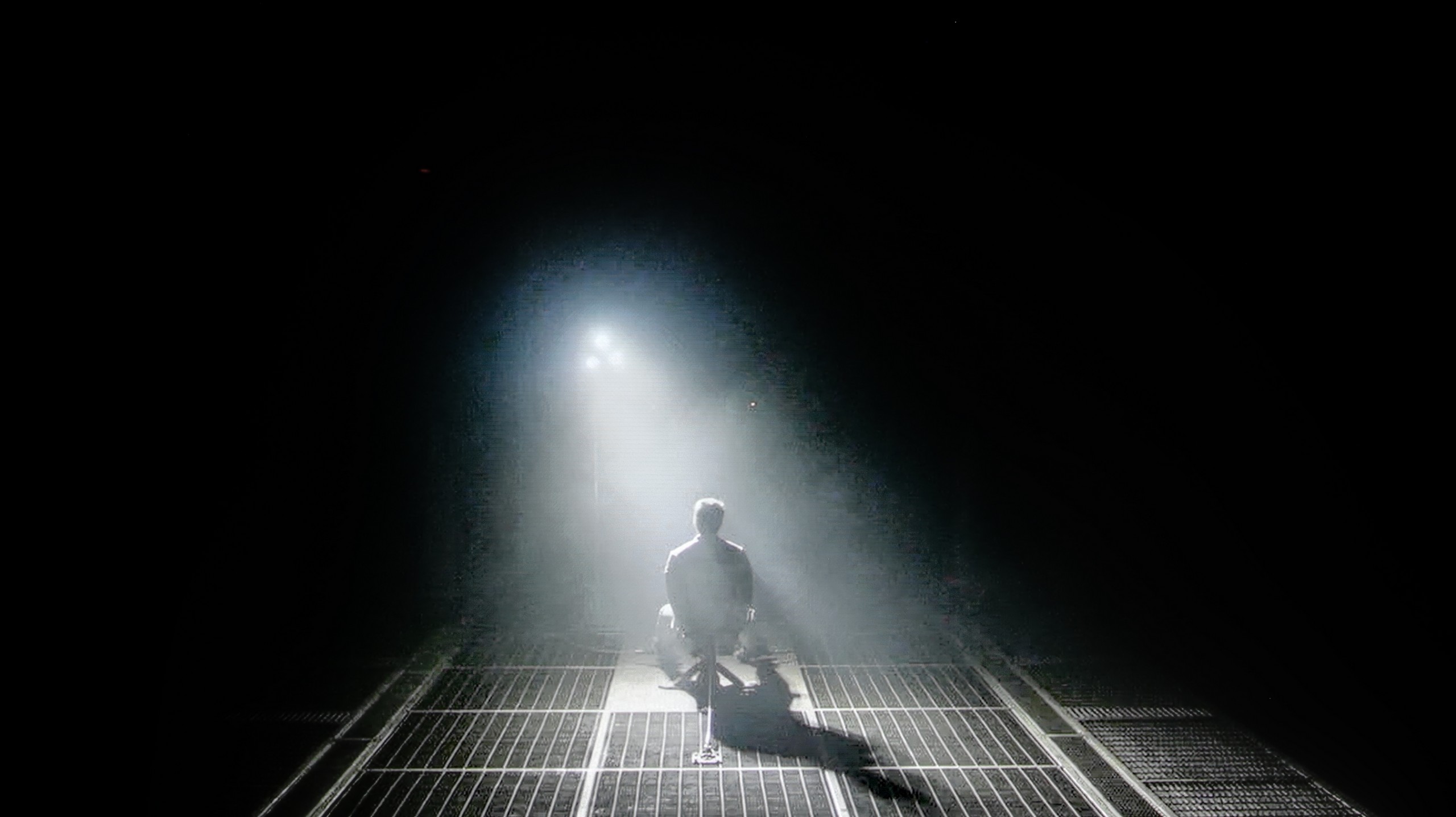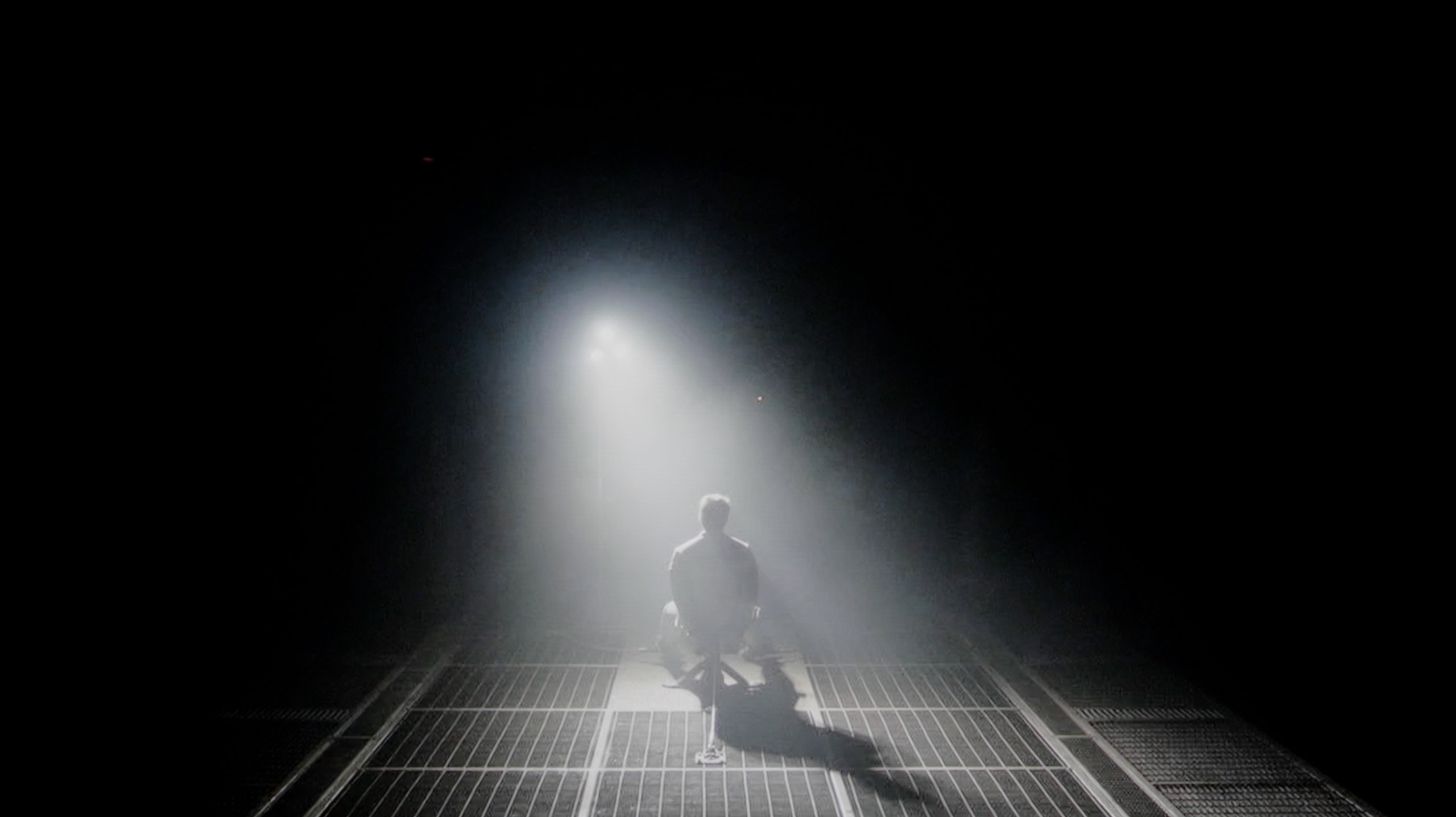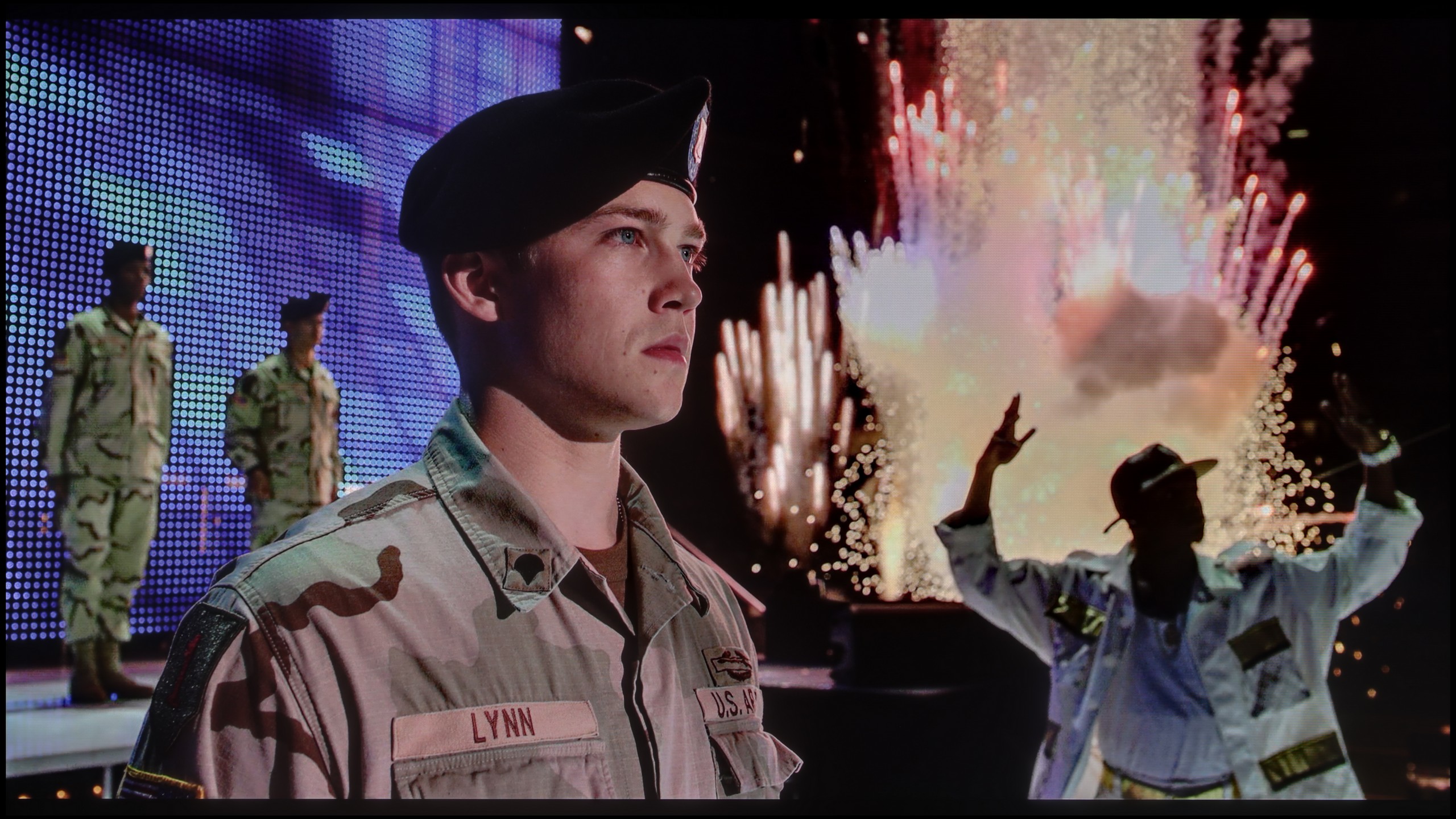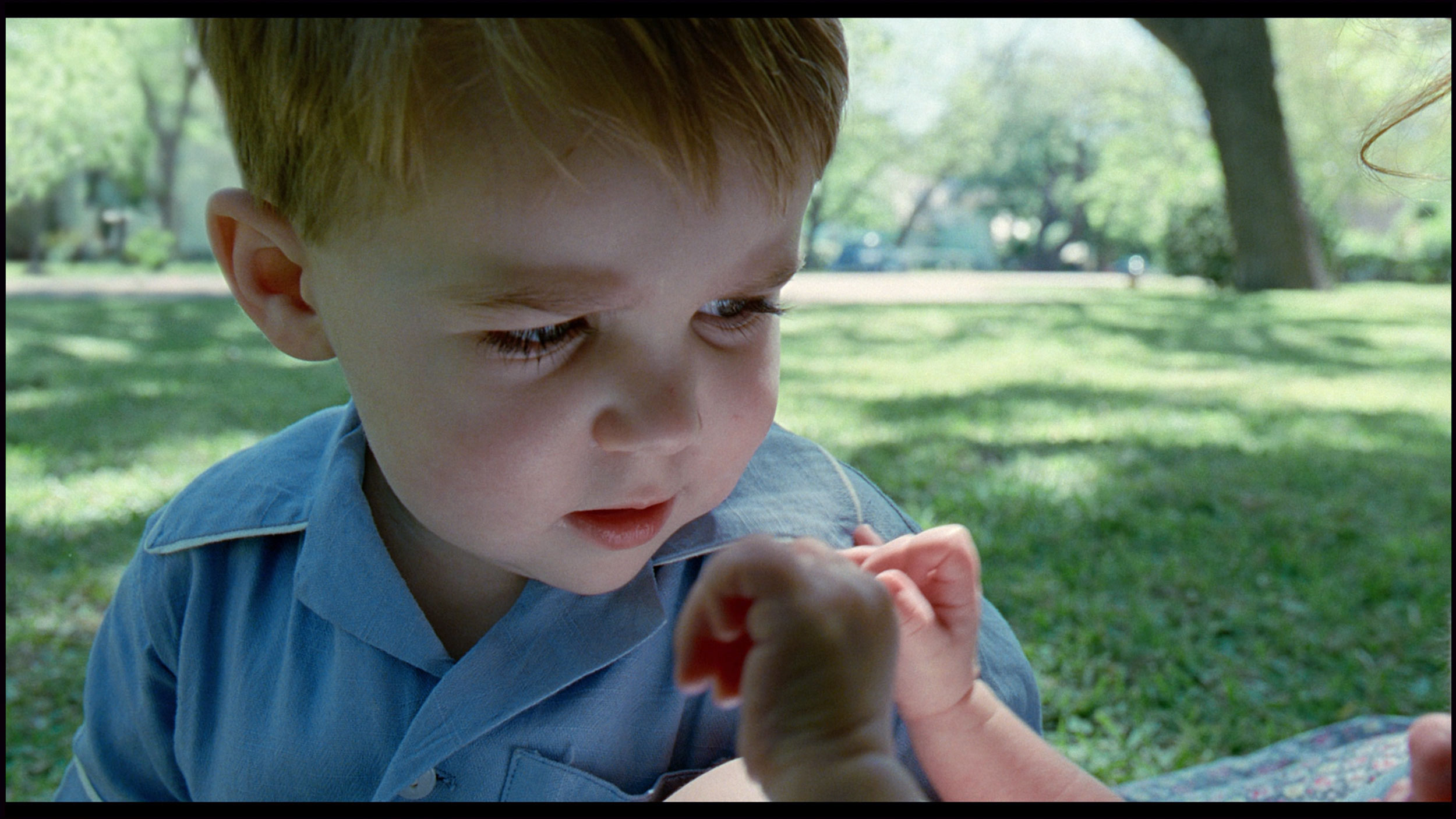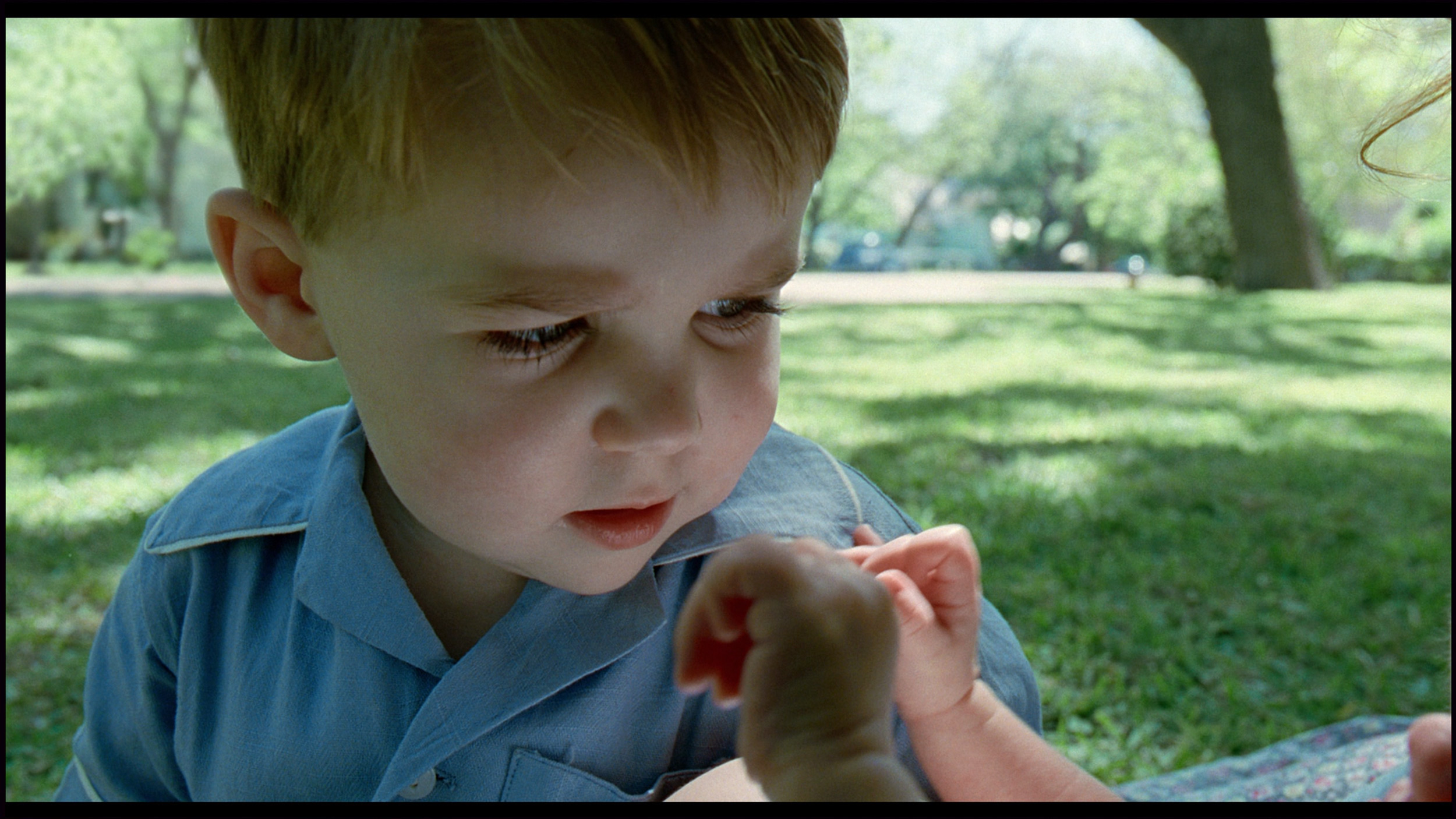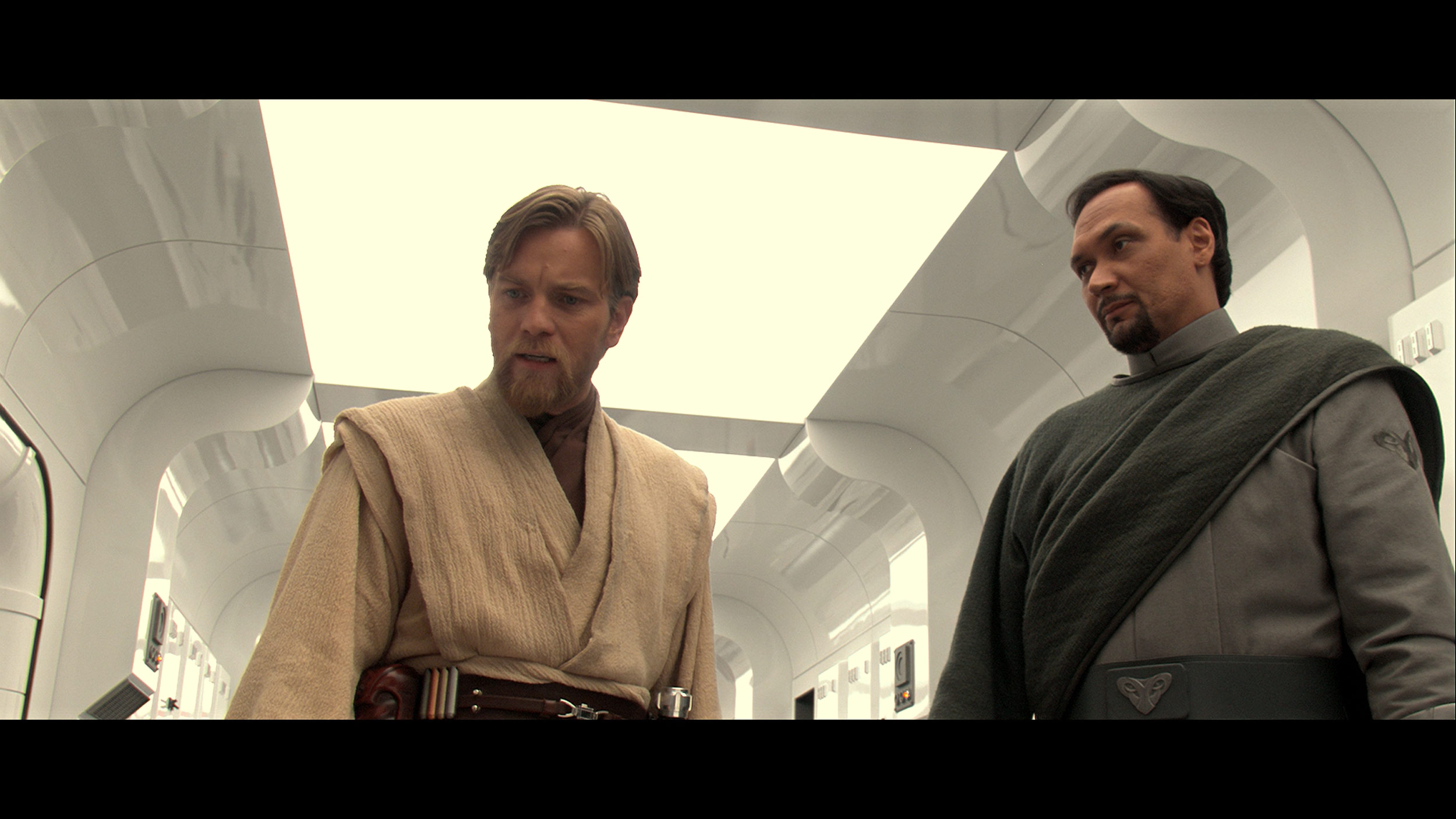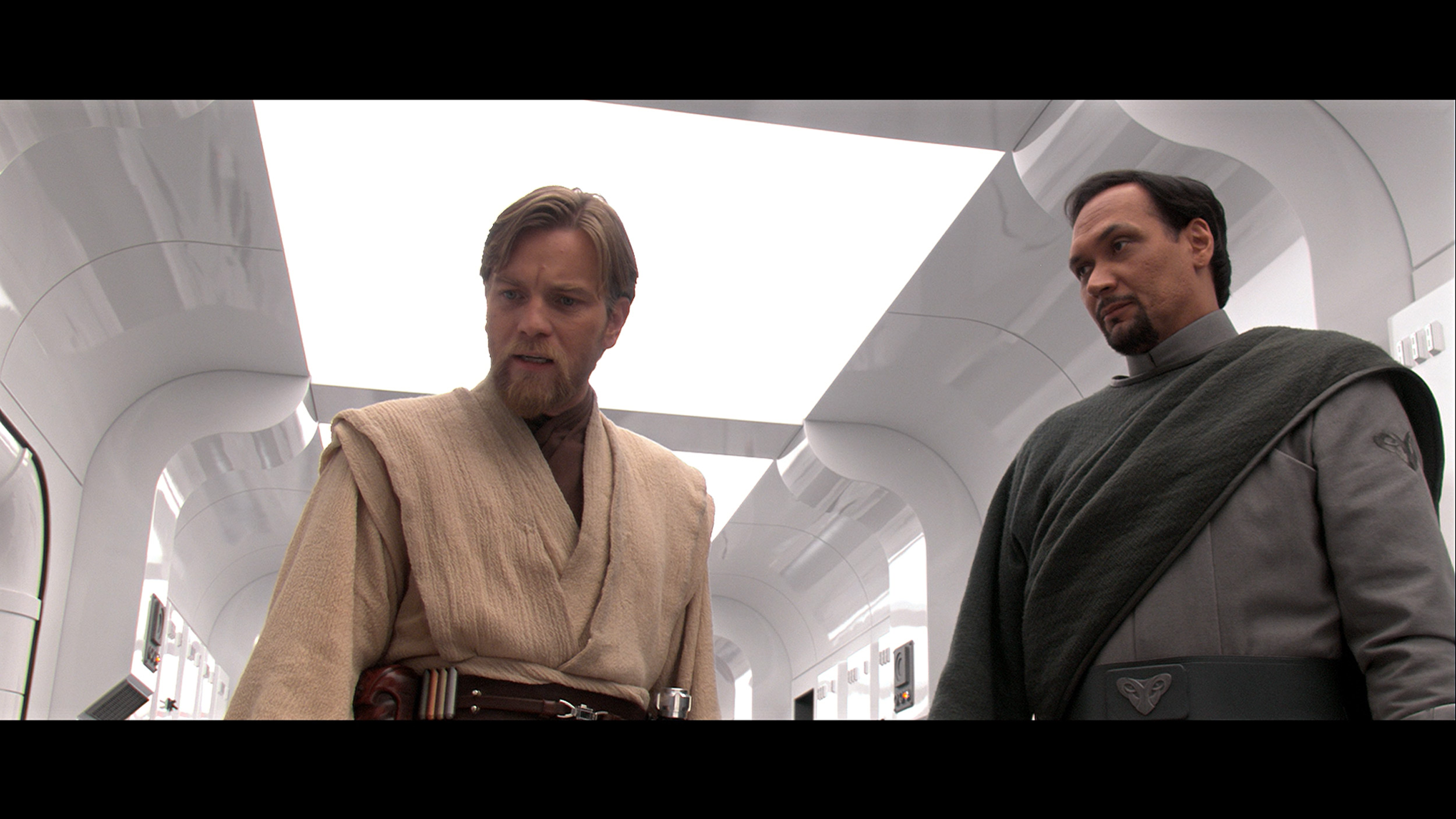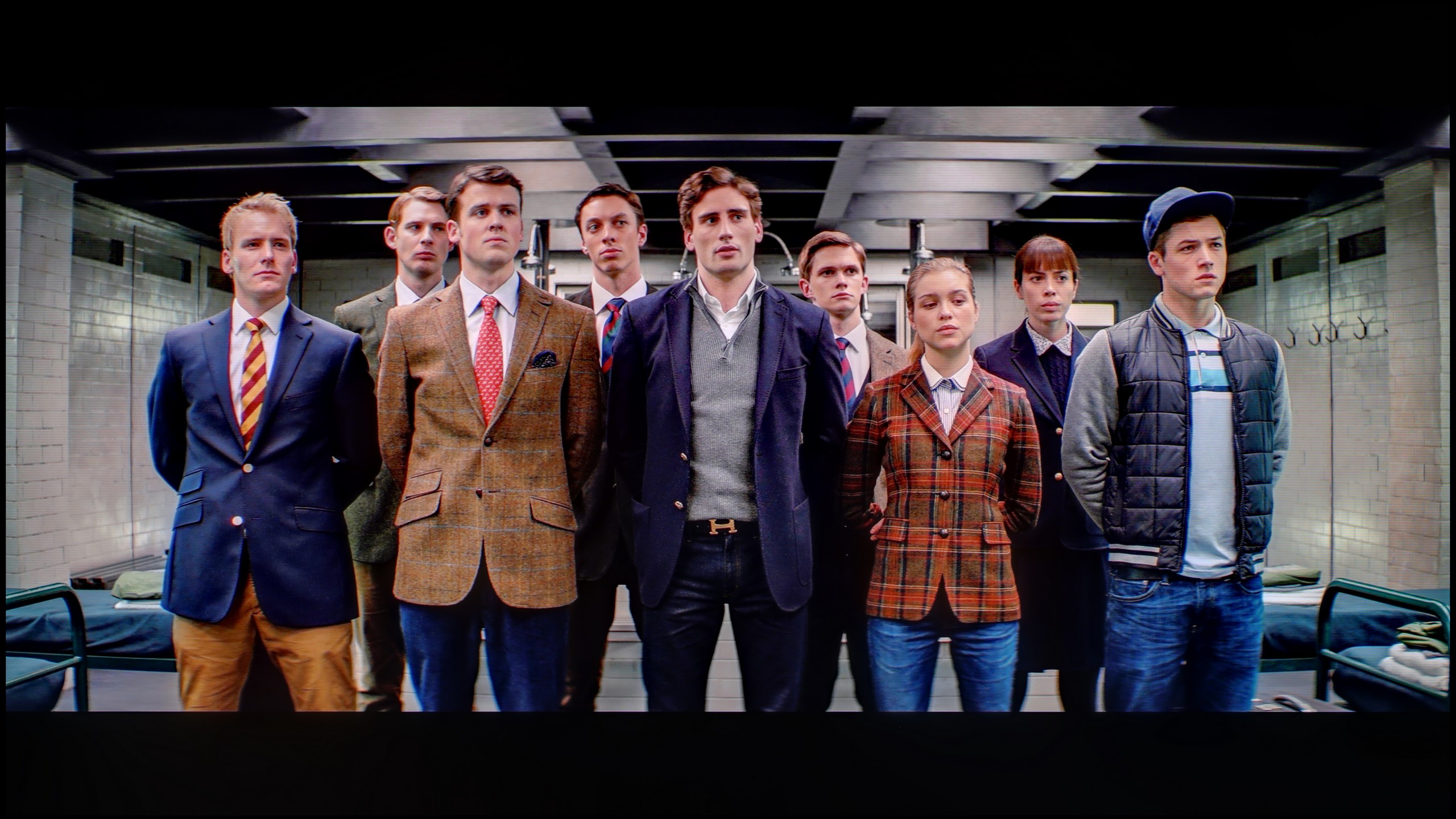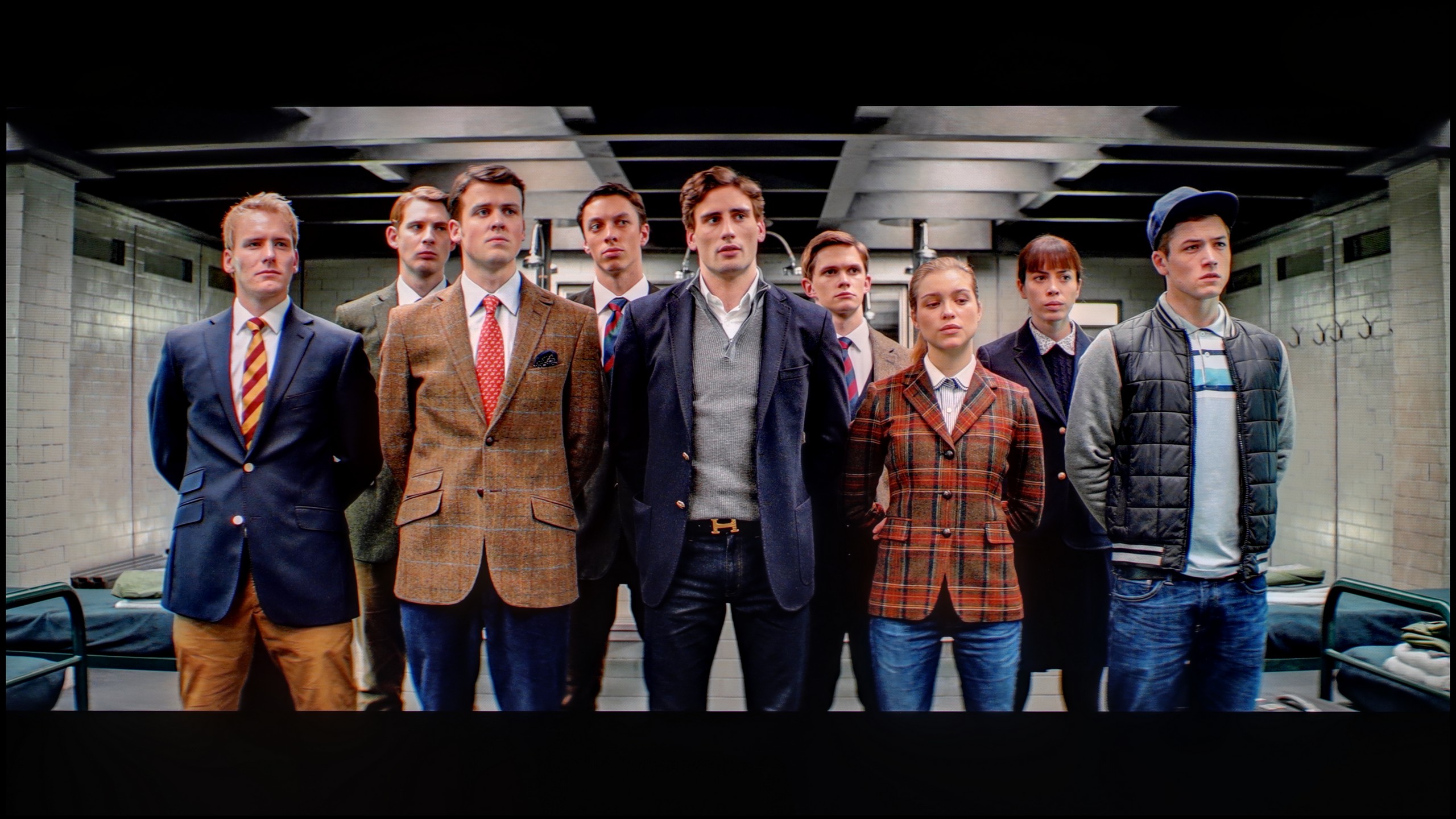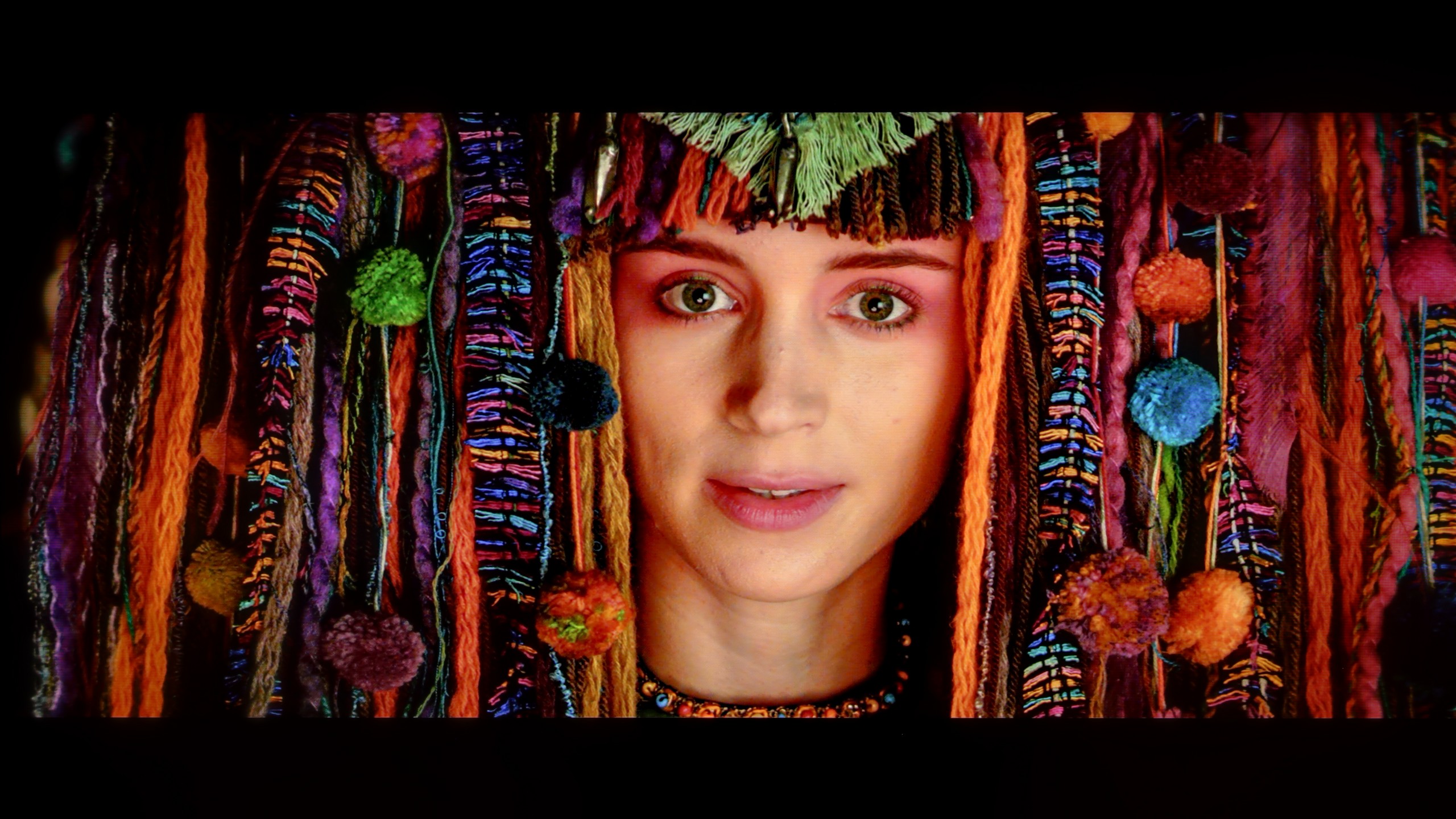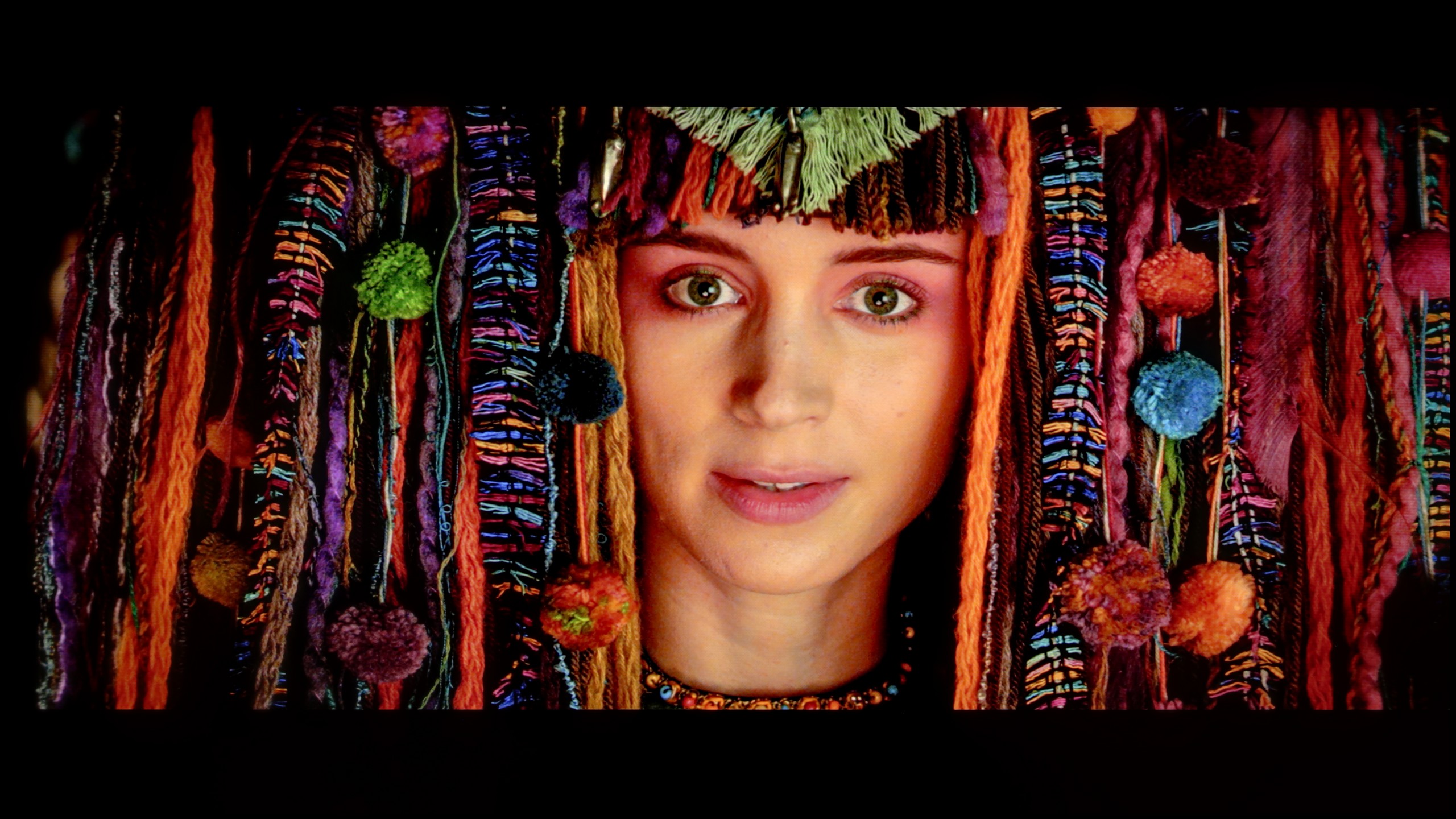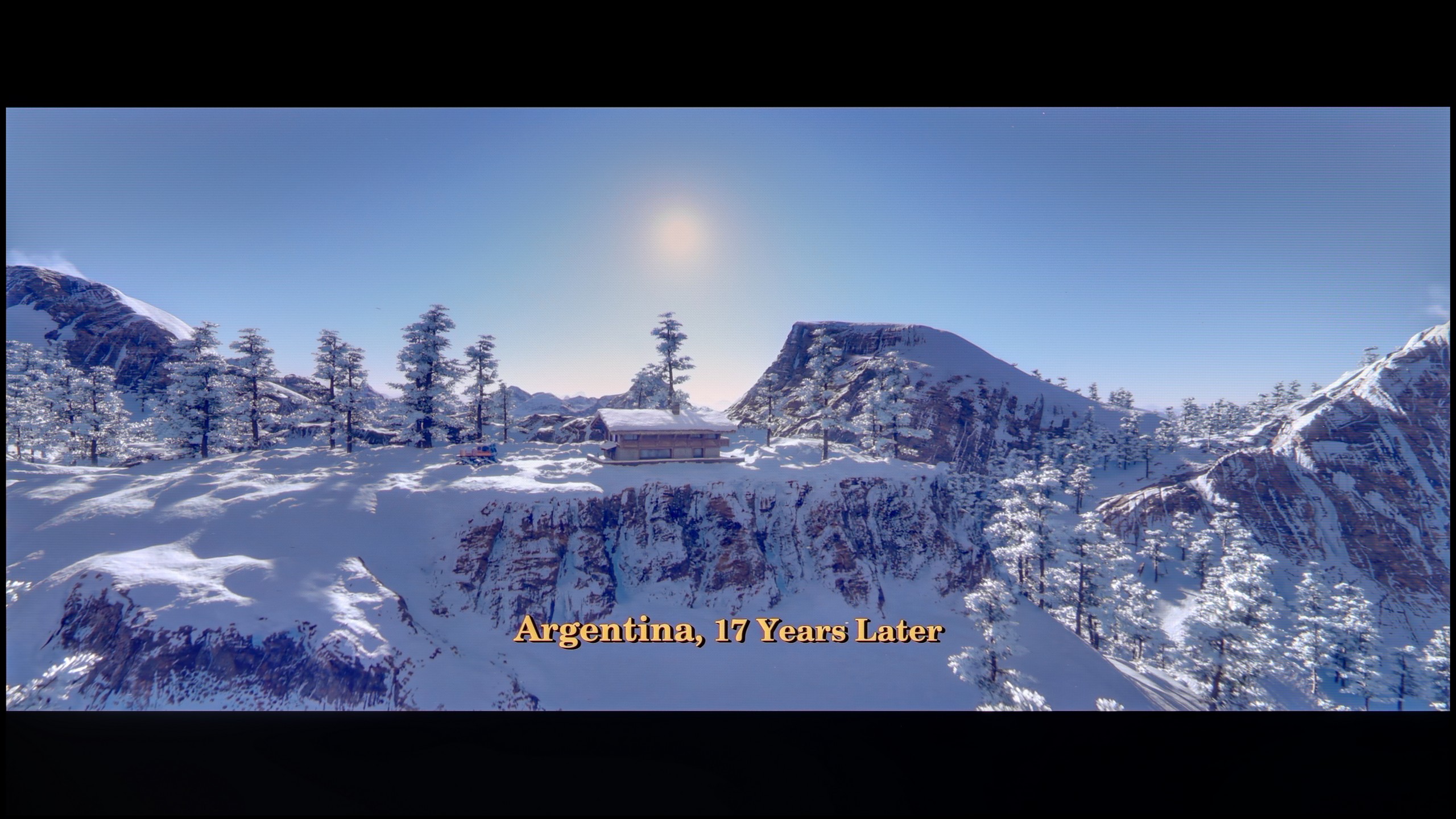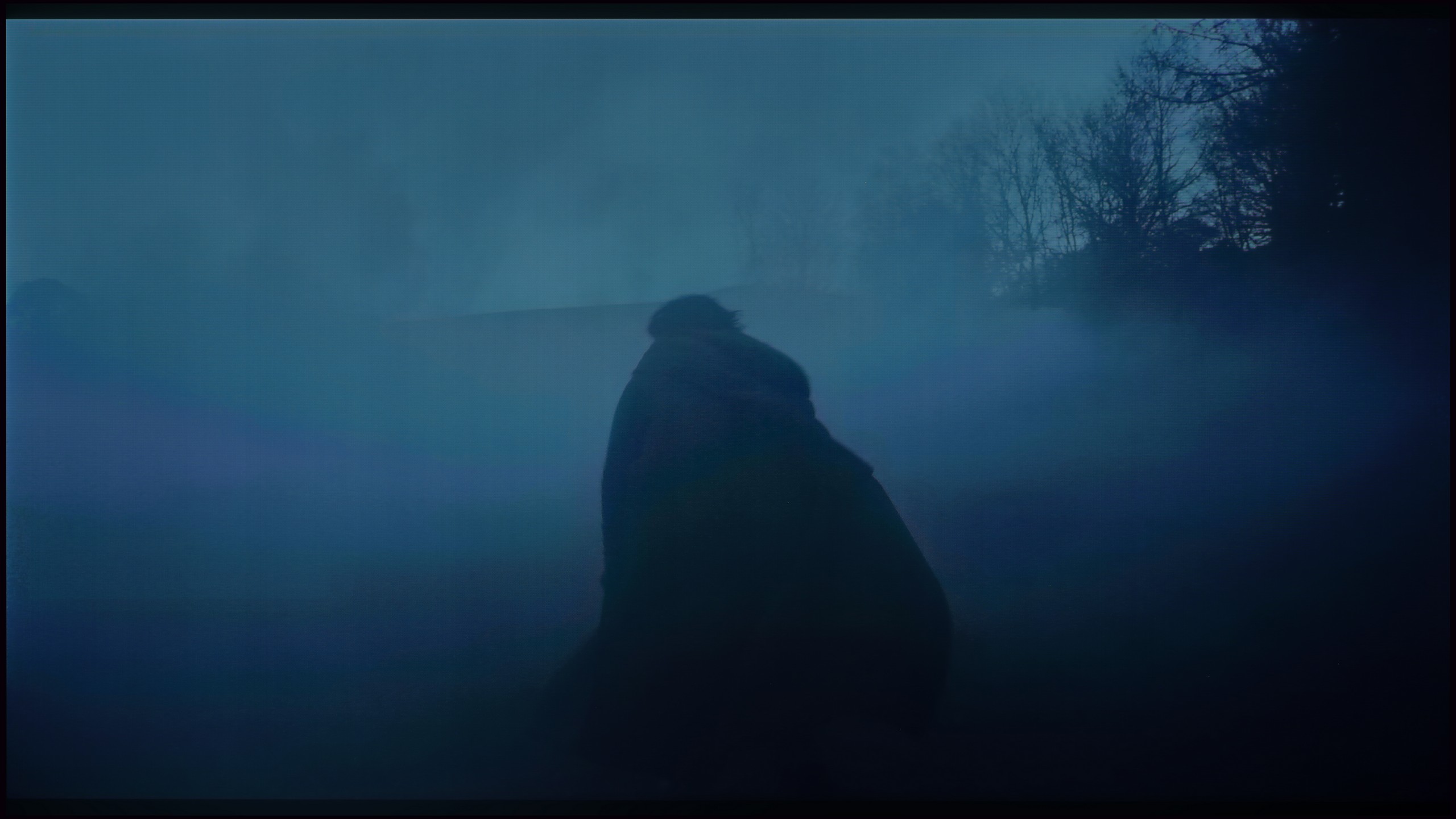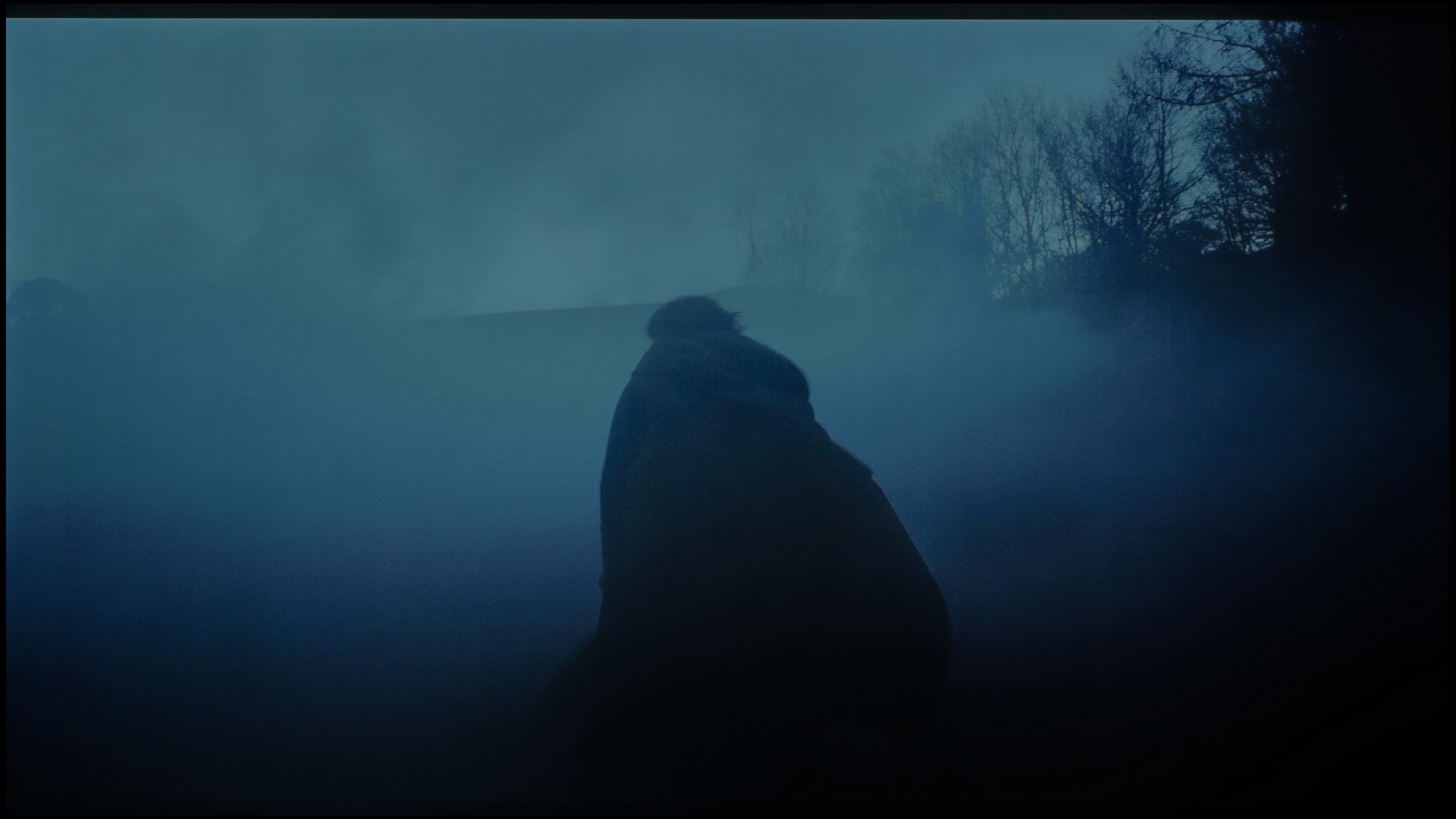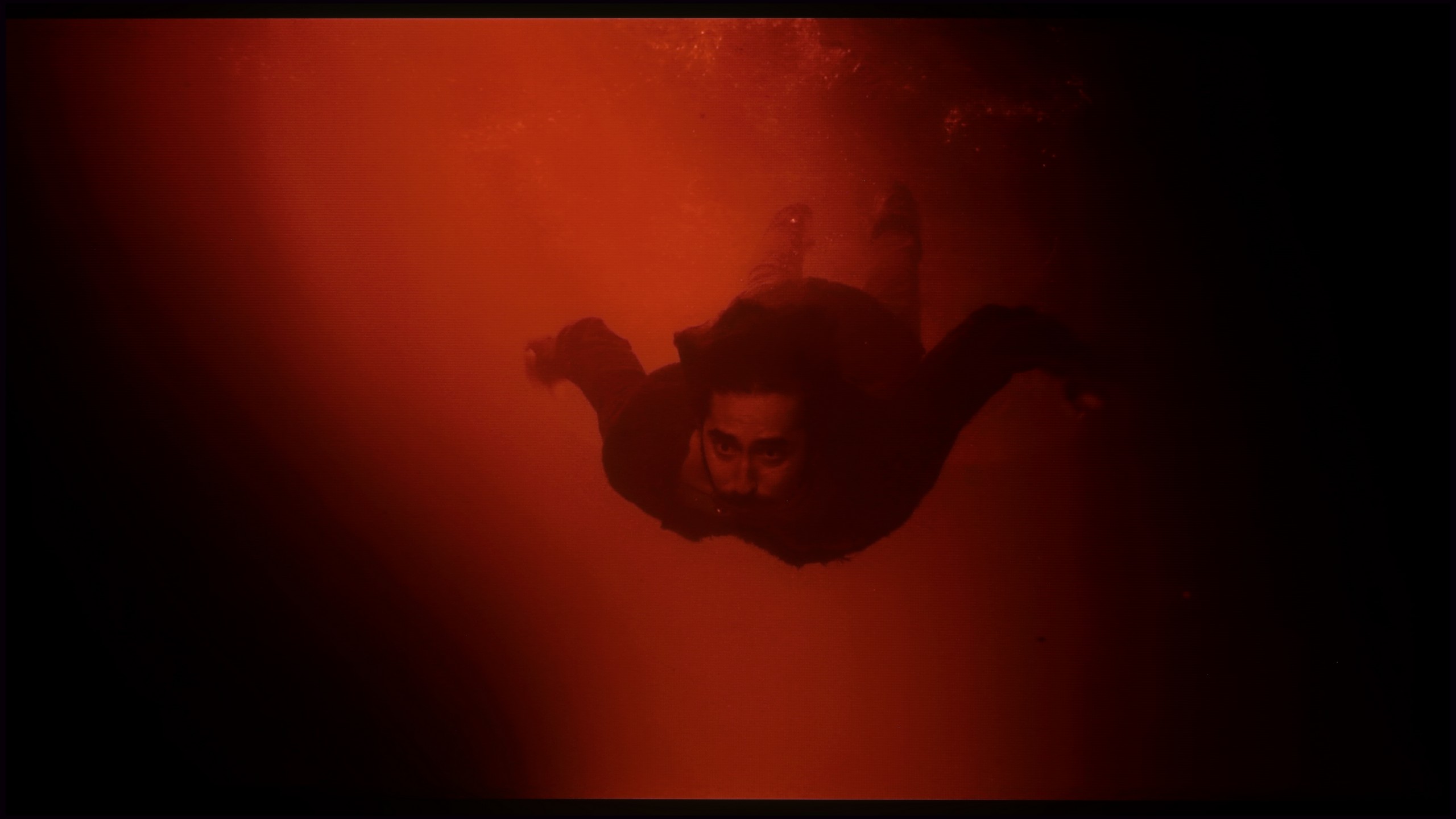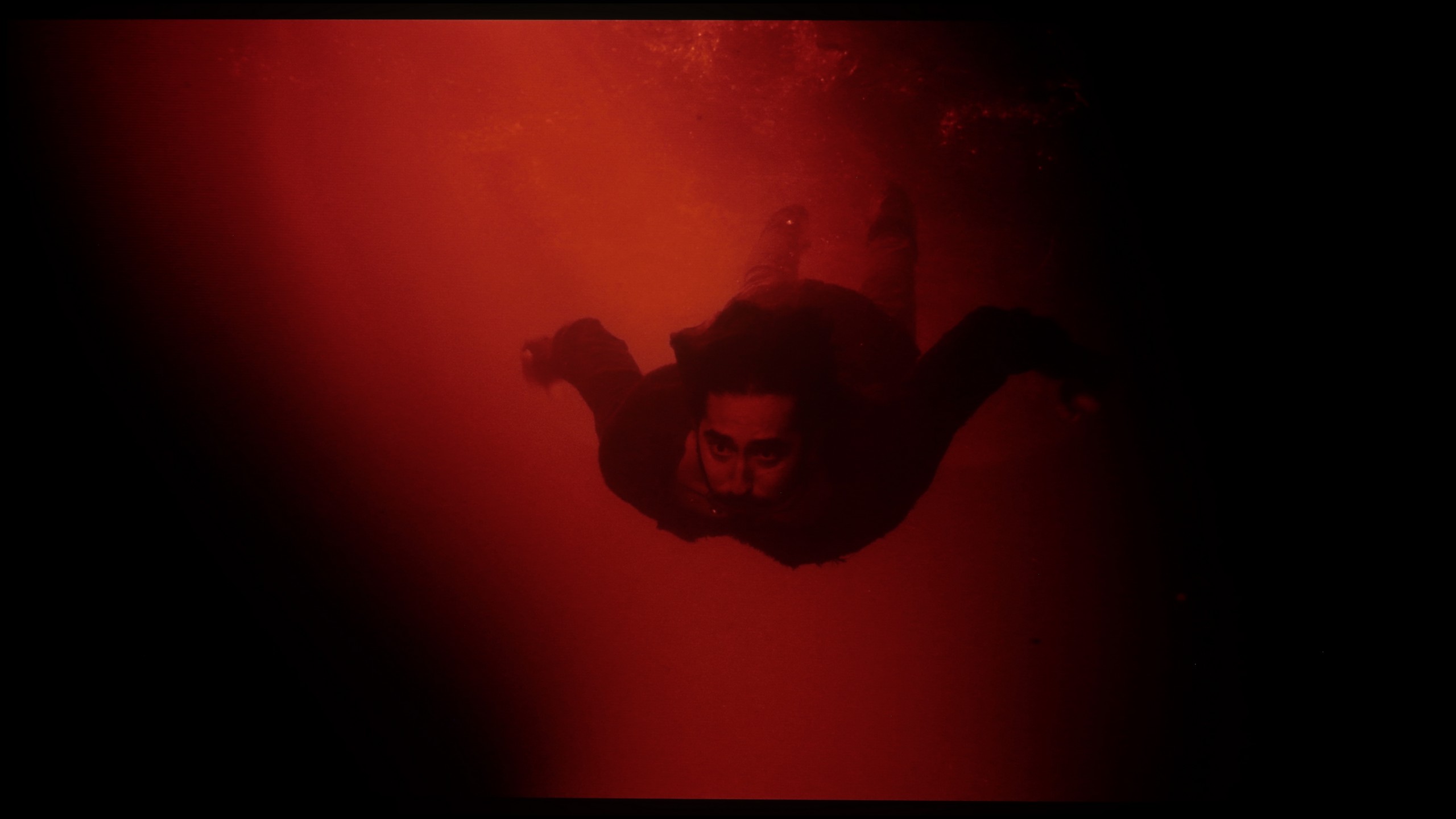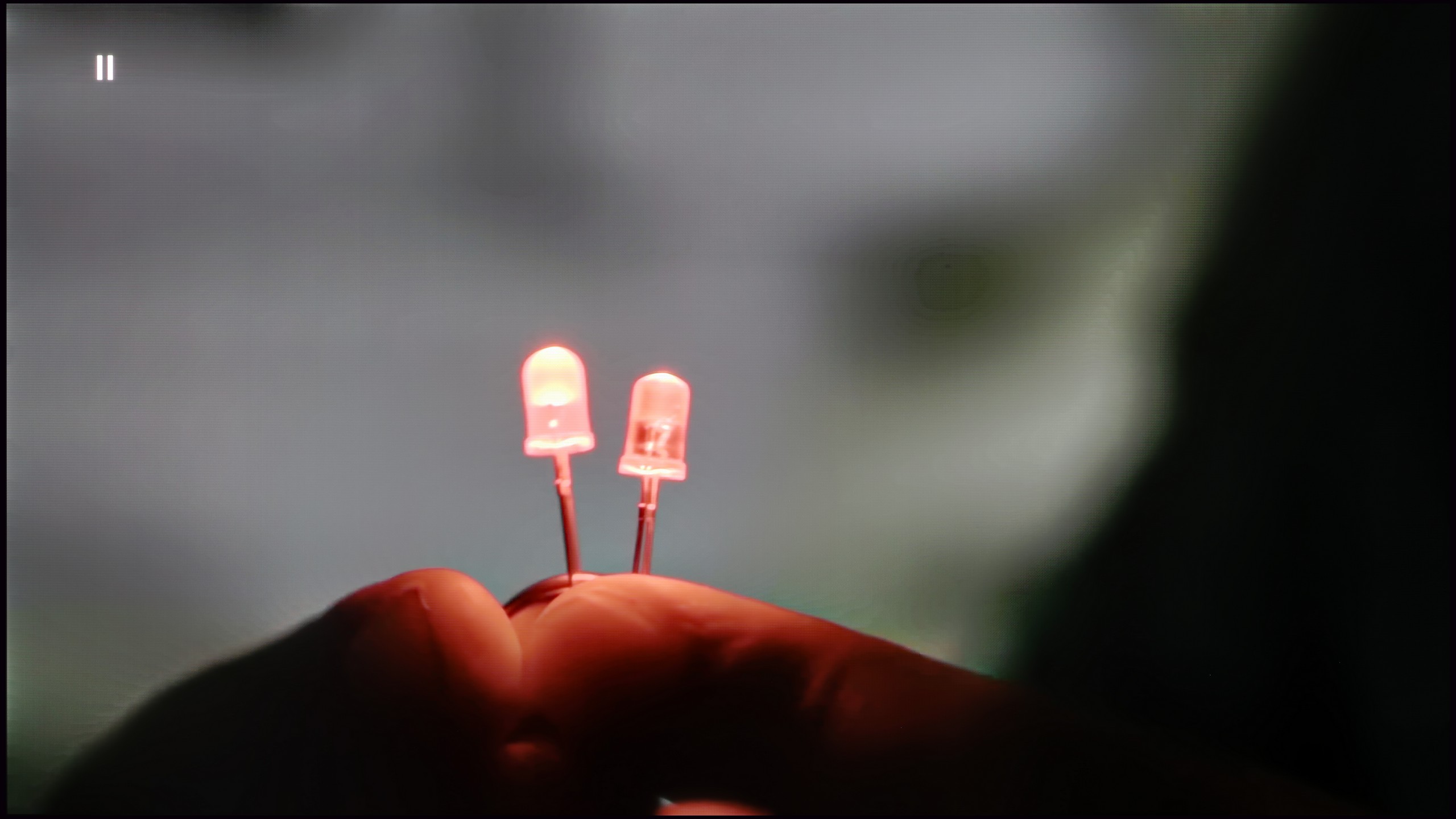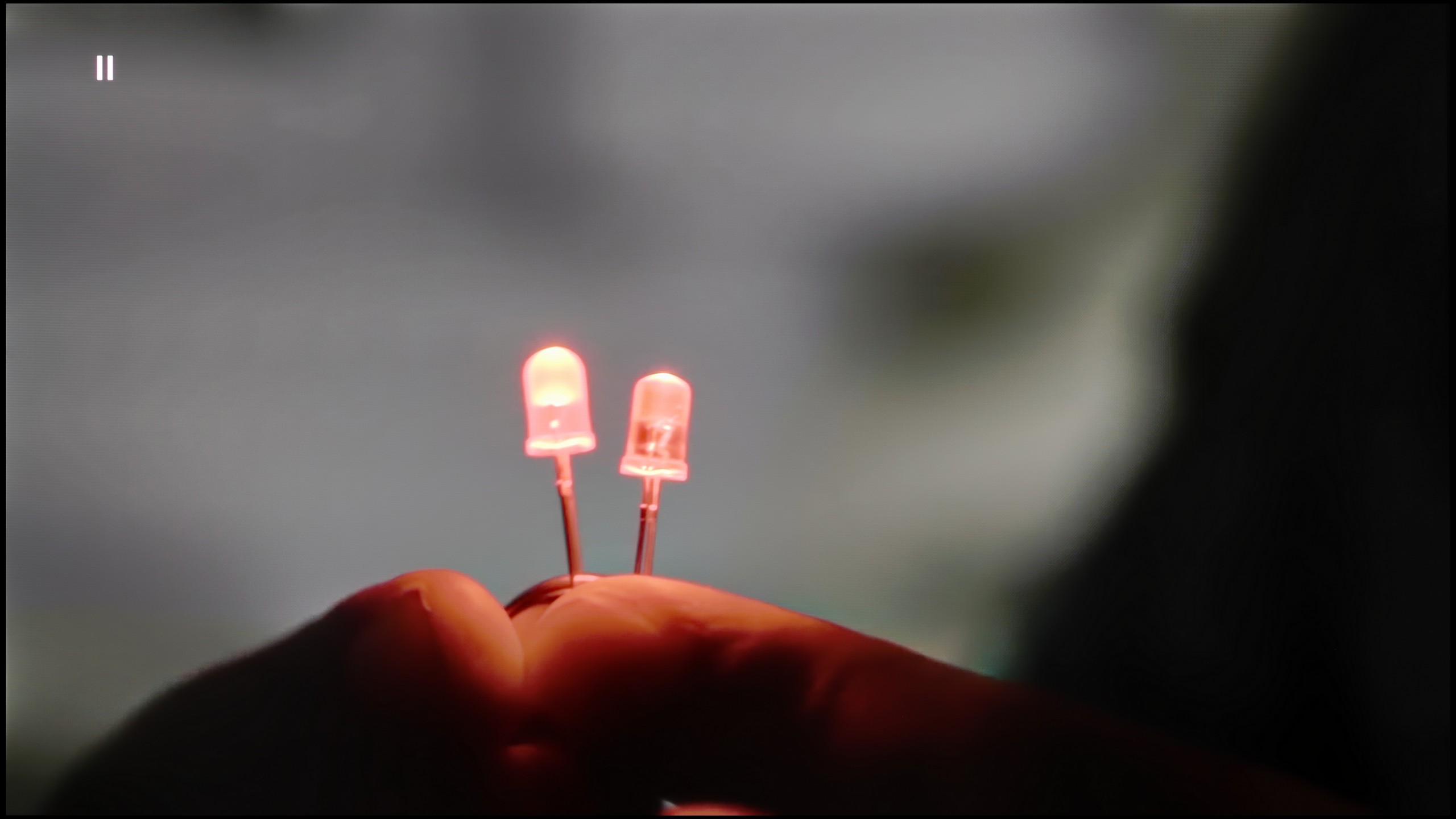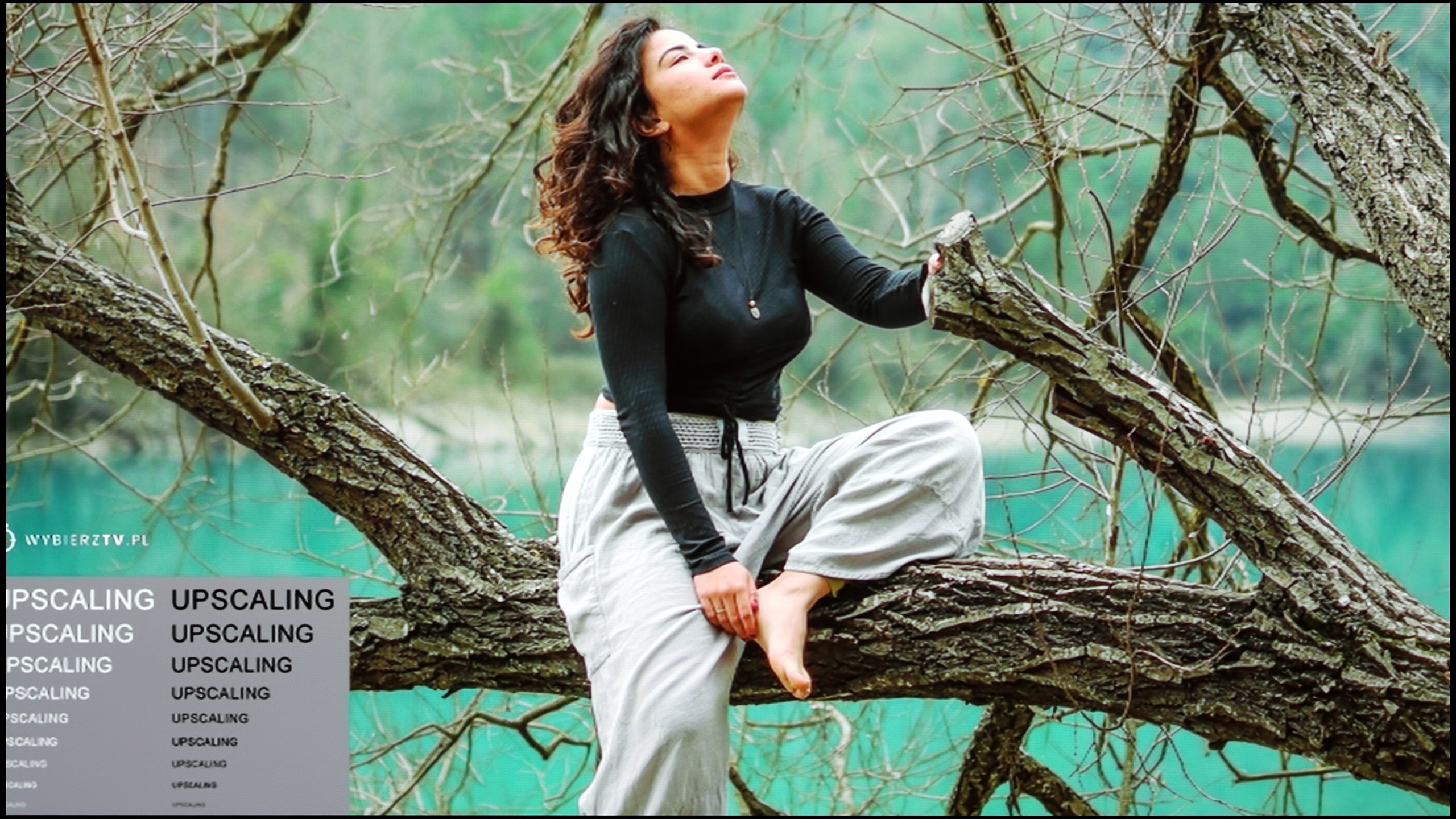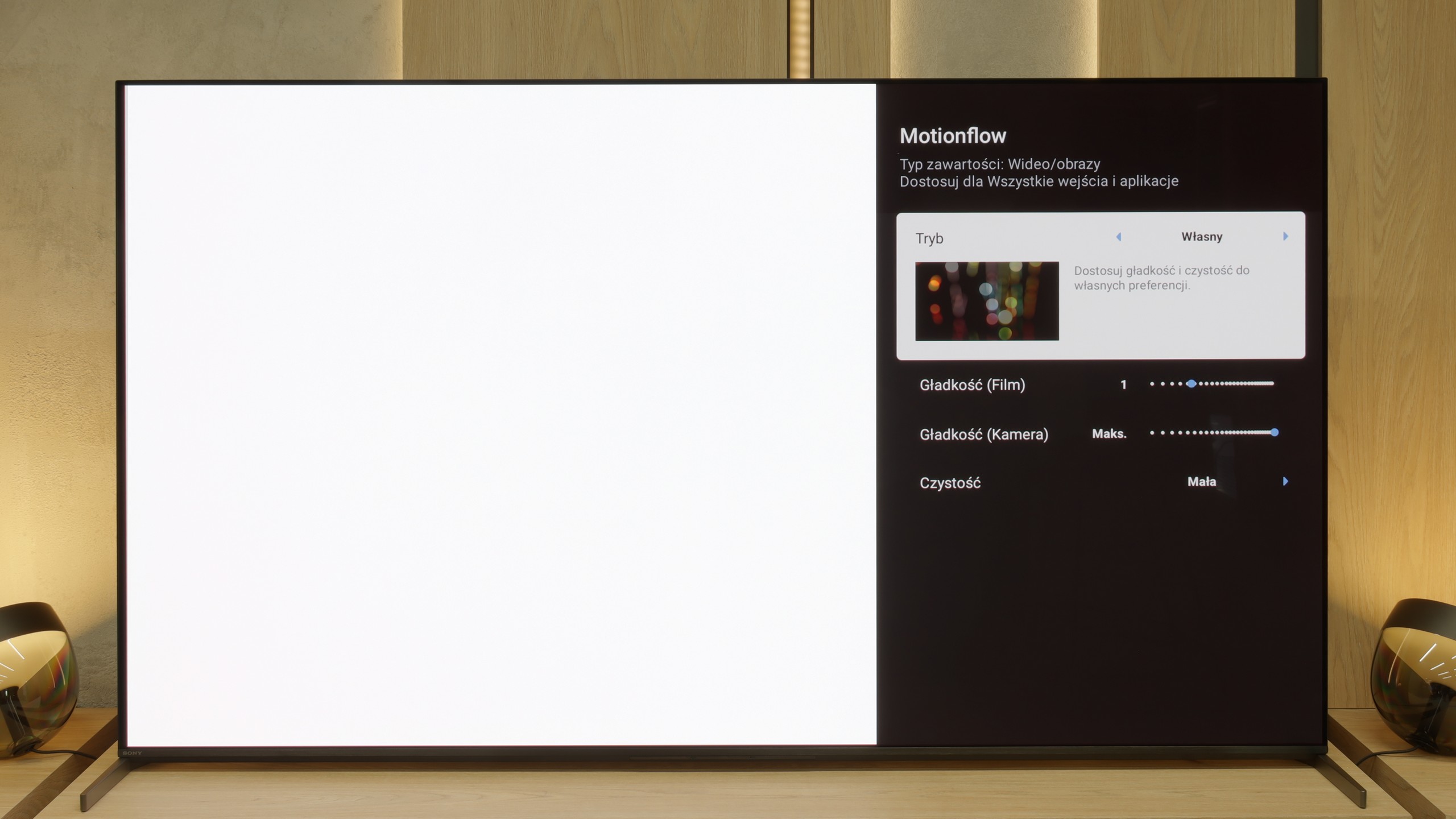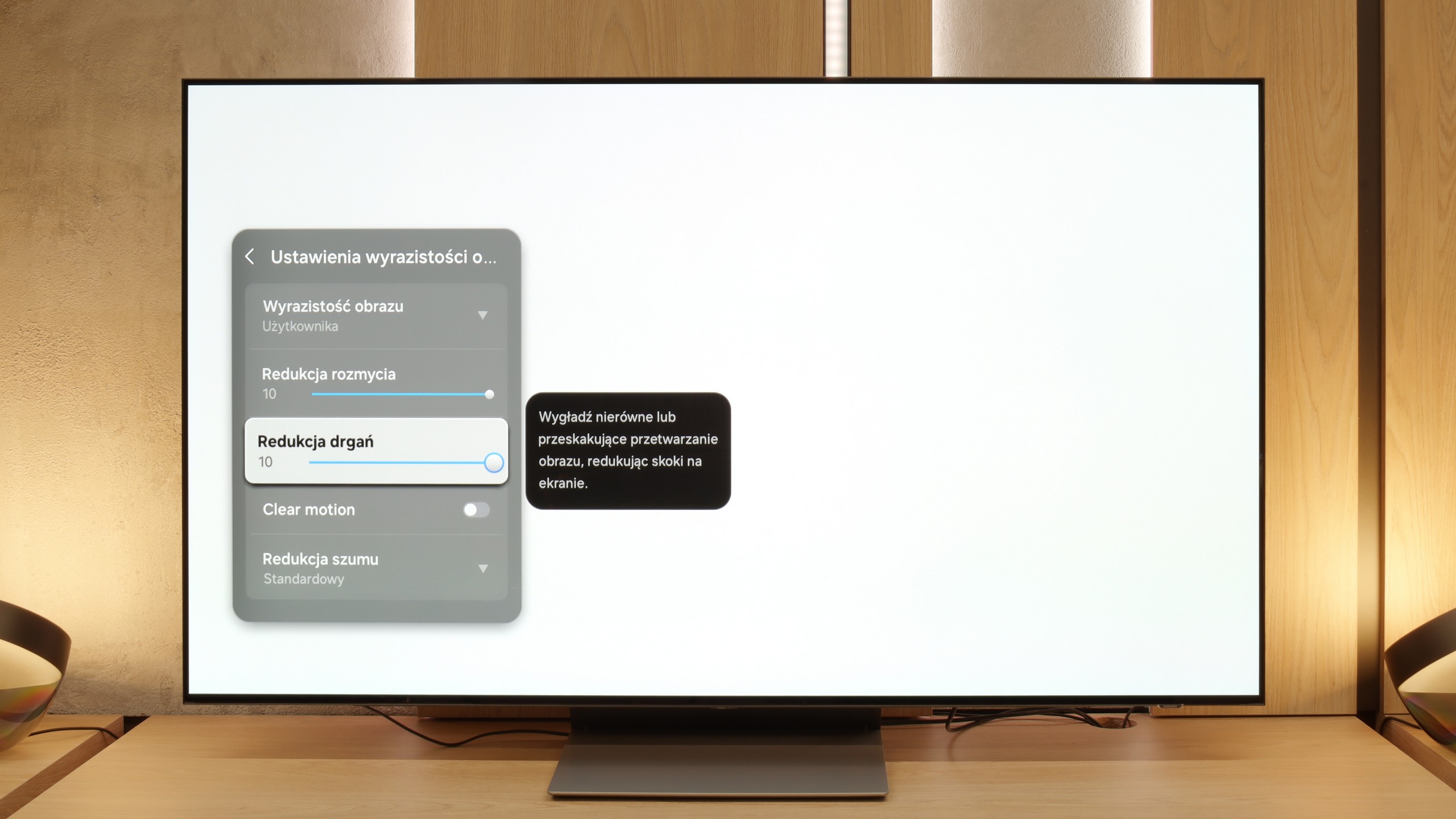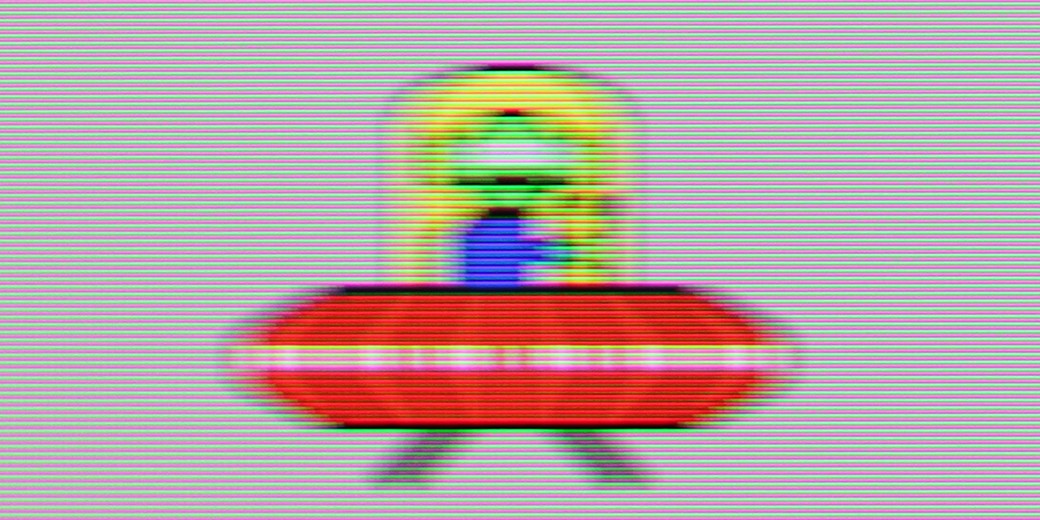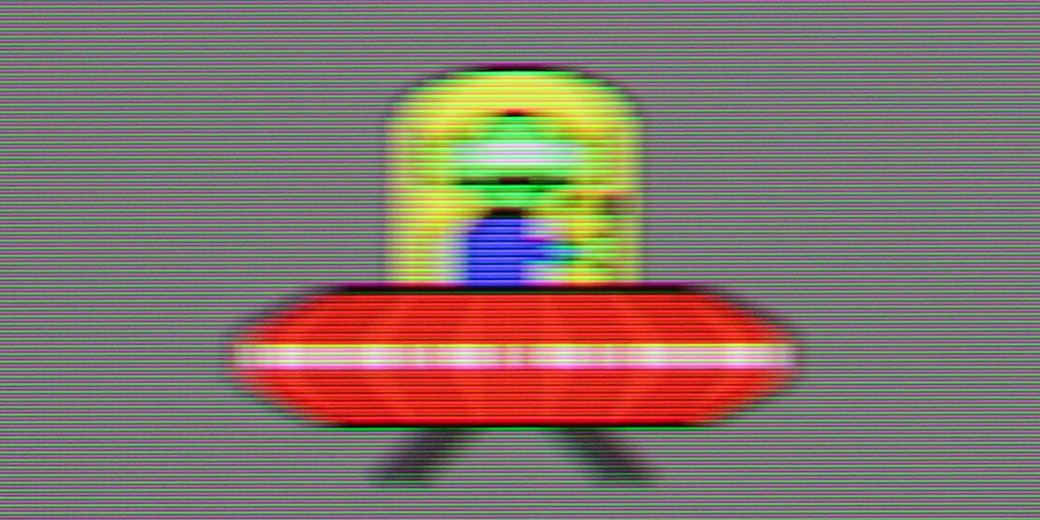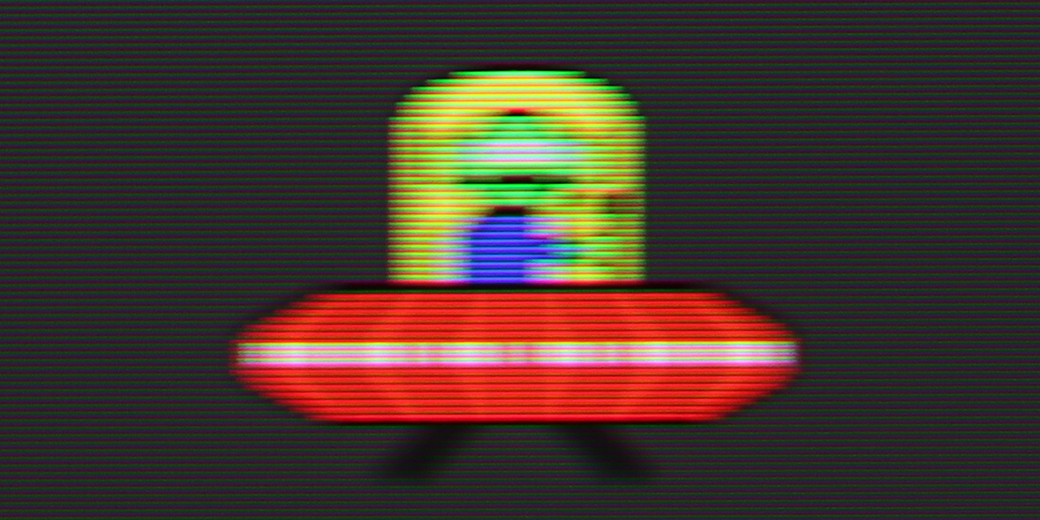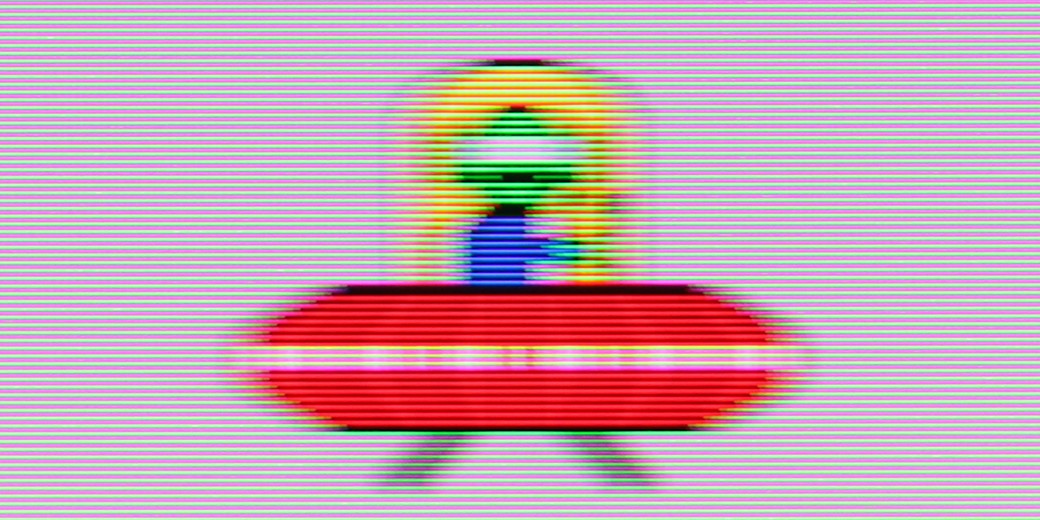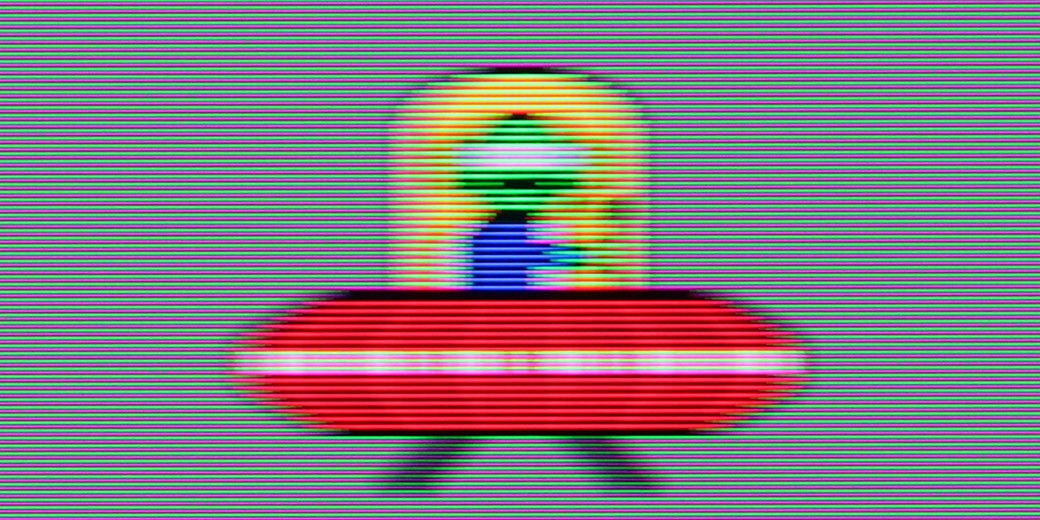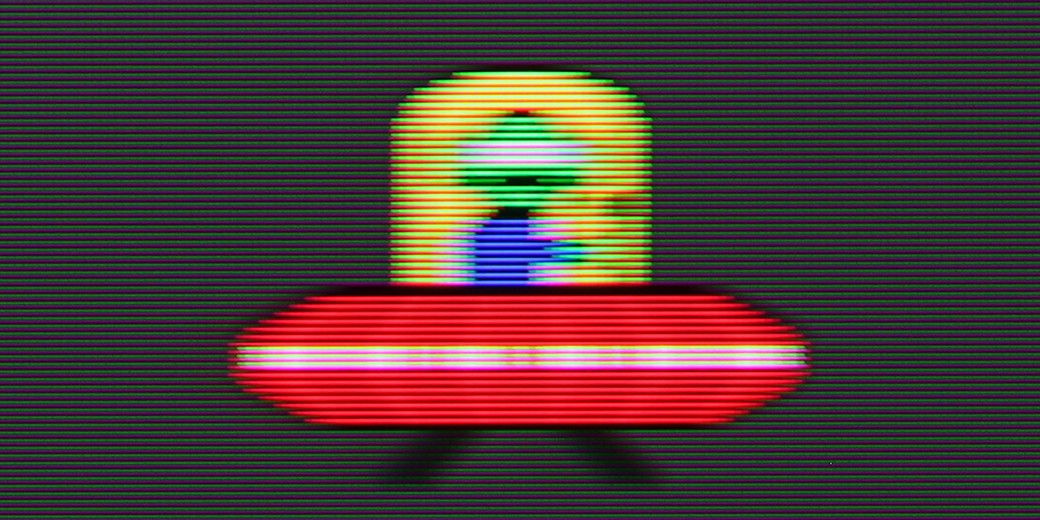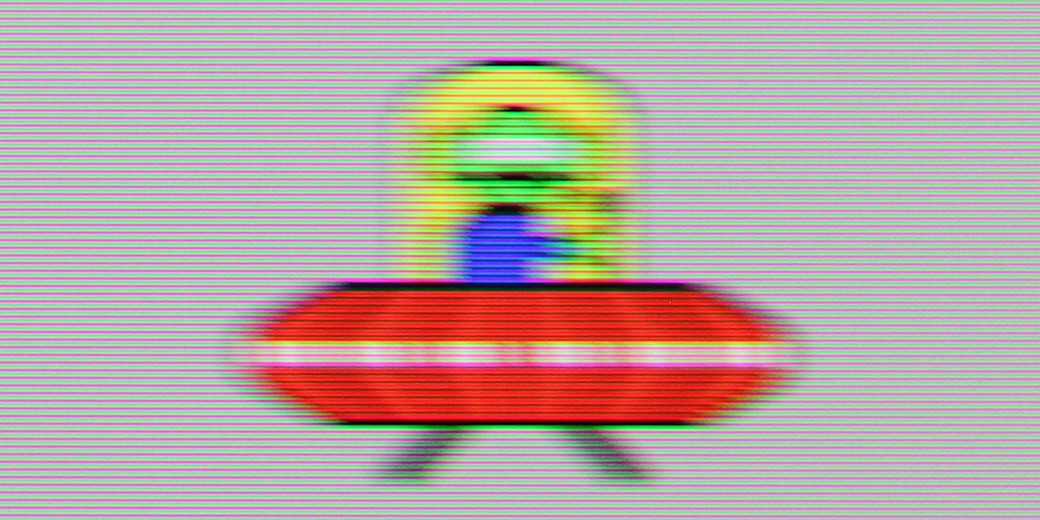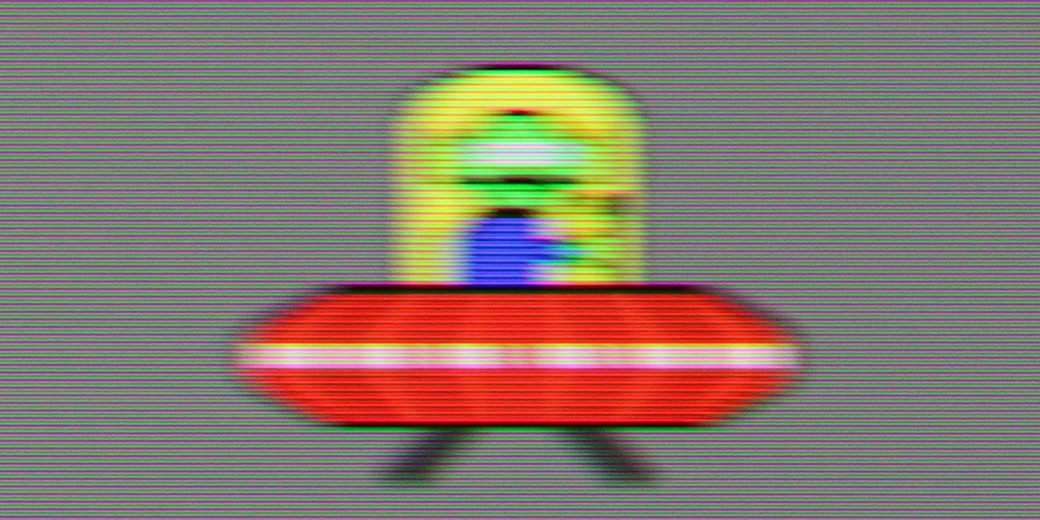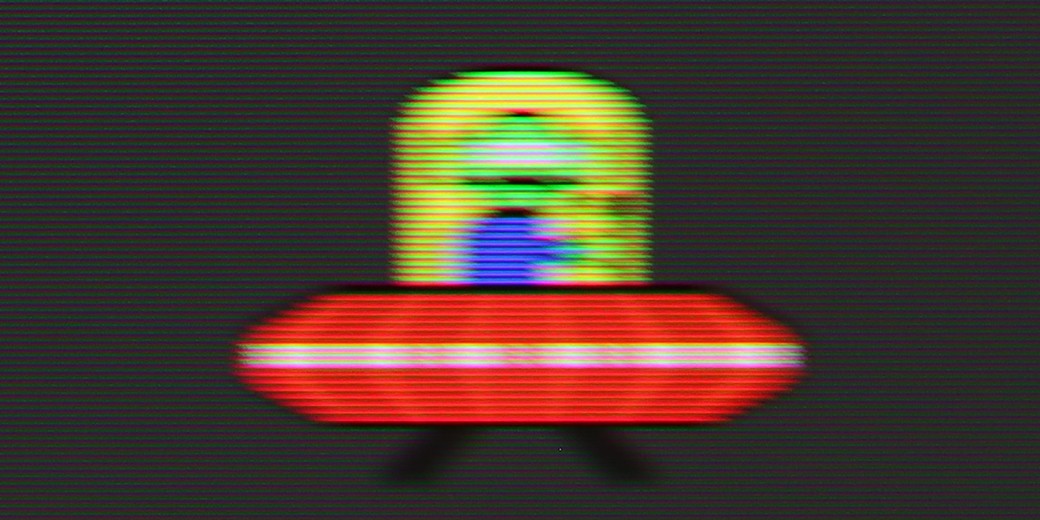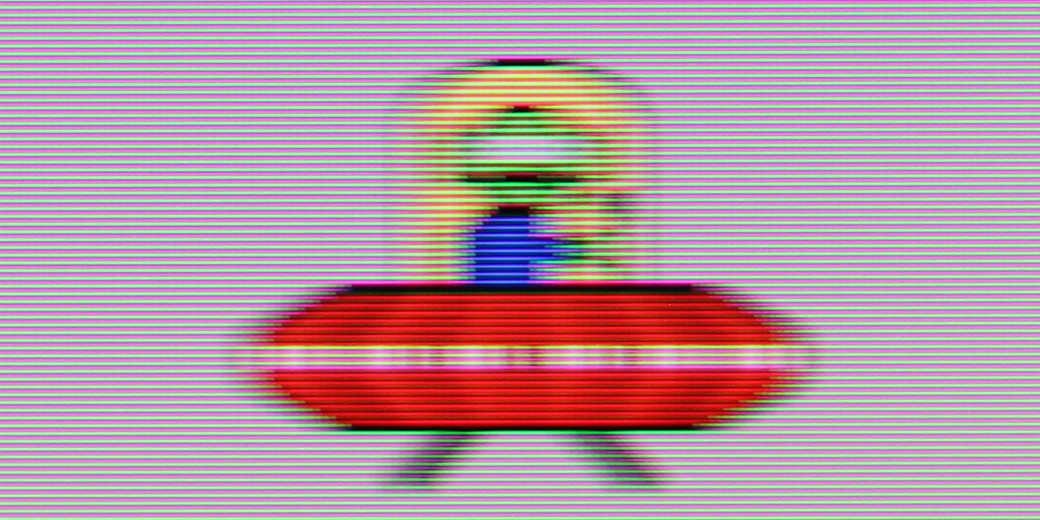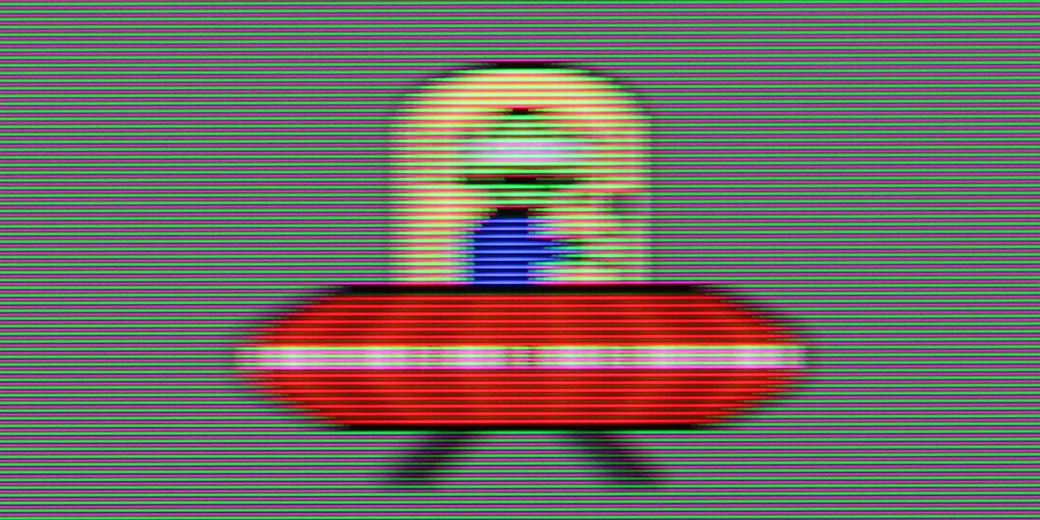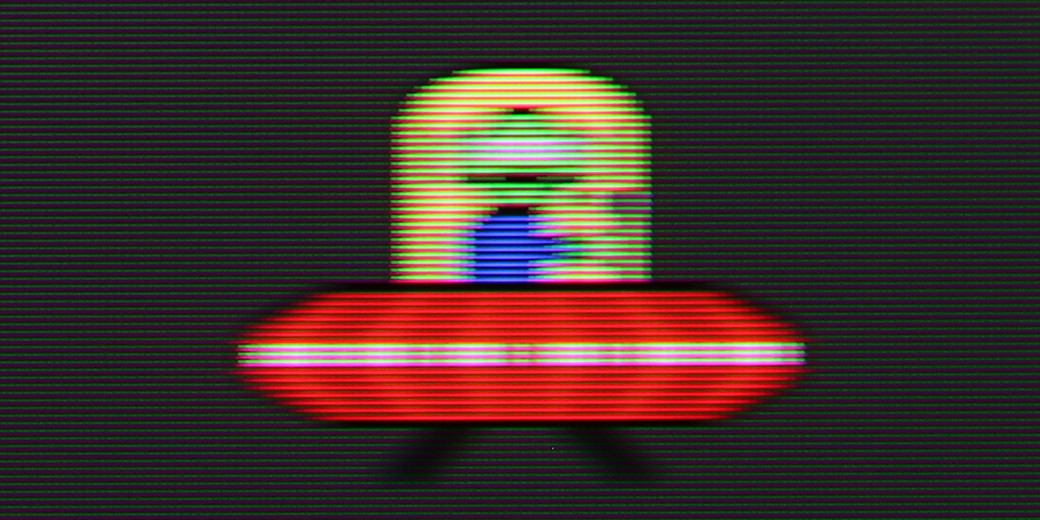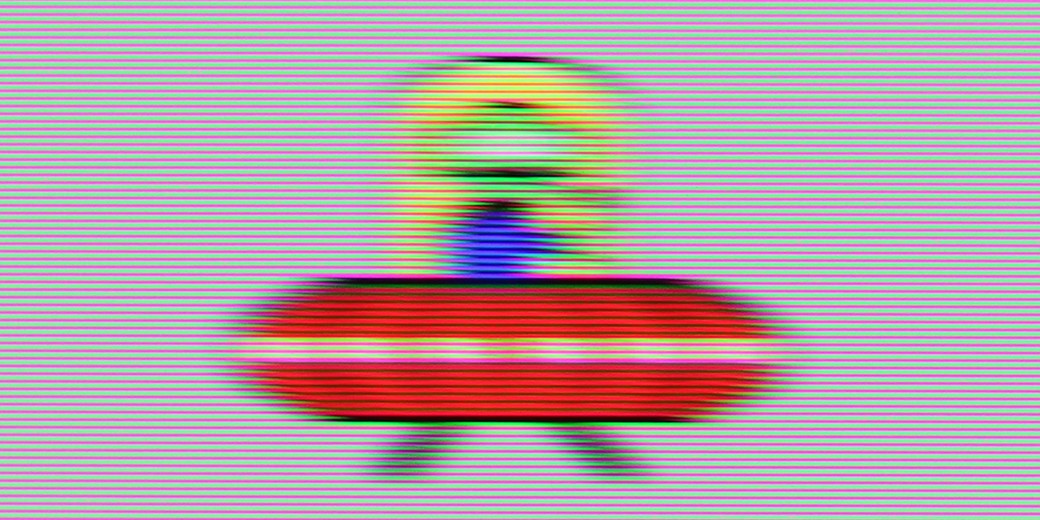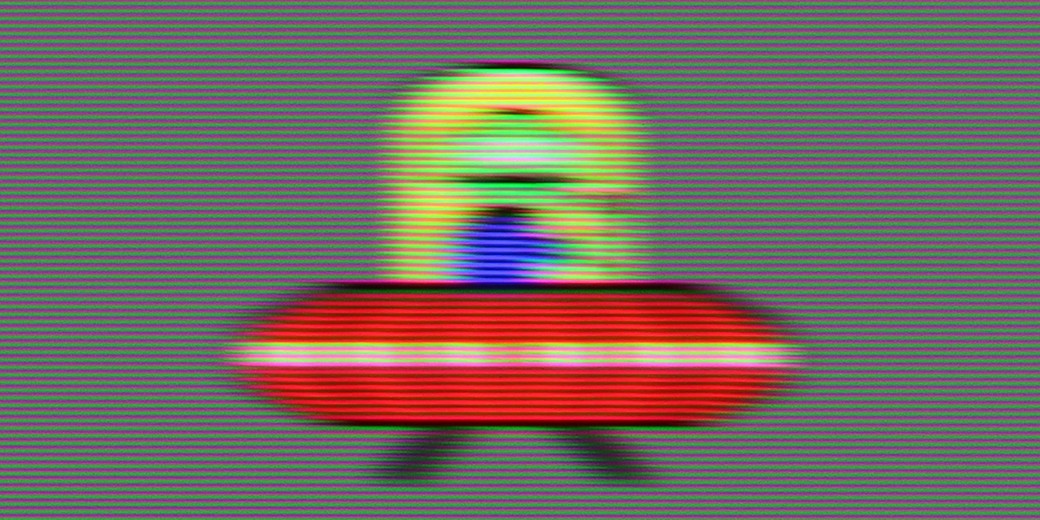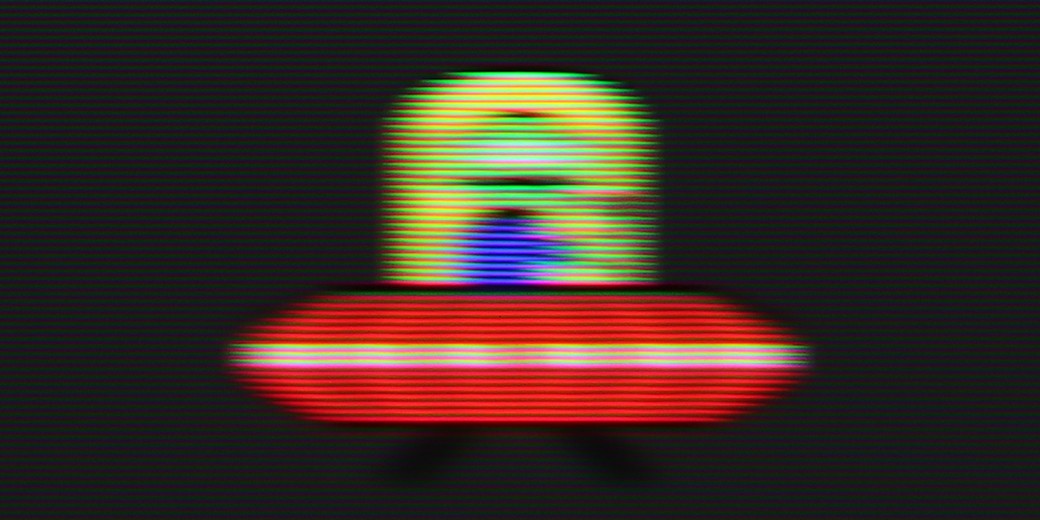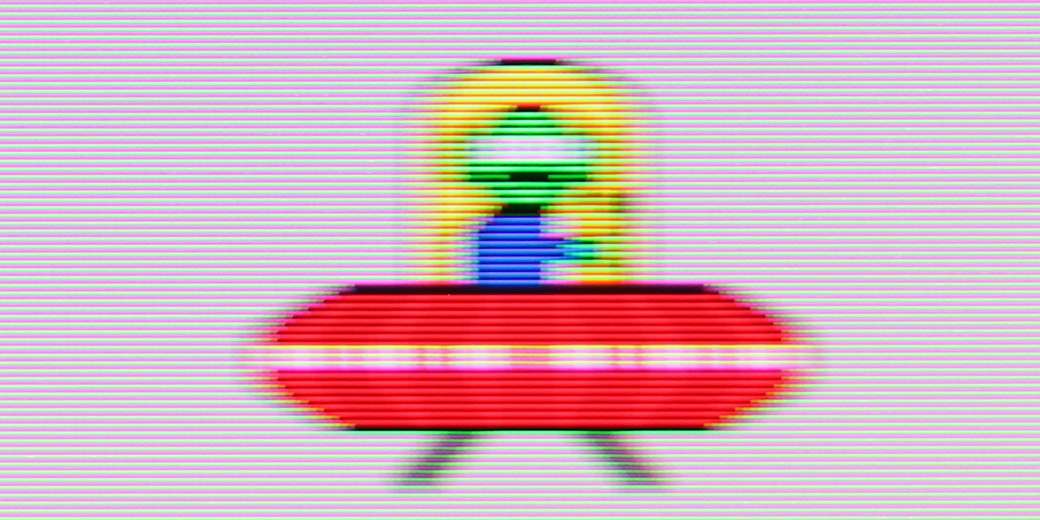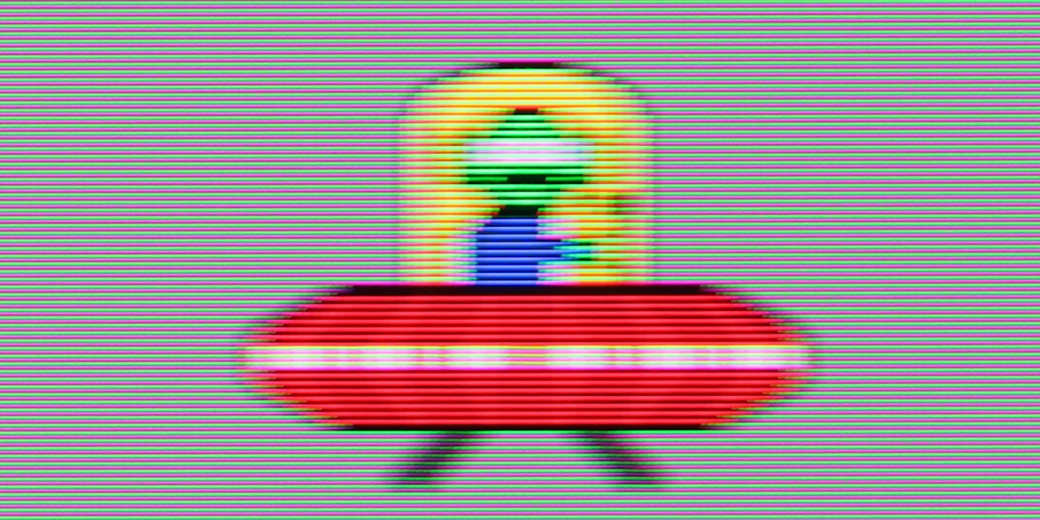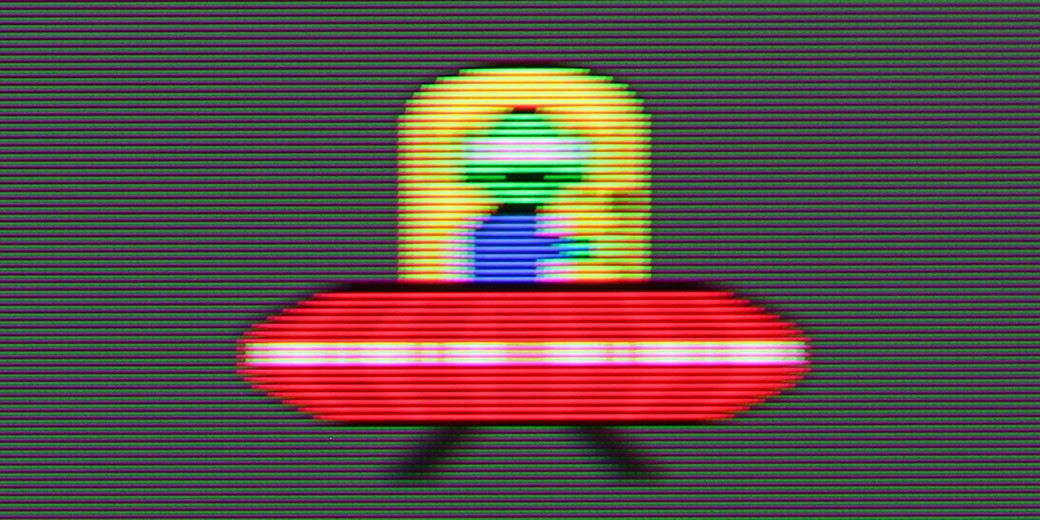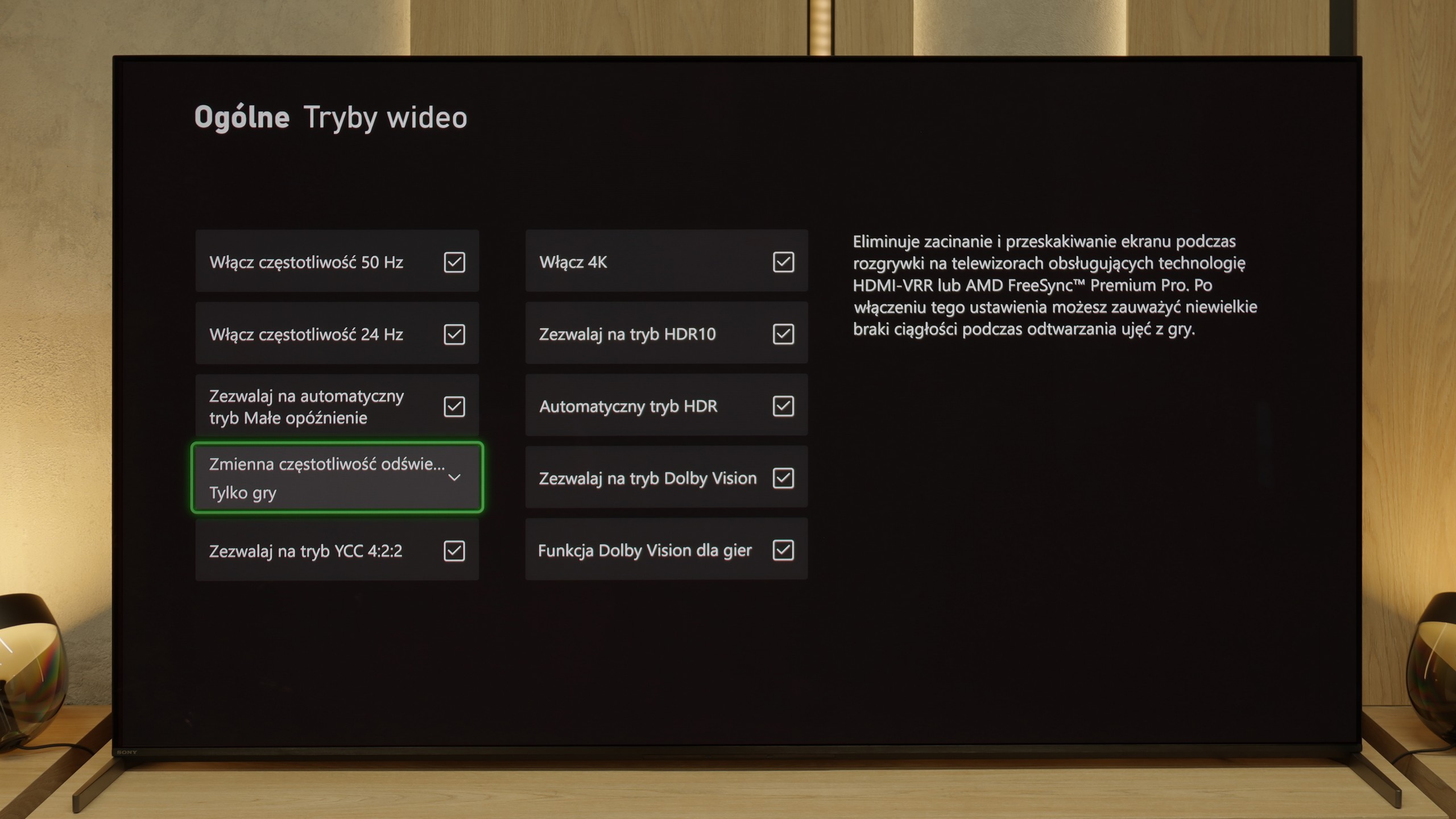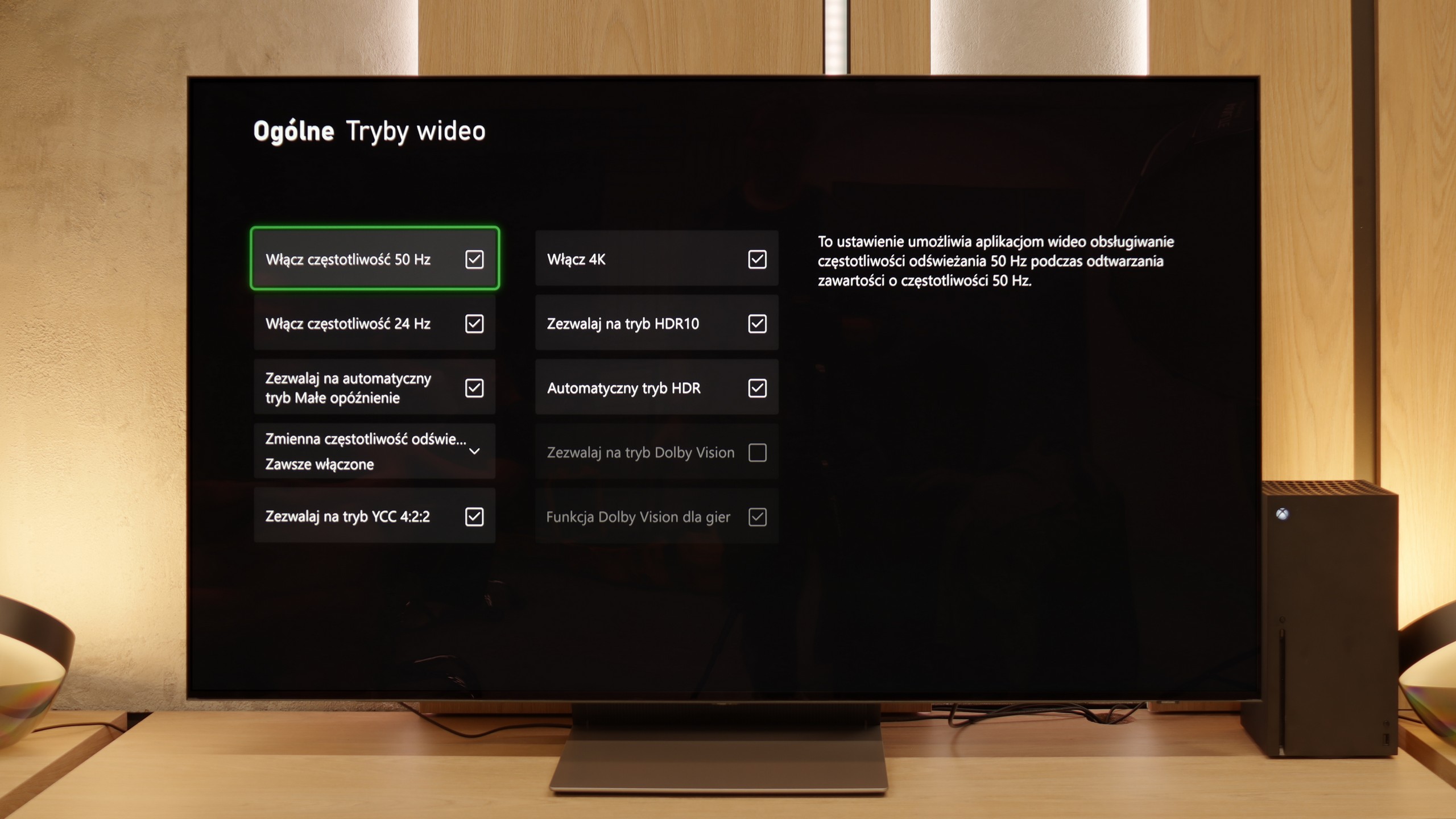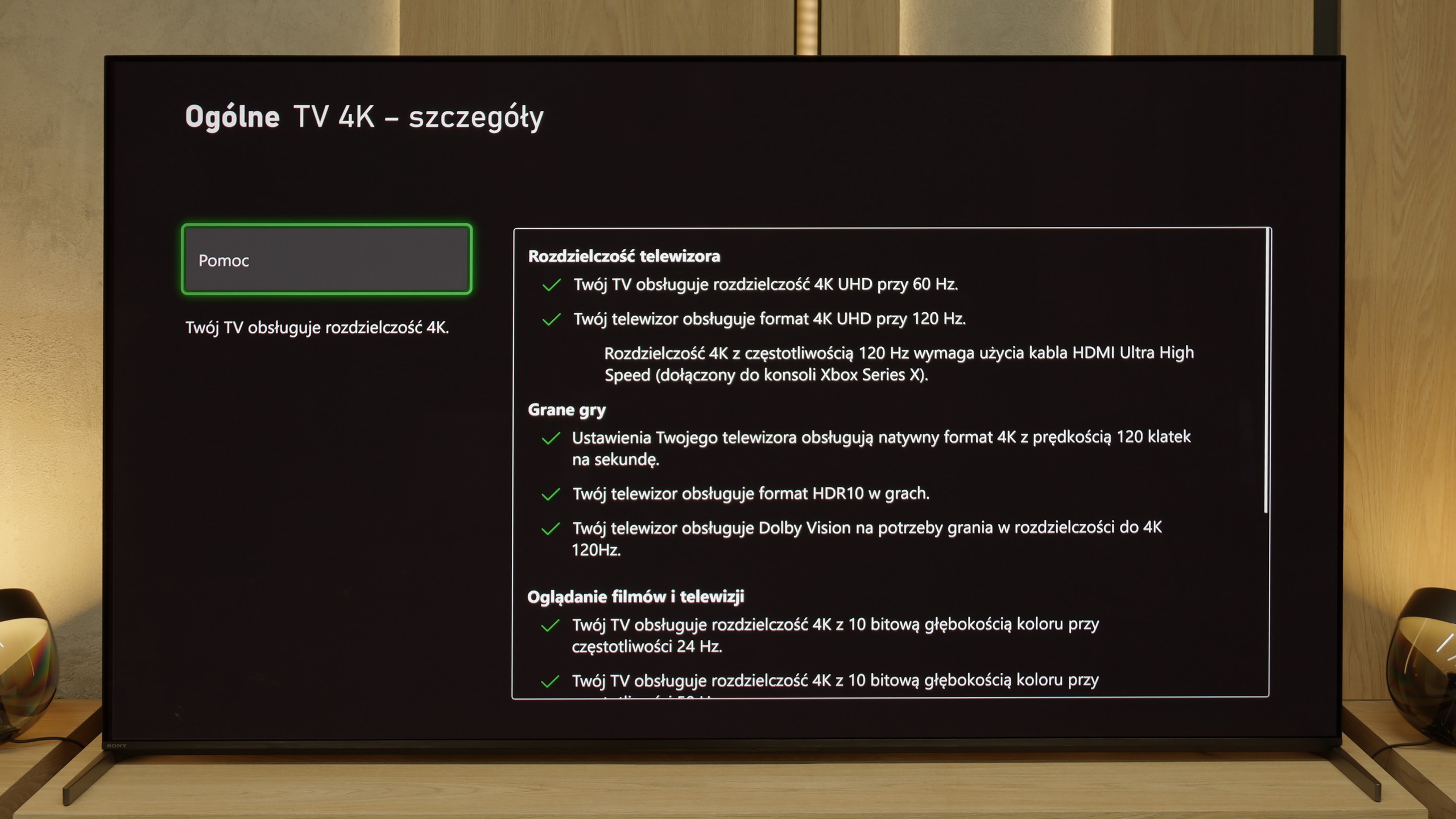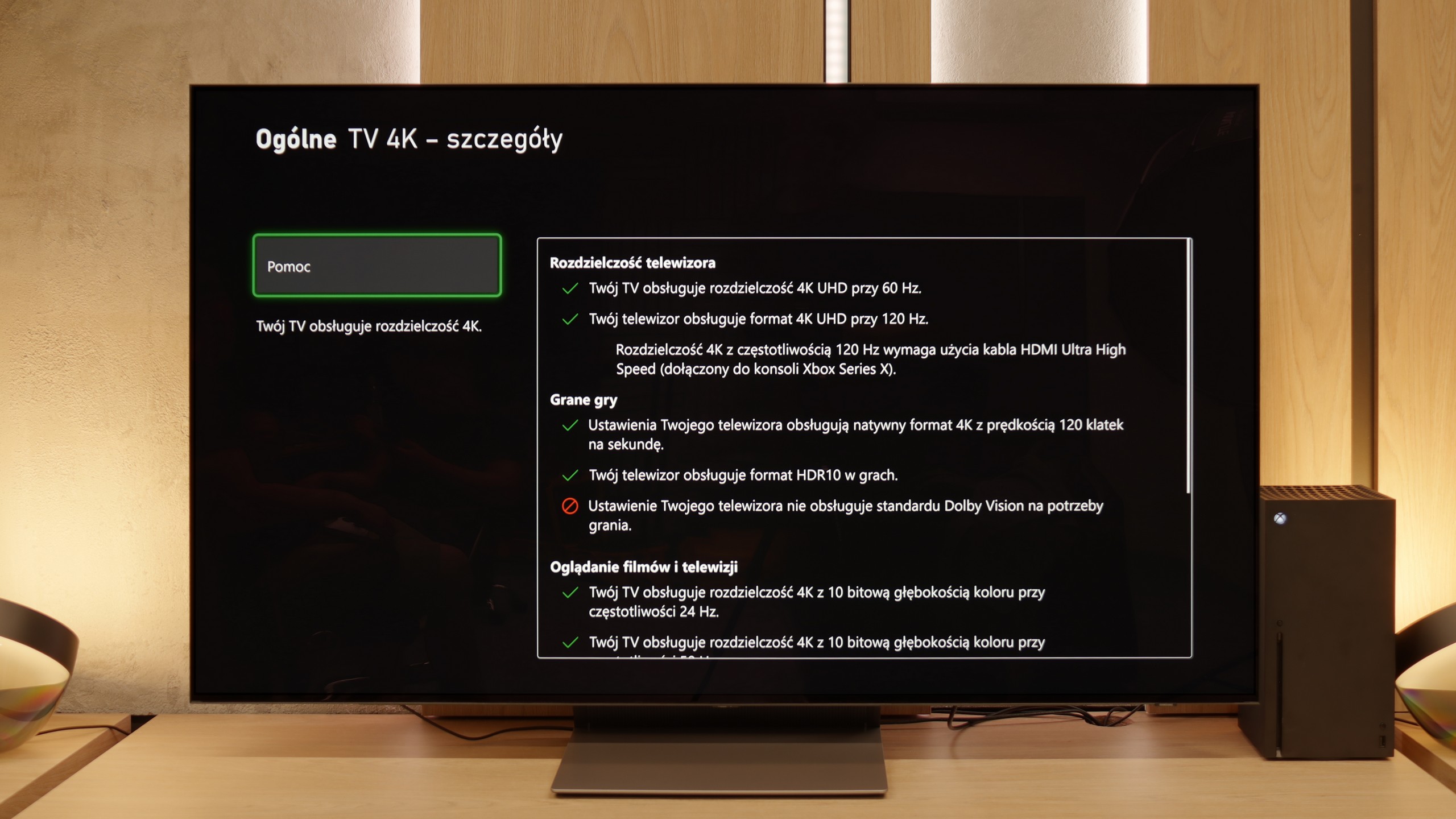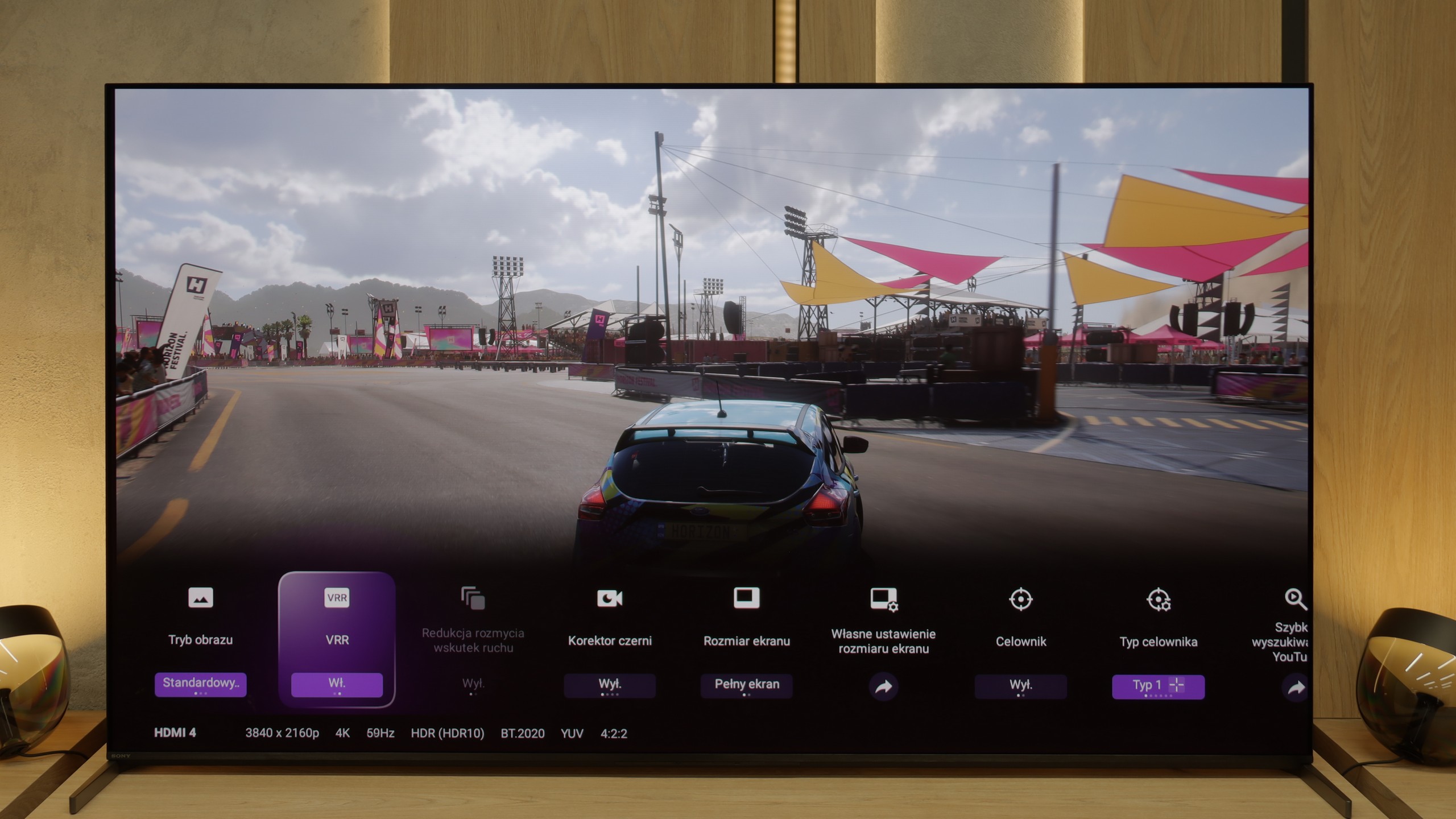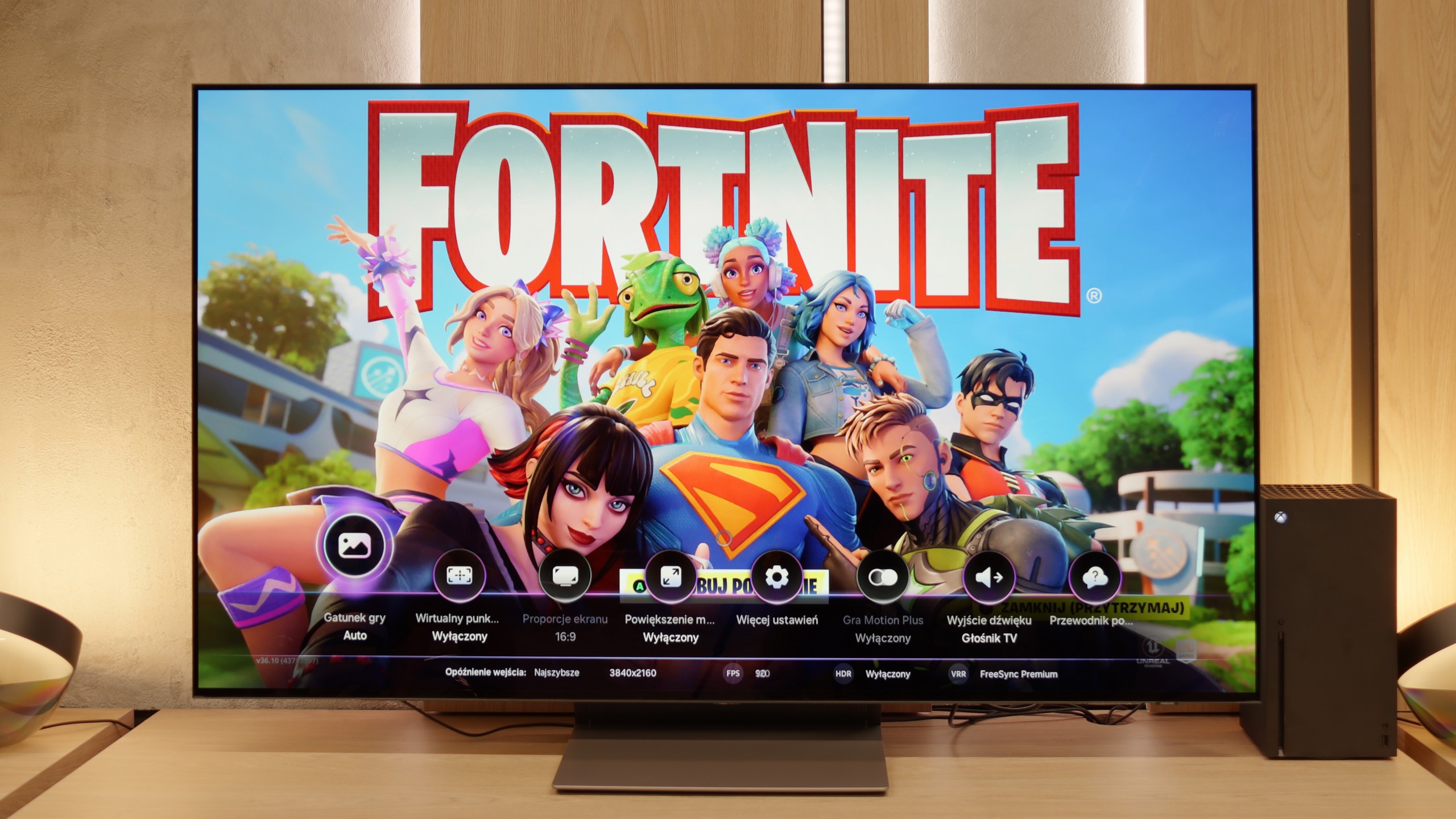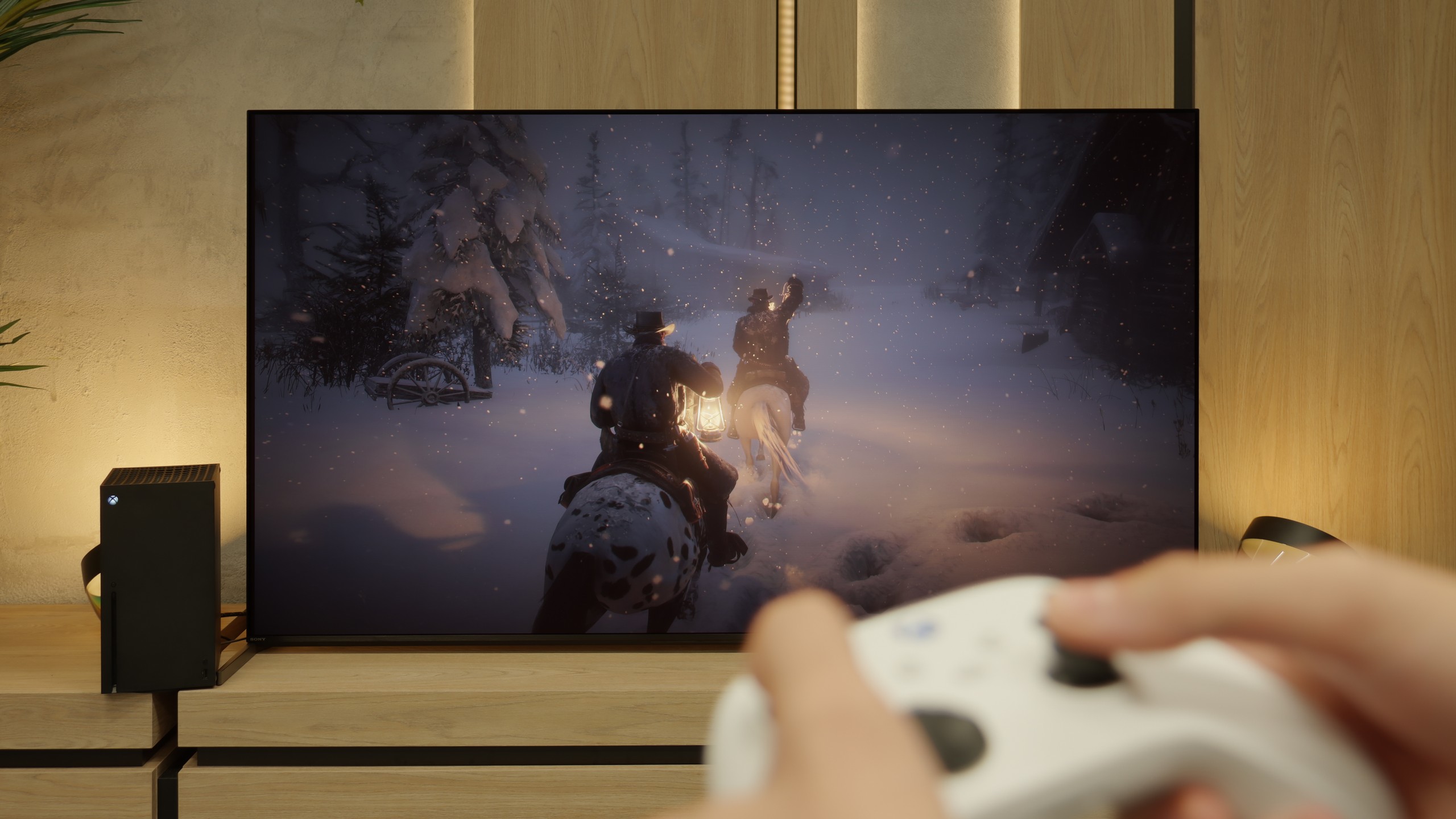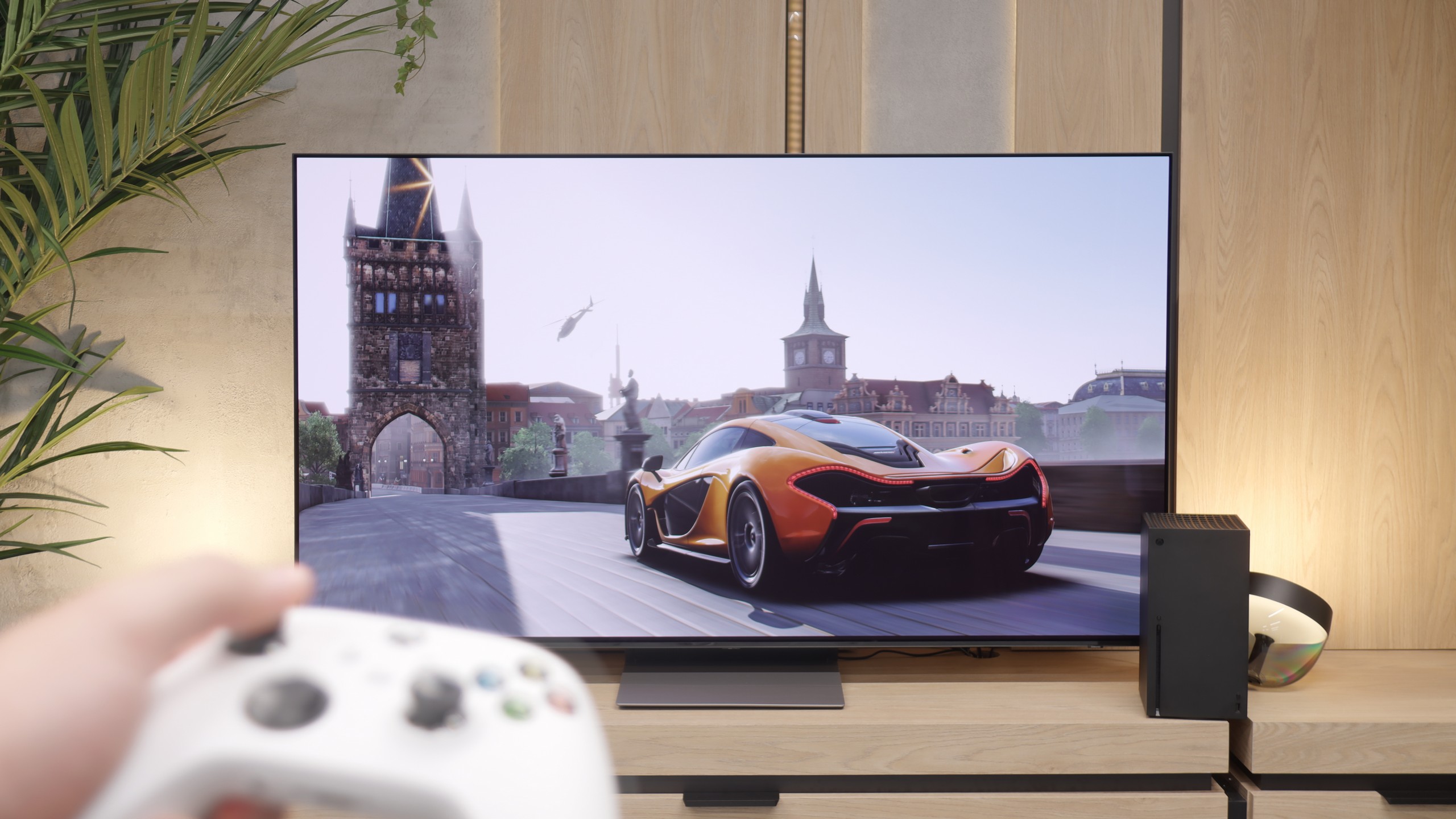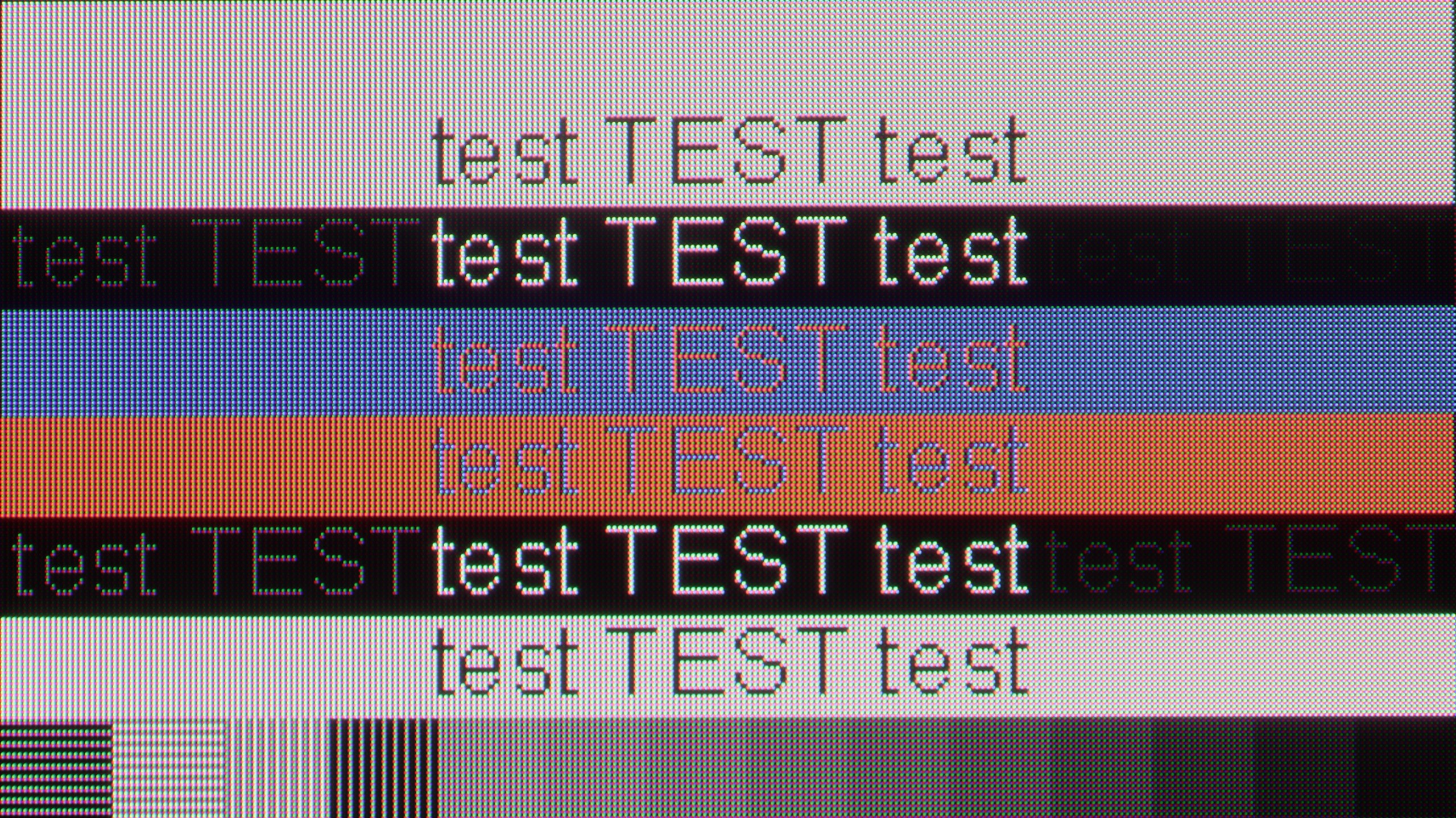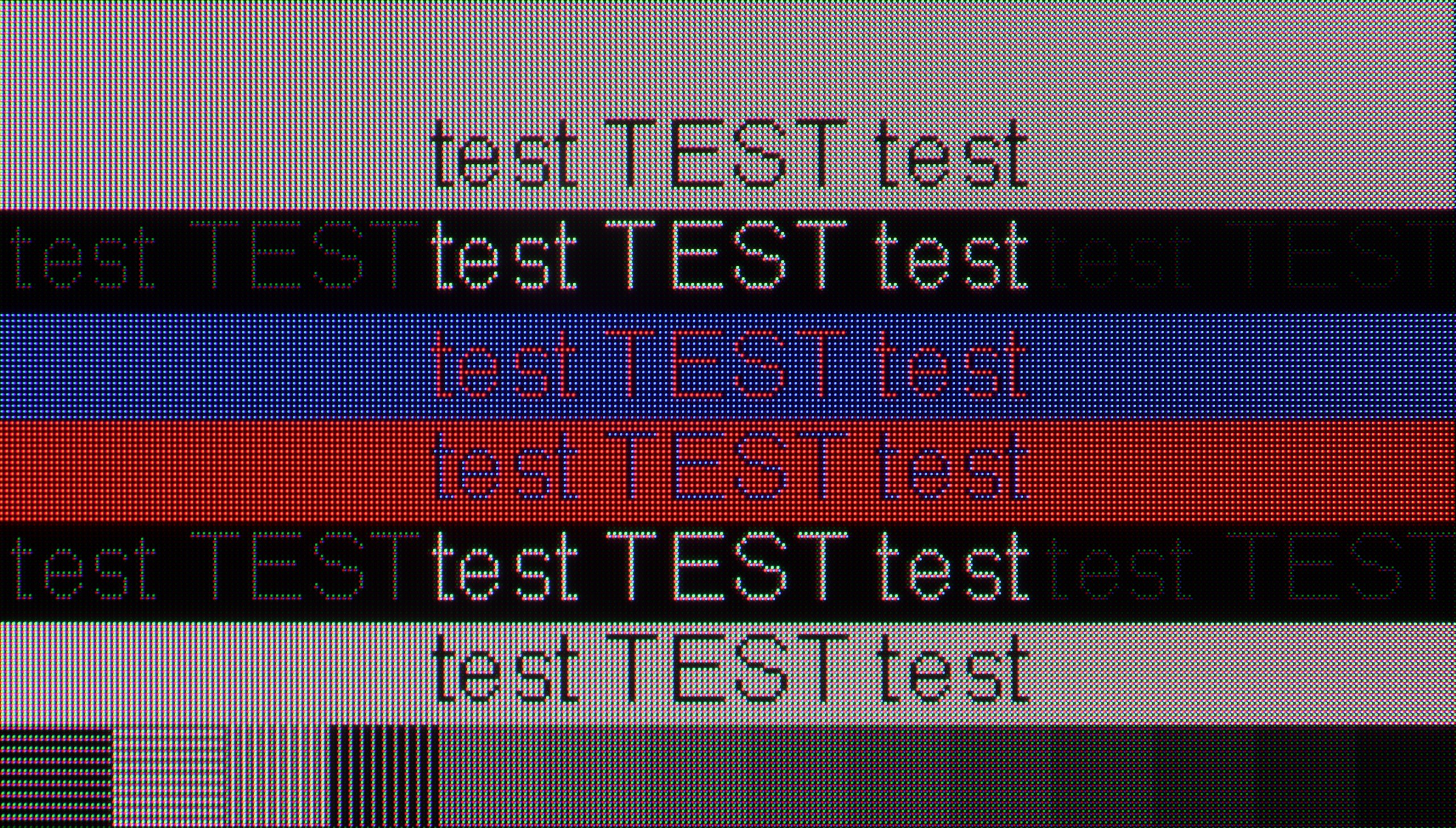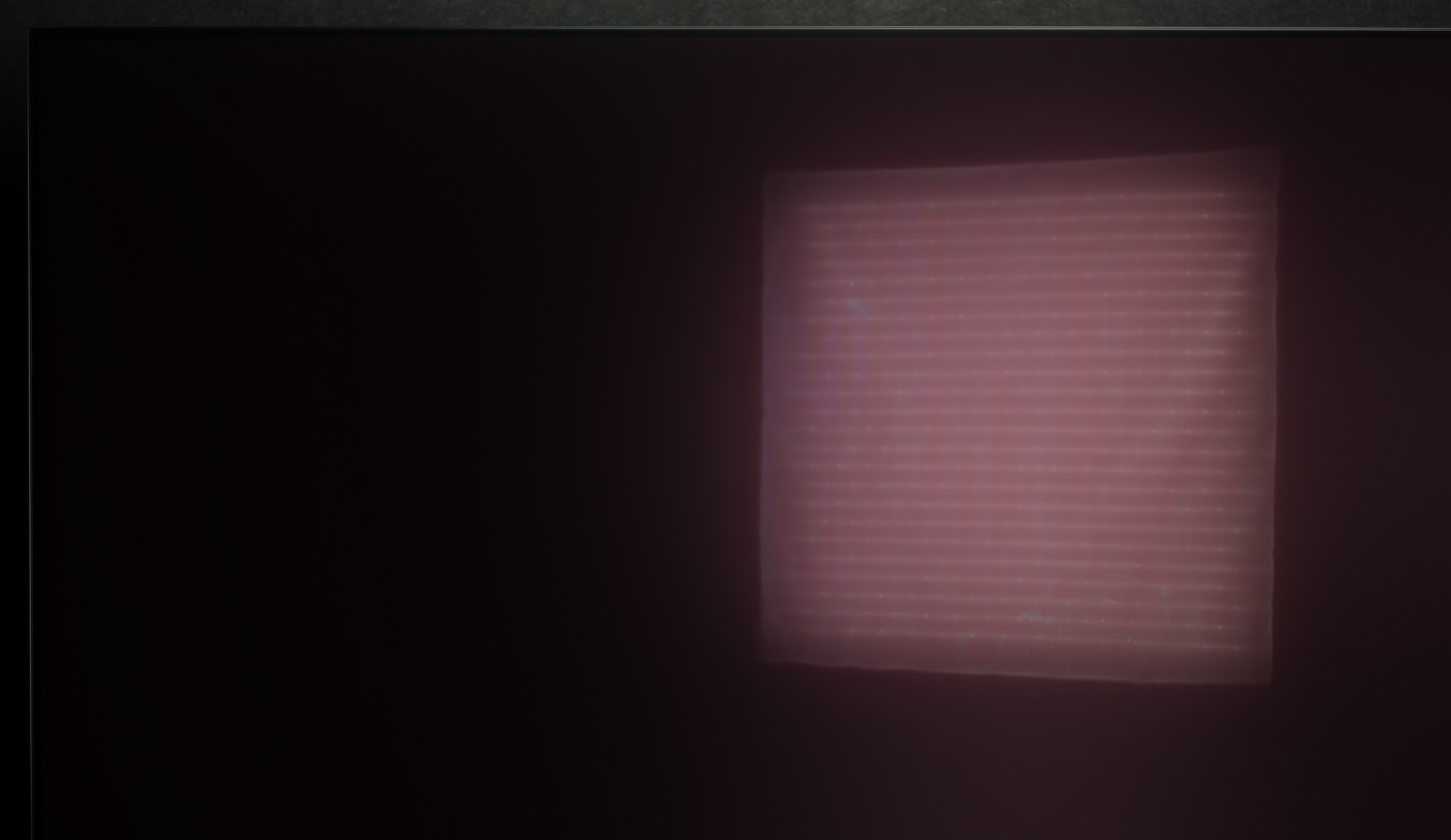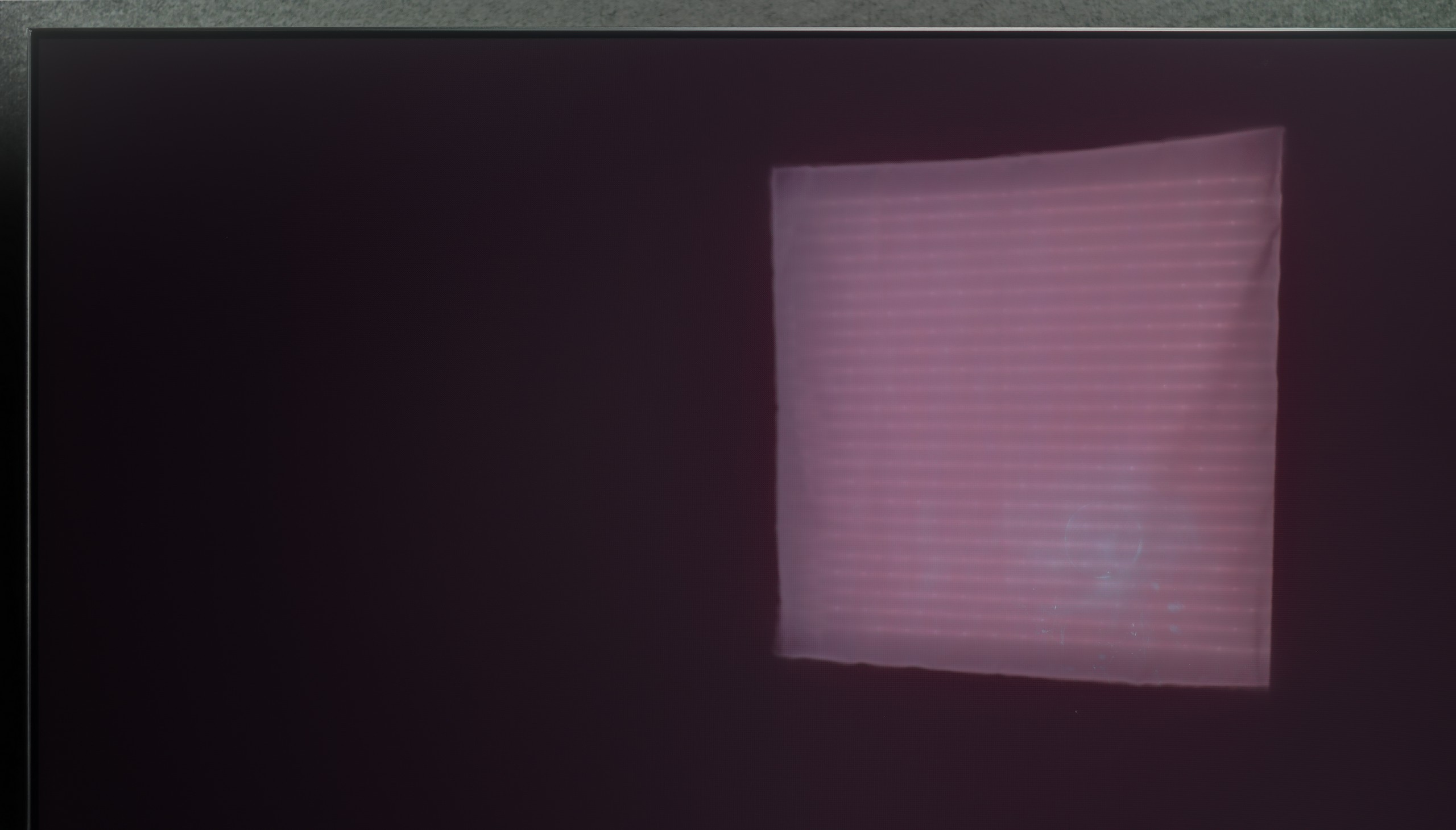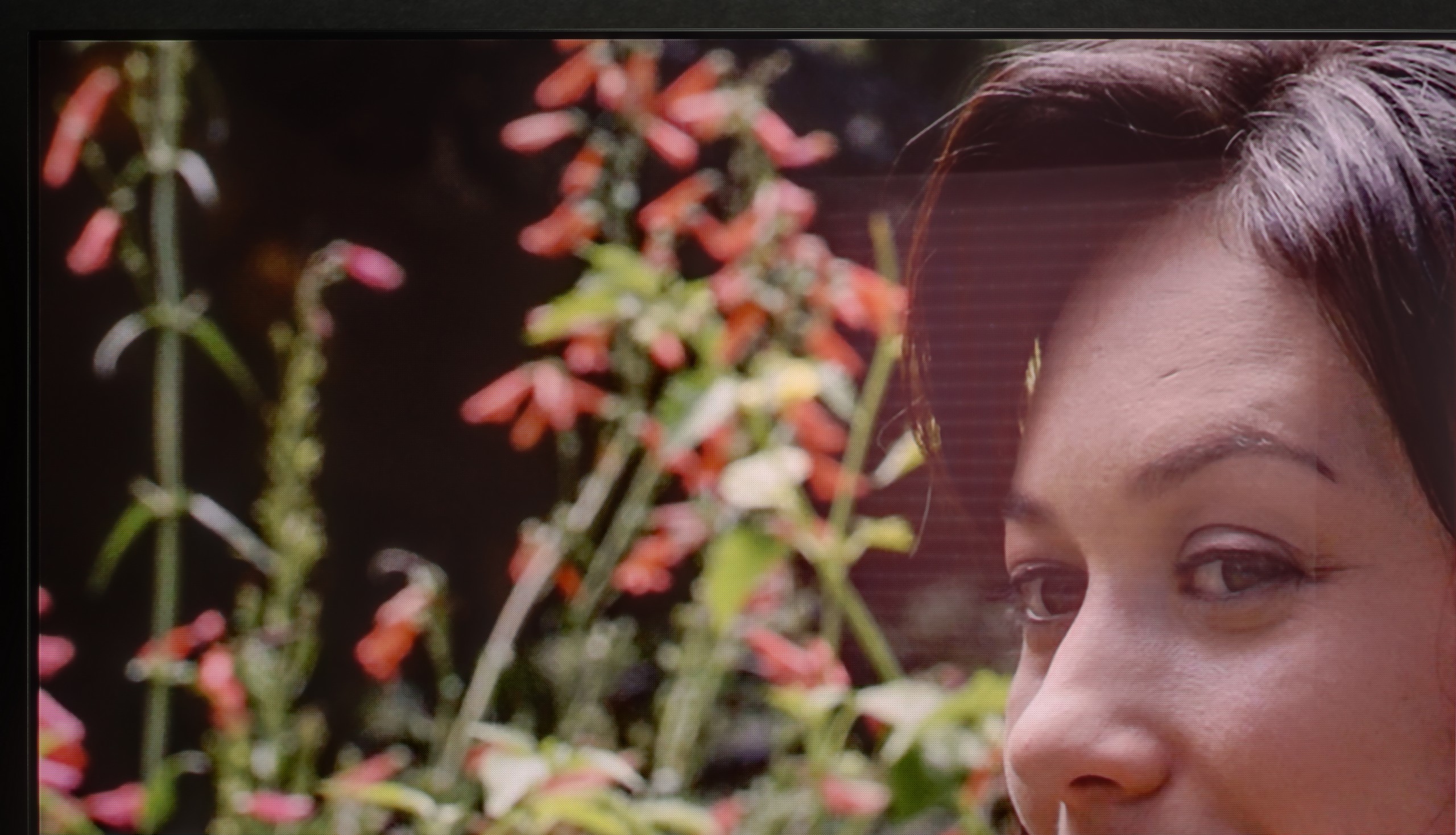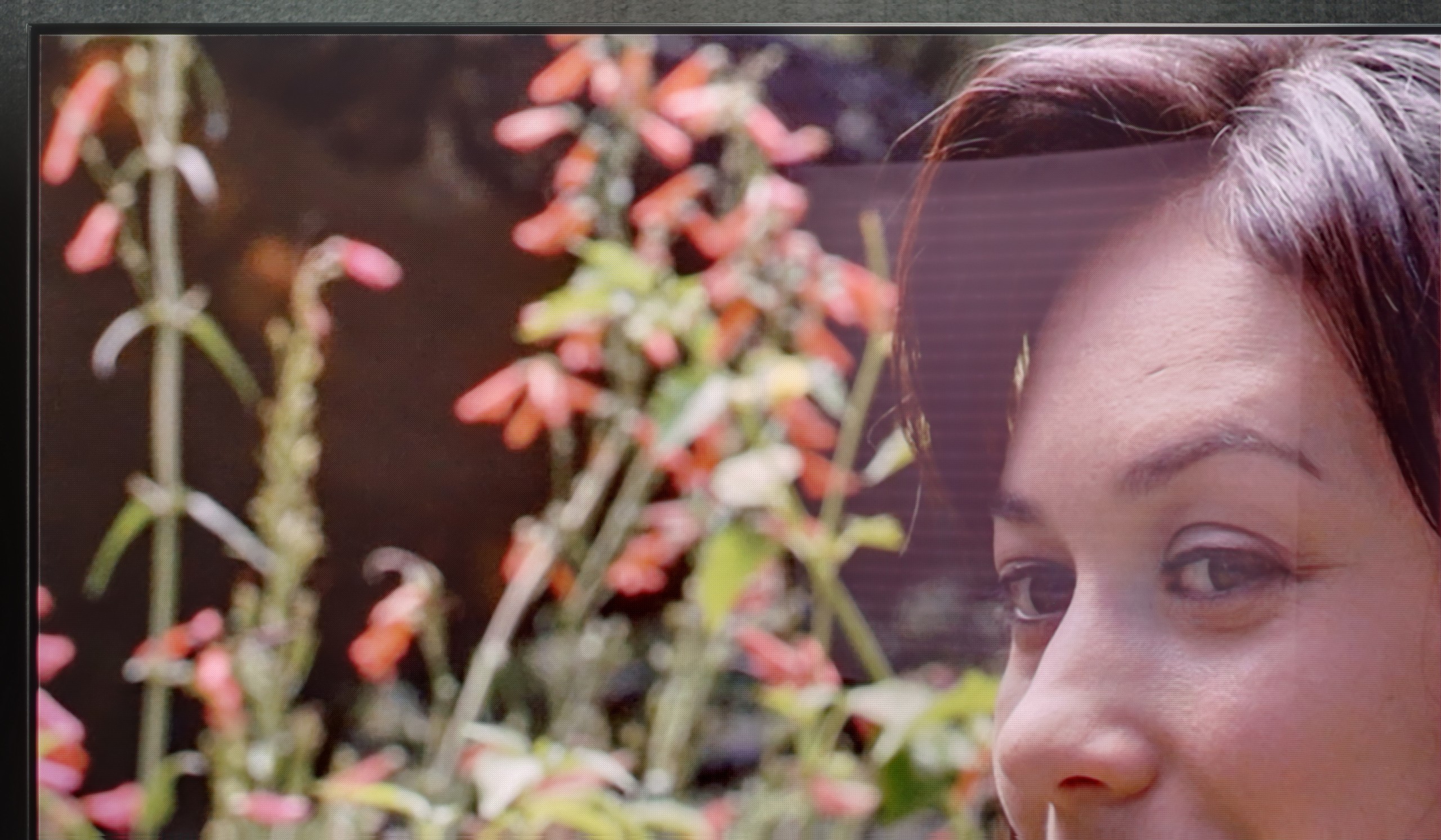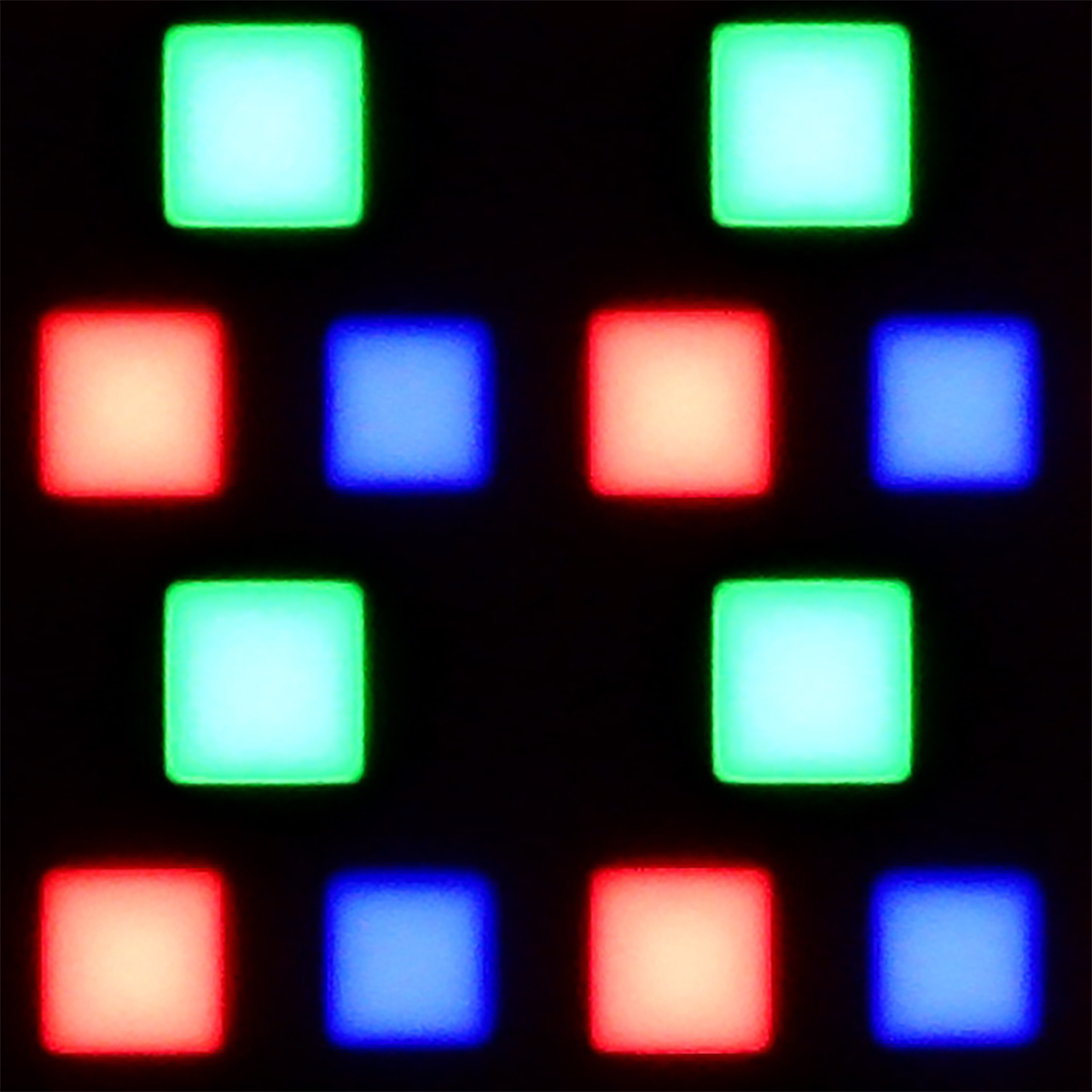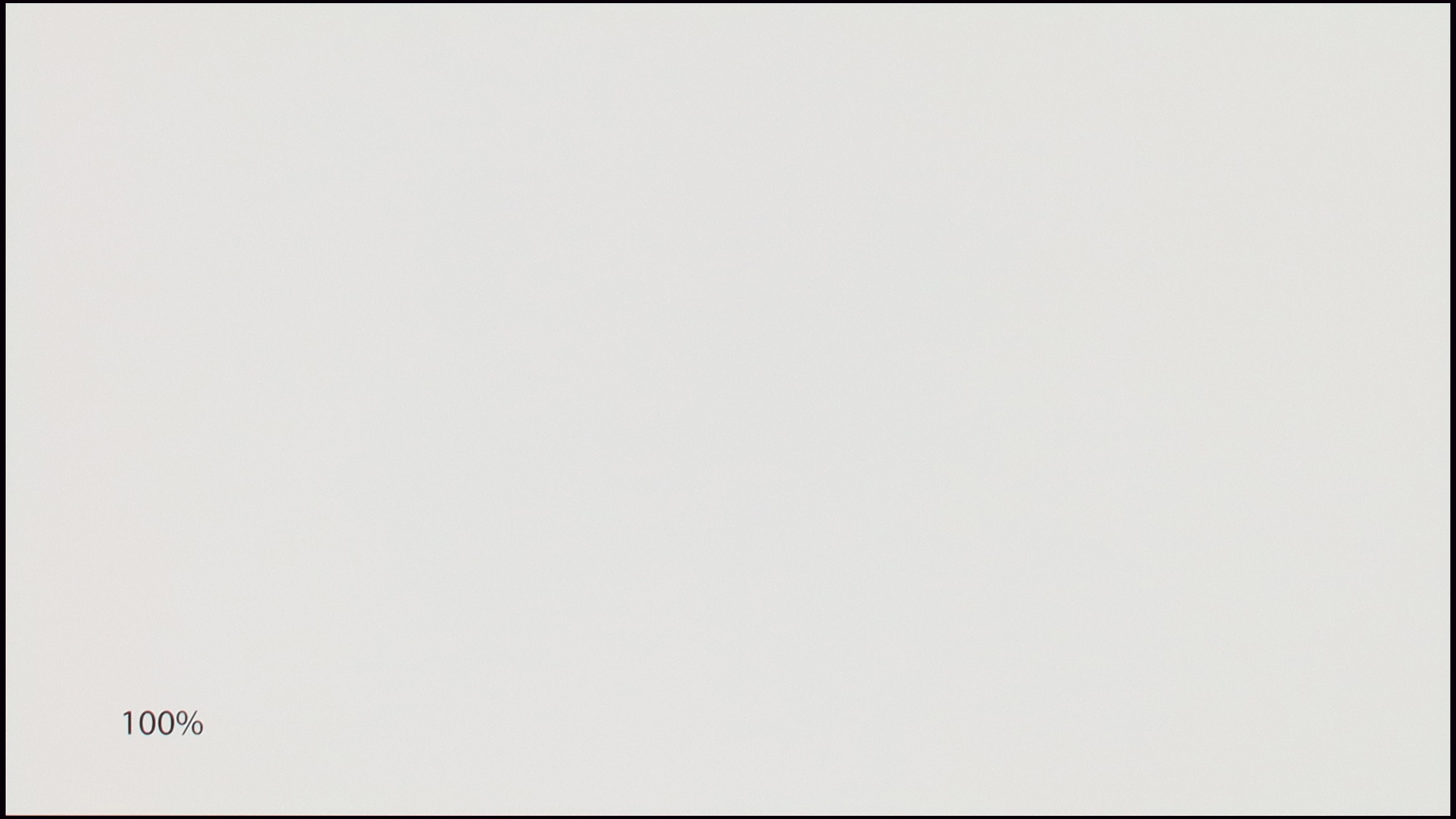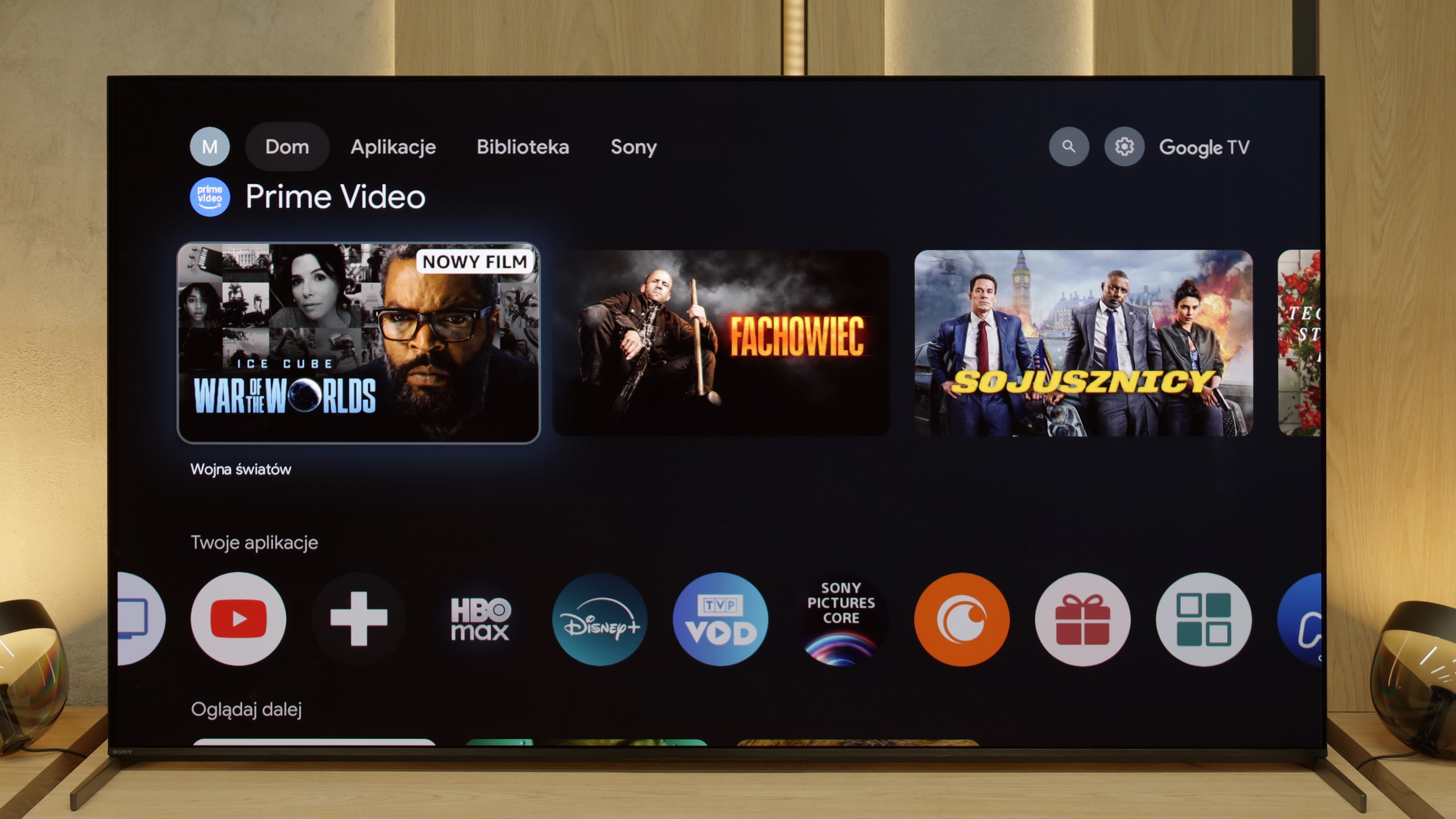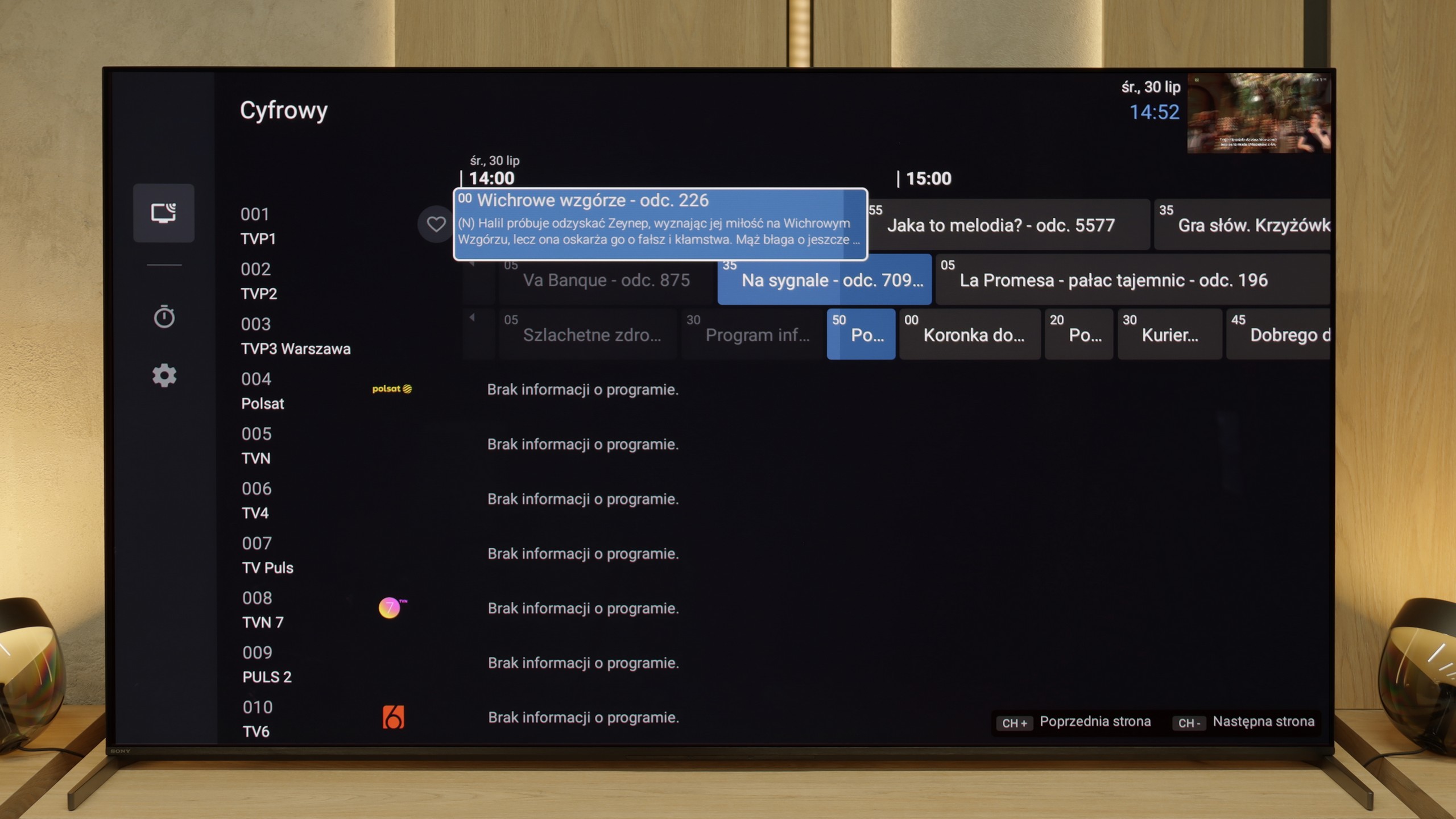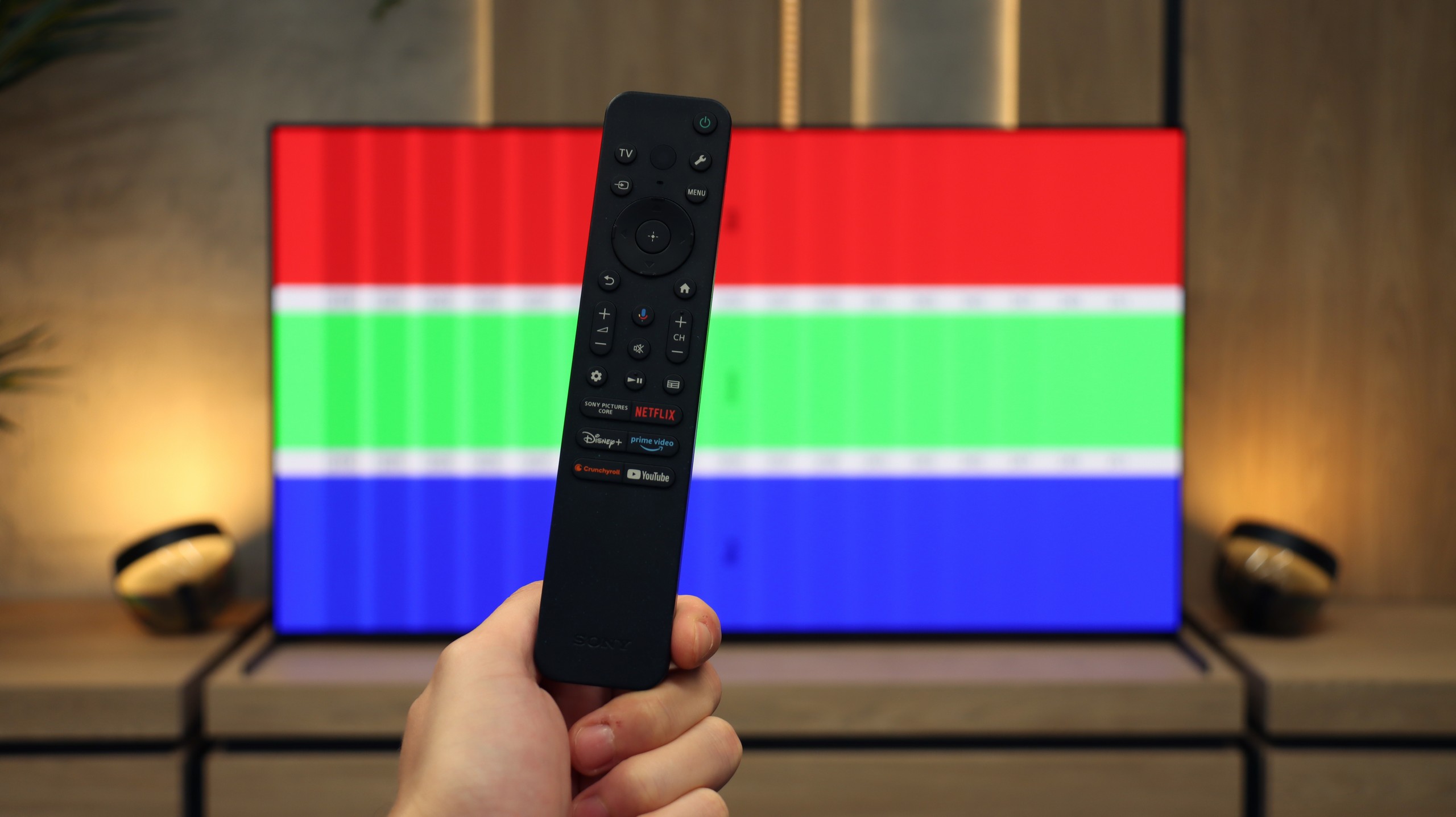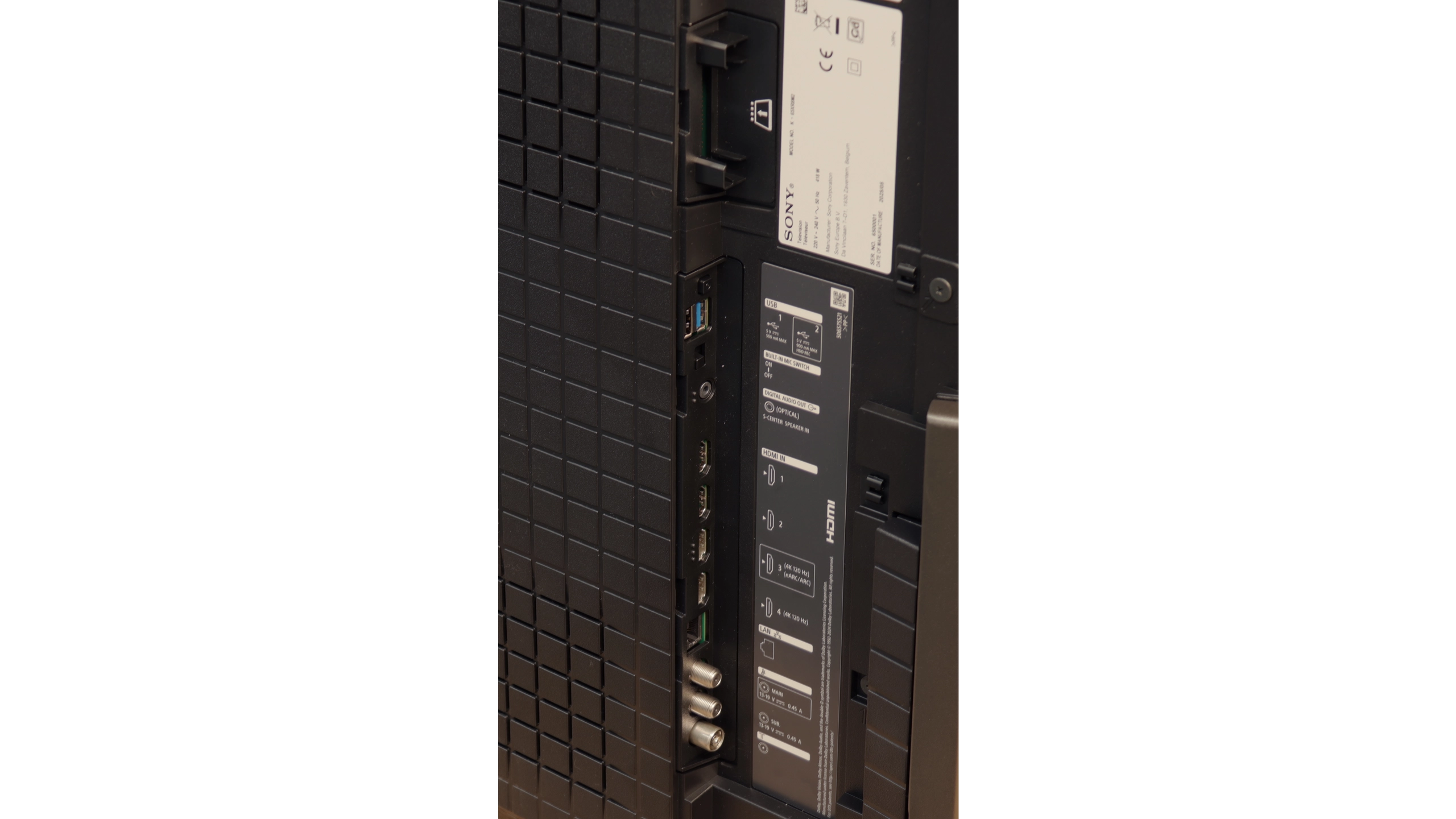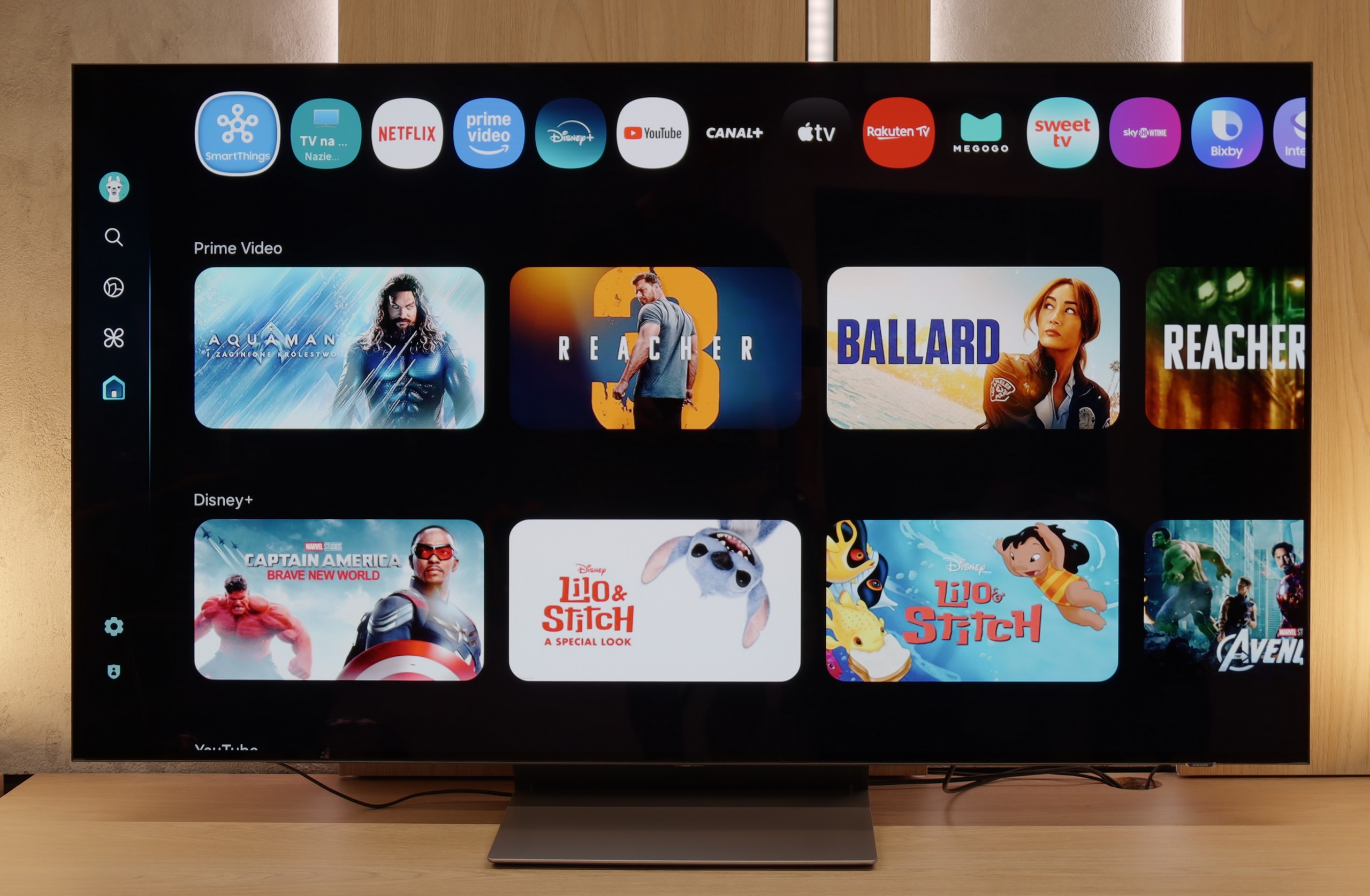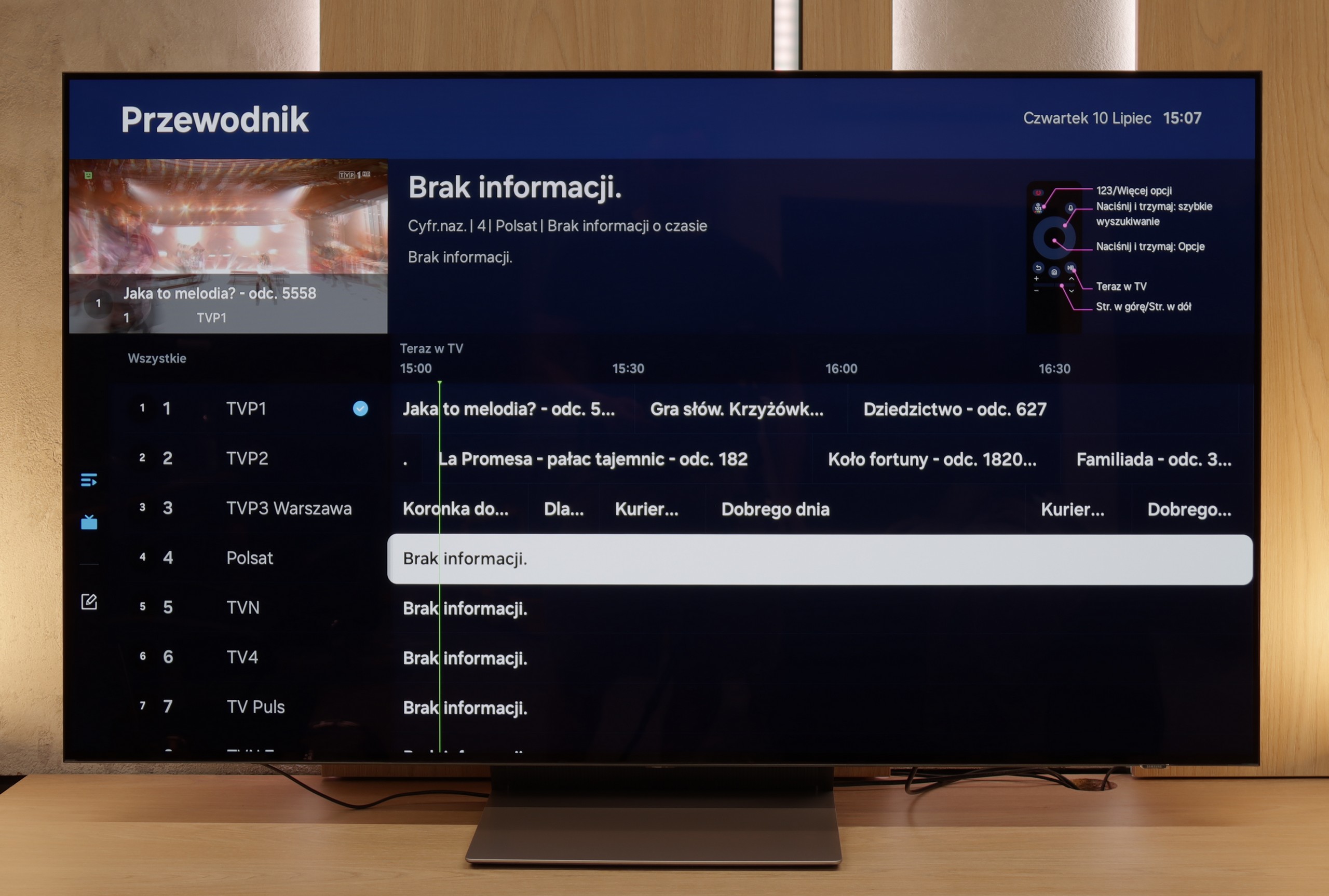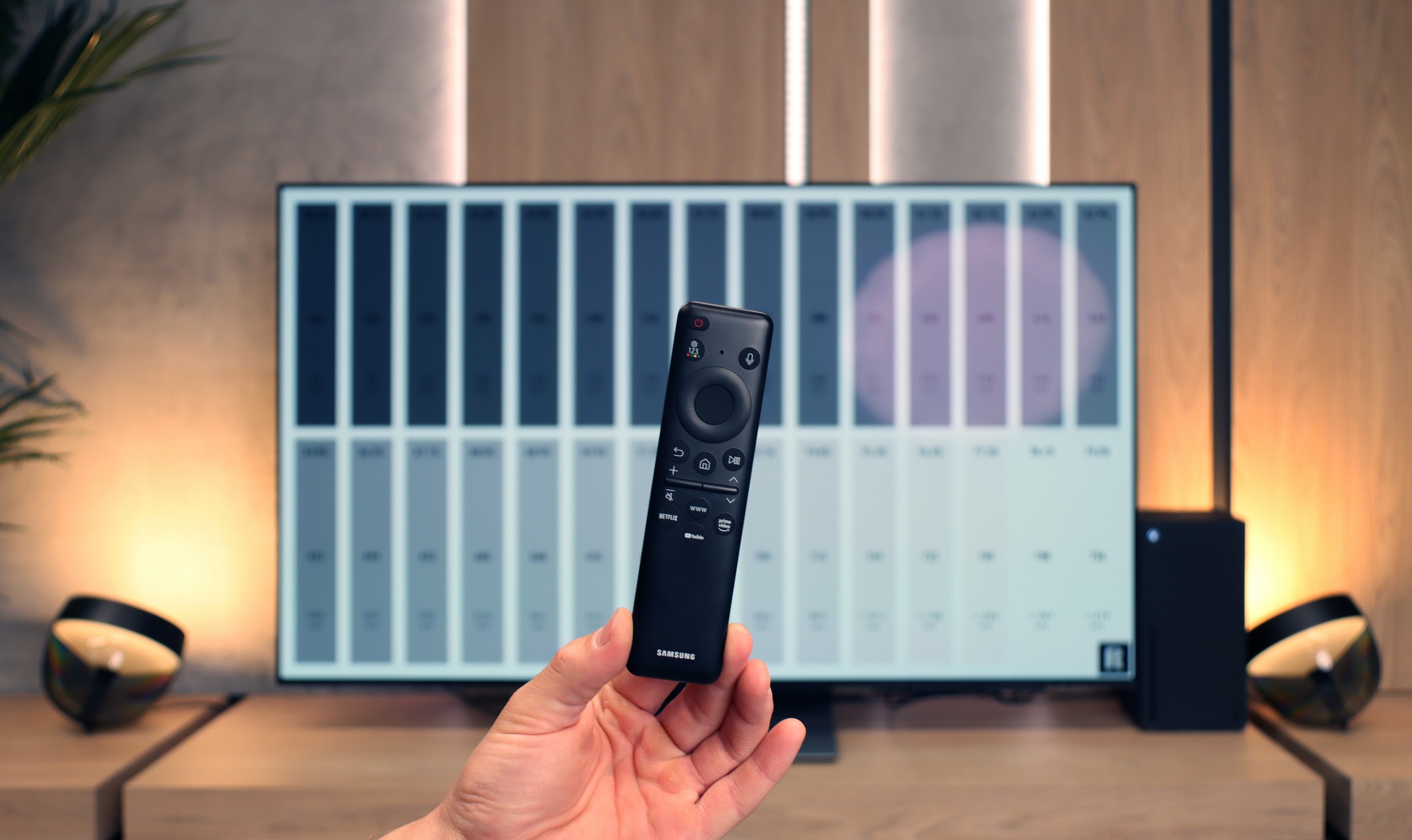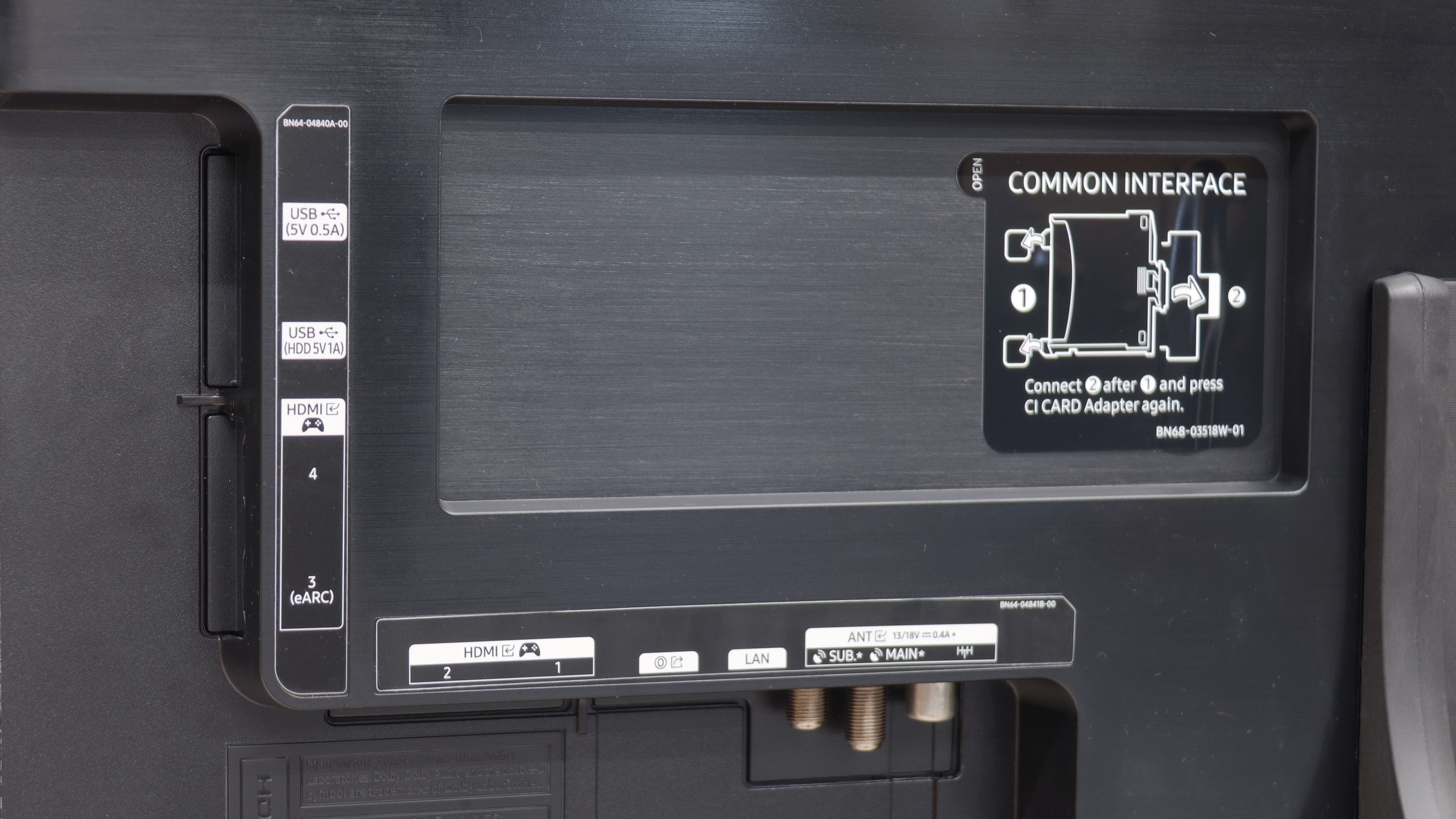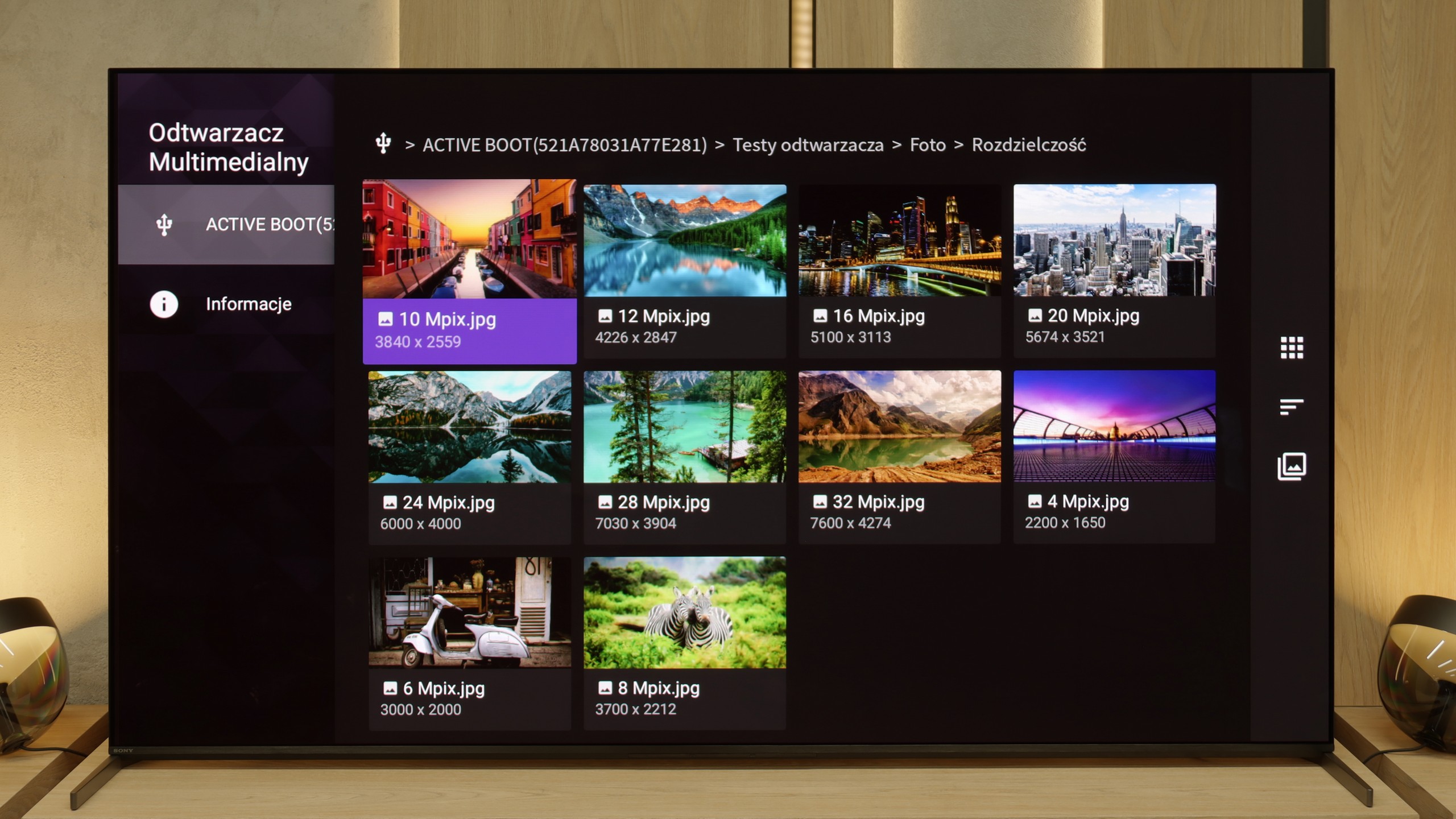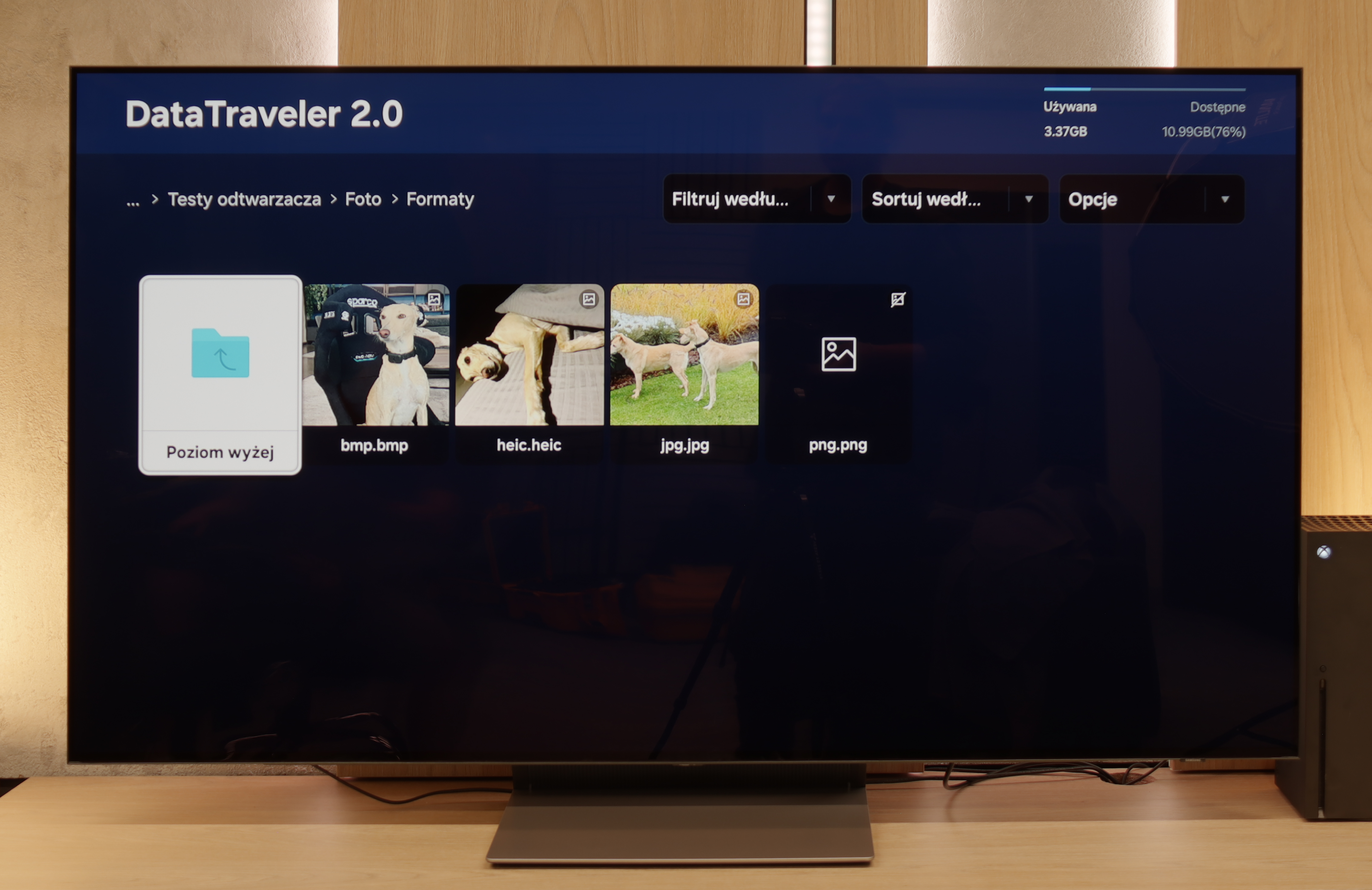Sony Bravia 8 II is undoubtedly a worthy successor to the A95L – refined, incredibly versatile, and with several noticeable improvements over its predecessor. The quality of image, sound, and overall user experience position this model among the top premium TVs of 2025. It’s a device that can enchant both movie enthusiasts and demanding gamers. Among its greatest assets is the almost perfect image, where the XR processor subtly yet effectively enhances detail and smoothness, without overdoing interference with the source material. Additionally, there’s the phenomenal Acoustic Surface sound, creating the impression that dialogues and effects come directly from the screen. Google TV operates very smoothly, offering a vast selection of apps, while extra features – like the ability to game in the cloud on PlayStation or access Bravia Core – increase the device's value. It also boasts low input lag, variable refresh rate, and full support for modern HDR formats.
Despite this, in this barrel of honey, there are a few drops of tar. The lack of refresh rates above 120 Hz, only two HDMI 2.1 ports, and average daytime performance are drawbacks that shouldn't be present in a TV of this class in 2025. Although for many these might not be deal-breaking flaws, in the super premium segment, competition is becoming increasingly strong and uncompromising. Will these shortcomings make it harder for Bravia 8 II to compete for customers' wallets? That we leave to your judgment, the market... and sales results. Regardless, Bravia 8 II is a phenomenal product that would definitely be hard to not recommend.
The 65-inch Samsung S90F is a television that demonstrates how significant a quality leap can come from the use of QD-OLED technology in a mid-range model. Among other variants, the S90F stands out as the best – it offers not only perfect black and infinite contrast like other models with WOLED panels but also noticeably higher brightness and a wider color gamut. This translates into more impressive HDR, deeper colors, and smoother tonal transitions, which are impressive both in cinematic productions and in gaming or sports. In everyday use, this television is incredibly versatile: it easily fits the role of an entertainment center in the living room, a large monitor for PC gamers, or simply a screen for evening movie sessions. The Tizen system operates swiftly, offers a wide selection of apps, and integrates with SmartThings, which will please those who like to have their smart home under control. Gamers have access to a full range of modern features: four full-fledged HDMI 2.1 ports, VRR, ALLM, Game Bar with additional enhancements, and, most importantly, remarkably low input lag. Additionally, the characteristic pixel response speed of OLEDs makes sports and games look simply stunning. The S90F also holds its own in terms of design: slim bezels, aesthetic finishes, and a panel that resembles a sheet of glass do their part. The only notable limitation to keep in mind is the preservation of black levels in the QD-OLED panel under very difficult, heavily sunlit conditions. In such situations, it can slightly "heat up," resembling the color of dark cherry rather than perfect black. But in the evening, when most of us sit down to watch movies or series – the problem disappears completely. And then the S90F shows its full potential, delivering an image that can easily be compared to televisions twice its price. That’s why the 65-inch Samsung S90F can be called the most cost-effective OLED of 2025. It’s a model that combines remarkable picture quality, versatility, and an affordable price in the mid-premium segment. If you’re looking for a television that excels in movies, games, sports, and everyday viewing, while not wanting to spend a fortune on absolute flagship models – it’s hard to find a better choice today.
